German Indian is a mixed-media installation dealing with authorship, originality, exotism and authenticity using methods of appropriation. Redrawings, rephotographs and artifacts are displayed like in an ethnographical or anthropological museum.
German Indian deals with a widespread German phenomenon called Hobbyism or Indianism. It flourished rapidly since the early 20th century following the legacy of the German writer Karl May (1842 -1912). Hobbyism continued to exist in both Germanys (former GDR and West Germany) until today. In more than 200 clubs all over Germany, members gather to study and imitate everything ‘Indian’. The work follows the motives, desires, and investments of Hobbyists in their search of their‘Indian’ authenticity. Hobbyists emulate the Native American culture, by home-madecrafting of museum-quality replicas of clothing, weapons or other artefacts, or by re-enacting ritual dances, music and customs.
Besides a romantic quest for an alternative pre-modern way of life, the Hobbyist’s notion of the ‘Indian’ is often an ambiguous, and twisted expression of an assumed spiritual kinship between the Native American and Germany's history.
In German Indian and other recent work, Pohle takes on the strategy that lies at the heart of all this: impersonation, or substitution. Acts of taking on another identity, and in the process questioning identity formation itself, produces a risk-laden, differential circuitry that bypasses the quantum flow of blood. Pohle’s practice is built on occasionally subtle, sometimes violent, and often unreflective activations of impersonation as well as its technical and performative operation and unpredictable outcomes, coming momentarily to rest in the liminal space between taking on and taking over. Much of Pohle’s work addresses impersonation as a literal or metaphorical skin changing (in emulation or envy) or the use of adopted regalia to “step into” somebody else’s skin, as with his projects on celebrity impersonators….. In addition to his interest in the loaded symbolism of skin color and its arbitration by questions of race, power, exoticism, and fantasy, Pohle has also considered the skin “as a form of archive, as a repository of time and memory." (excerpt ‘Bloodbrothers” by John C. Welchman)
For further readings Blood Brothers by John C. Welchman
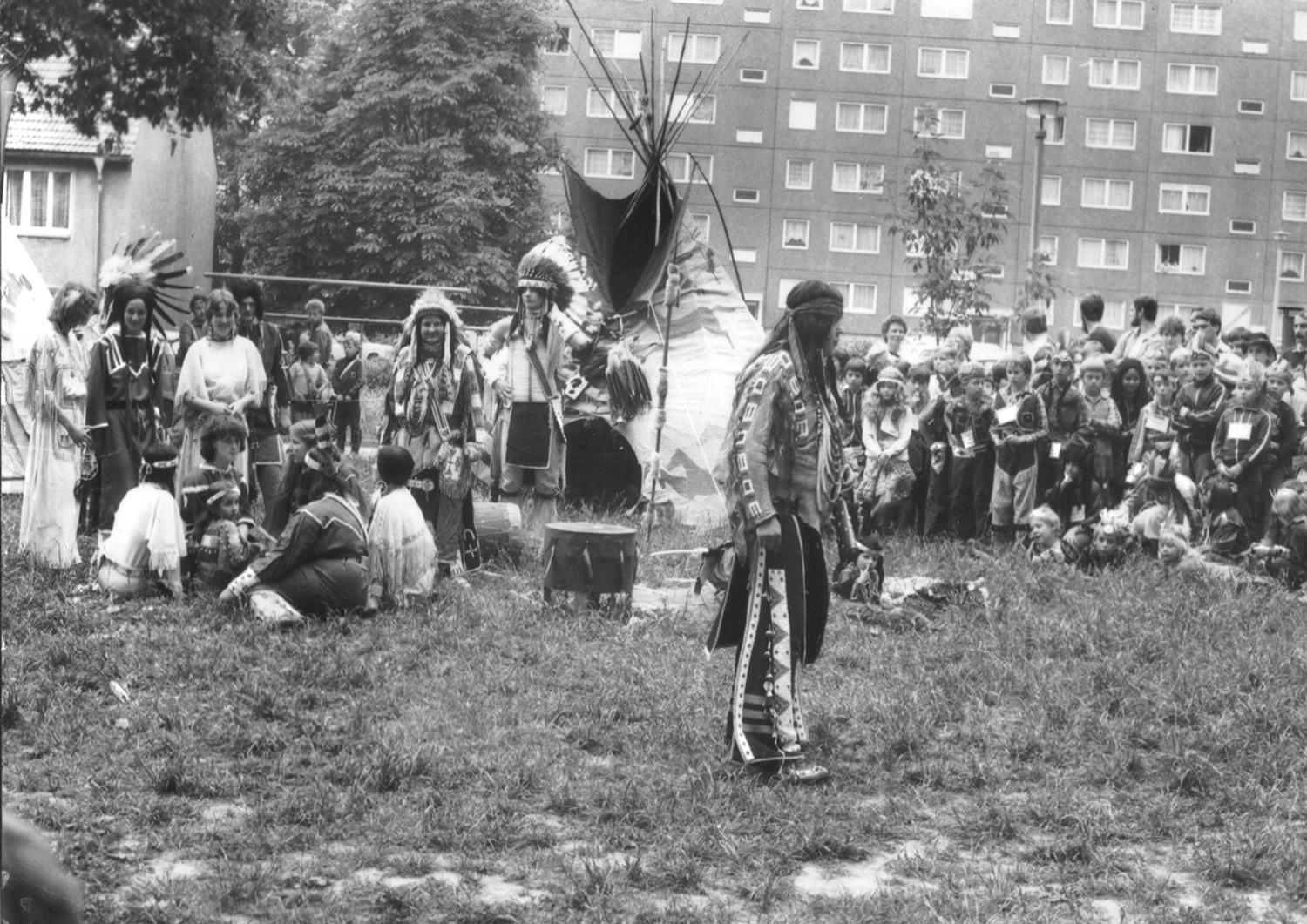
From the archiv of Gerhard Fischer, photograph

exhibition view, Lothringer Halle 13, 2012, Munich
slide projection, 50 rephotographs, b/w, from the archive Gerhard Fischer

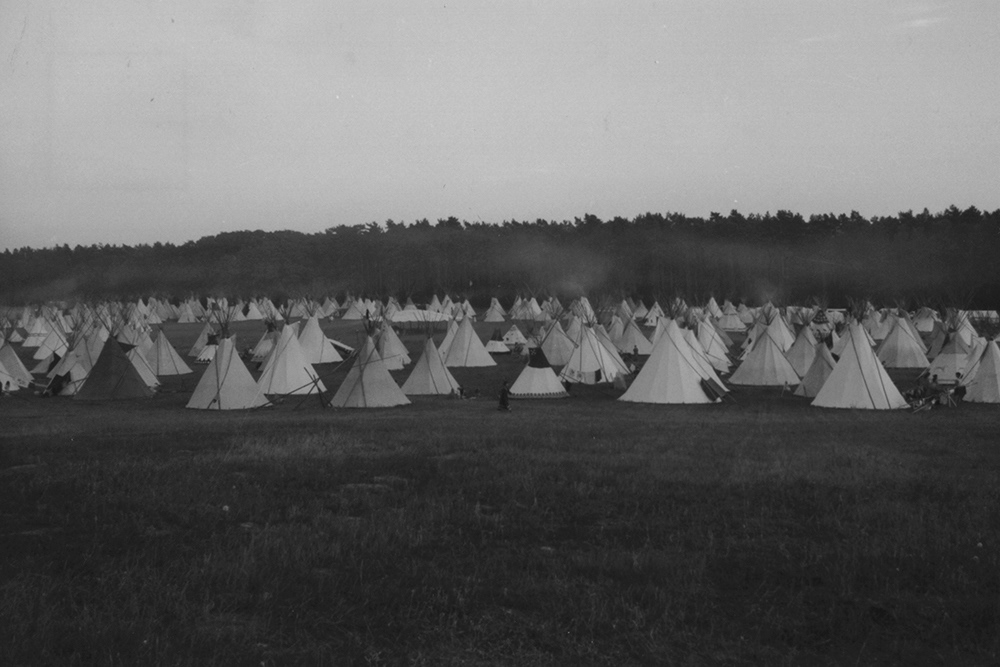
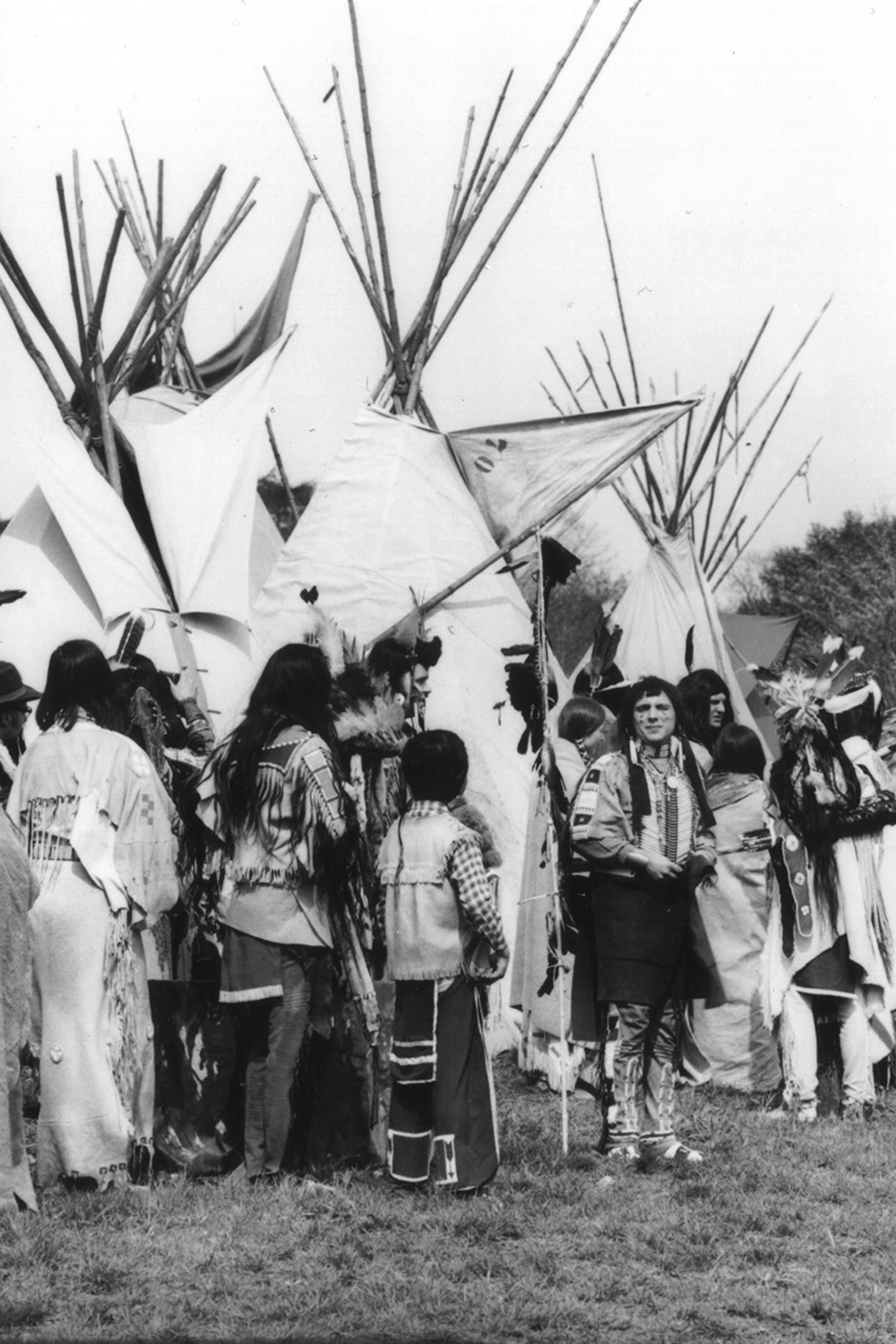
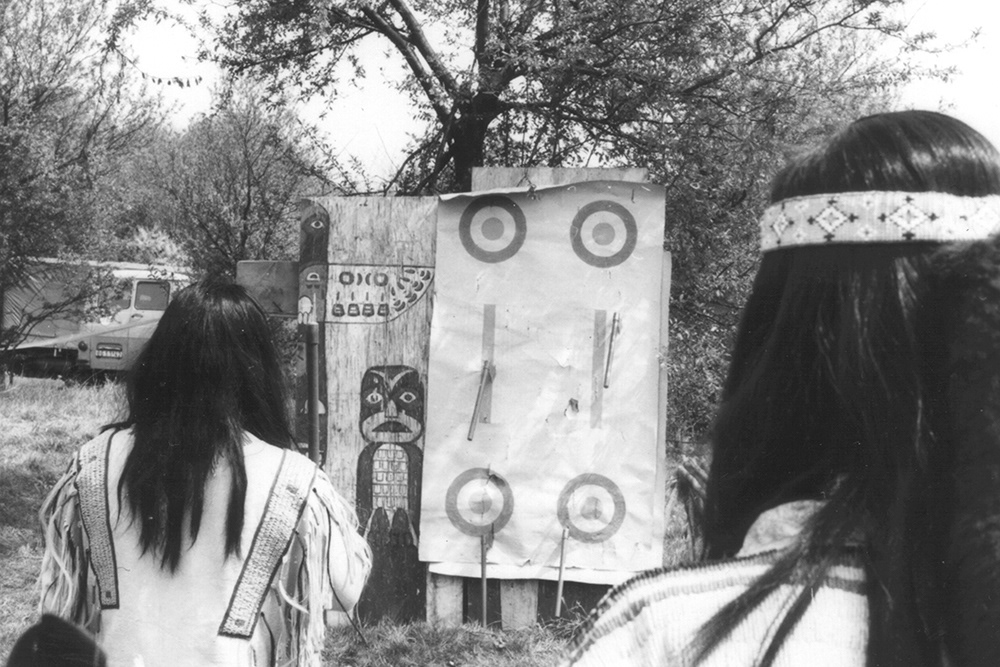

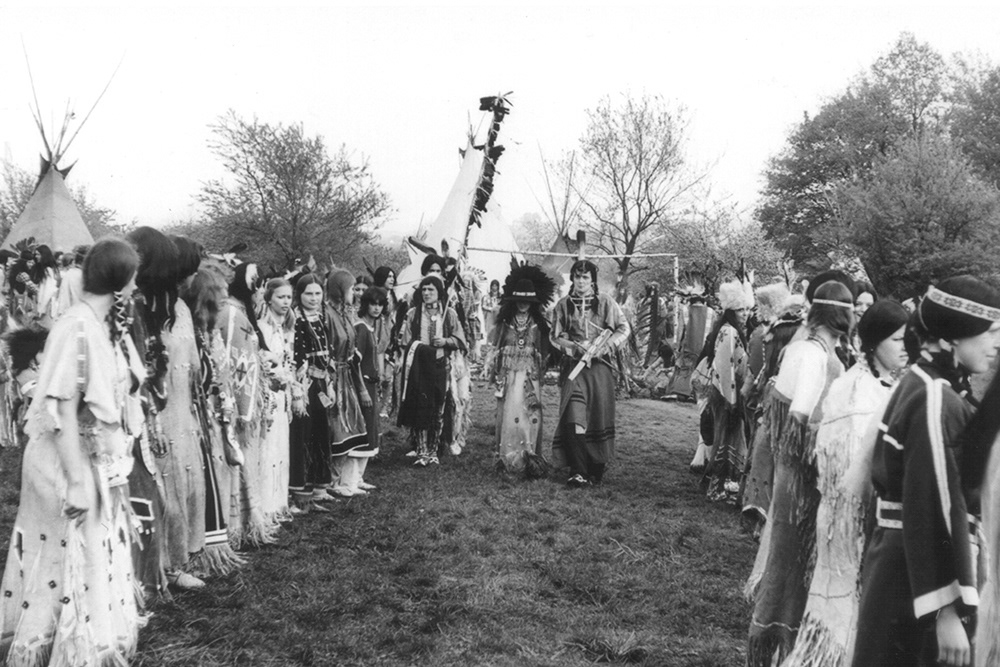
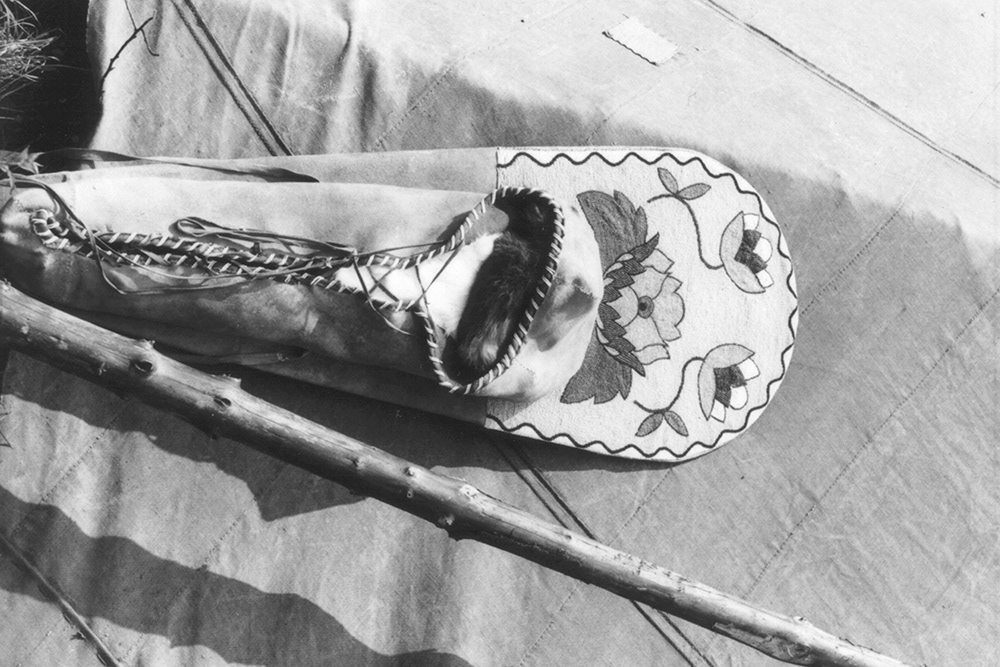
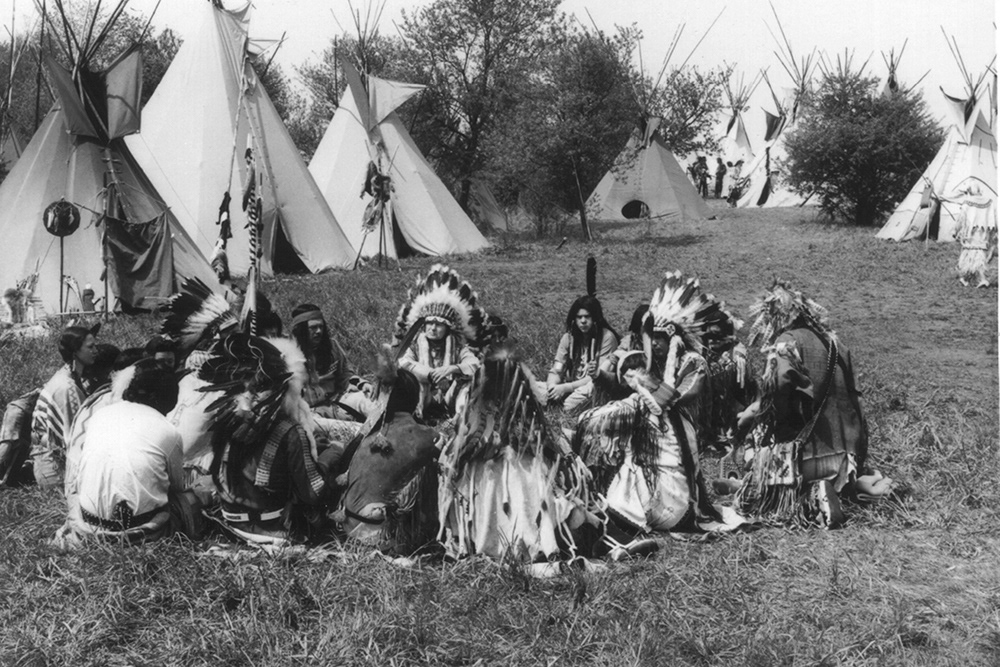

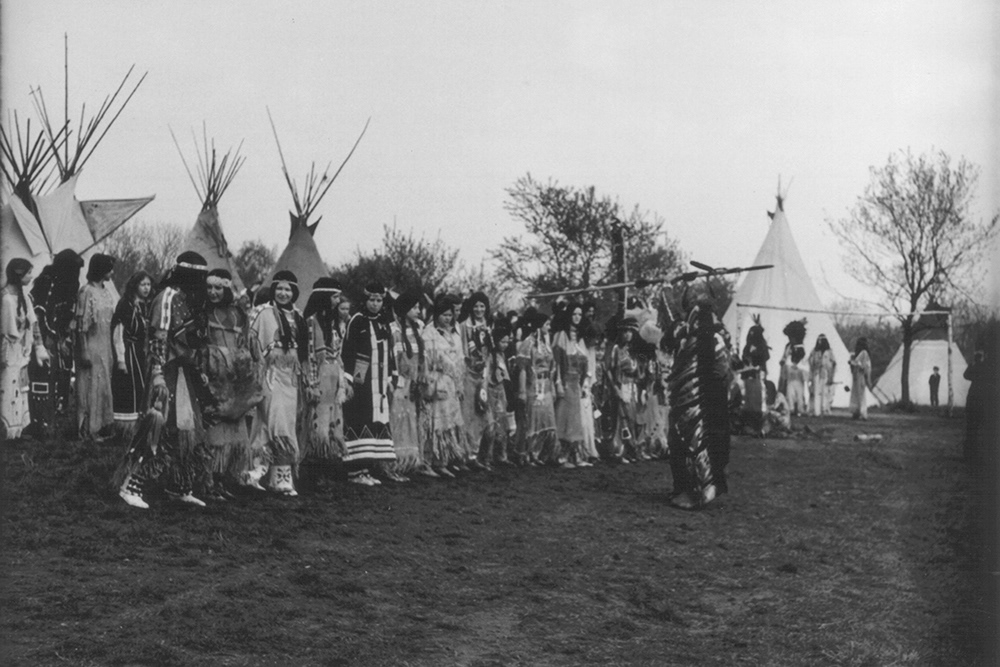
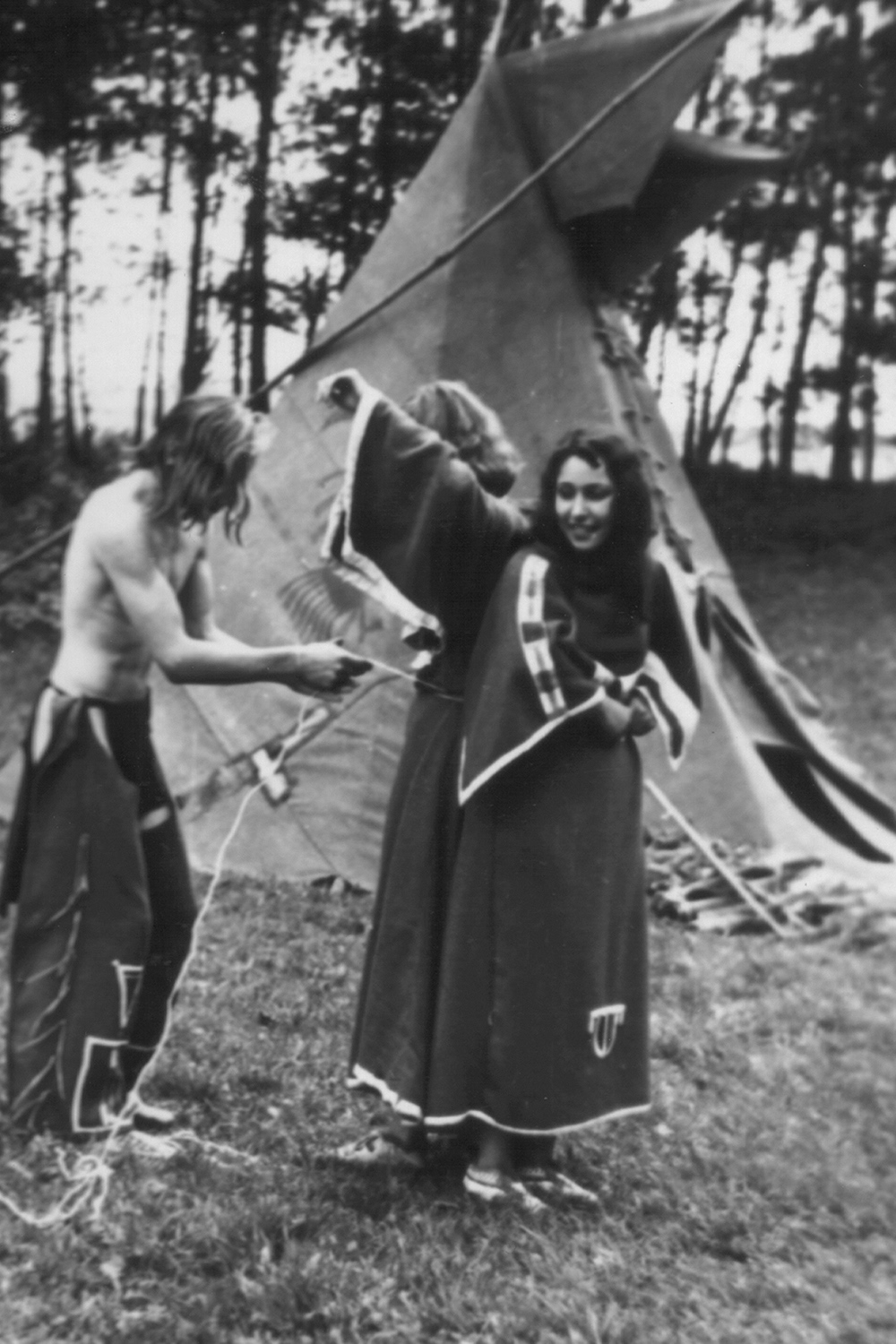
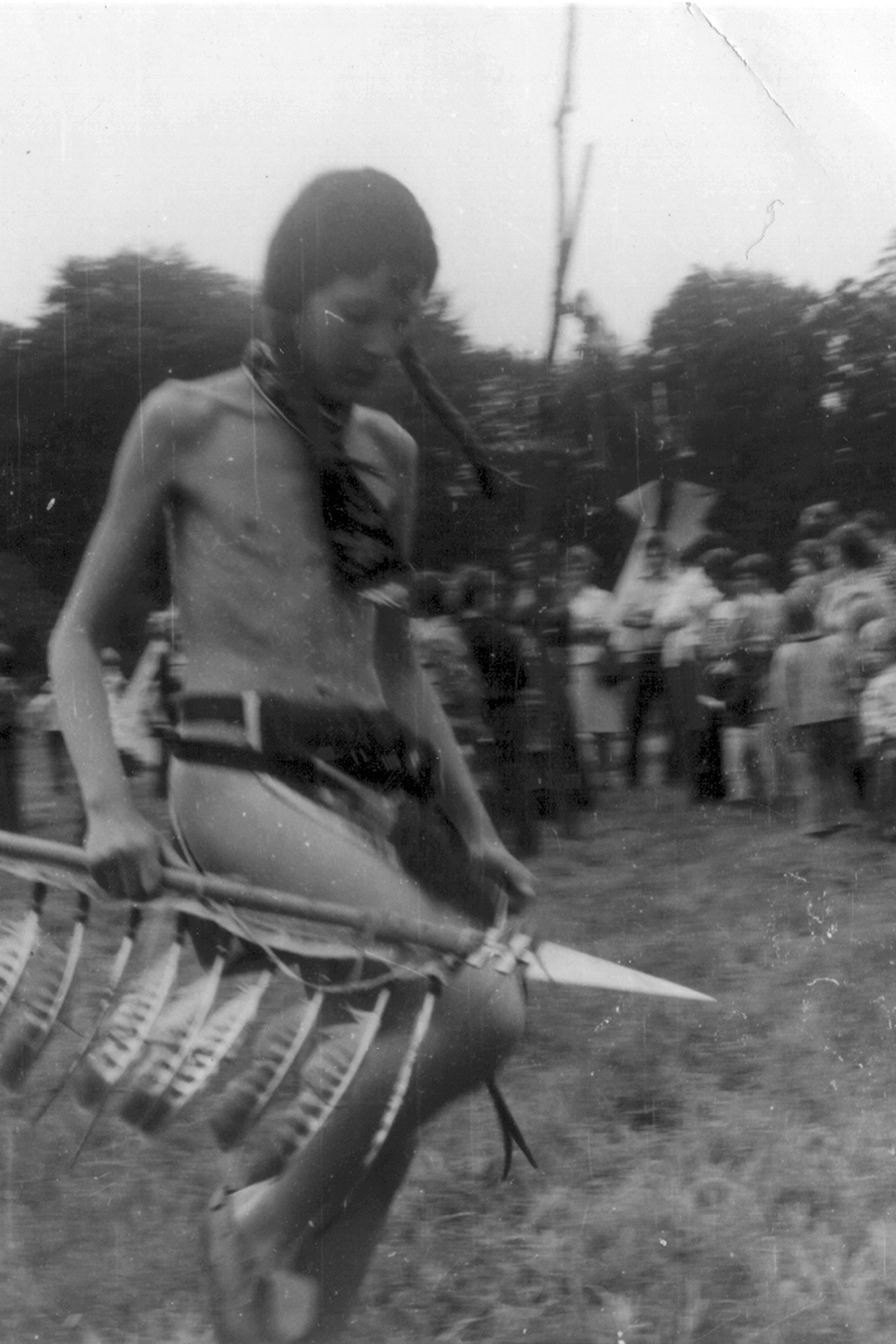
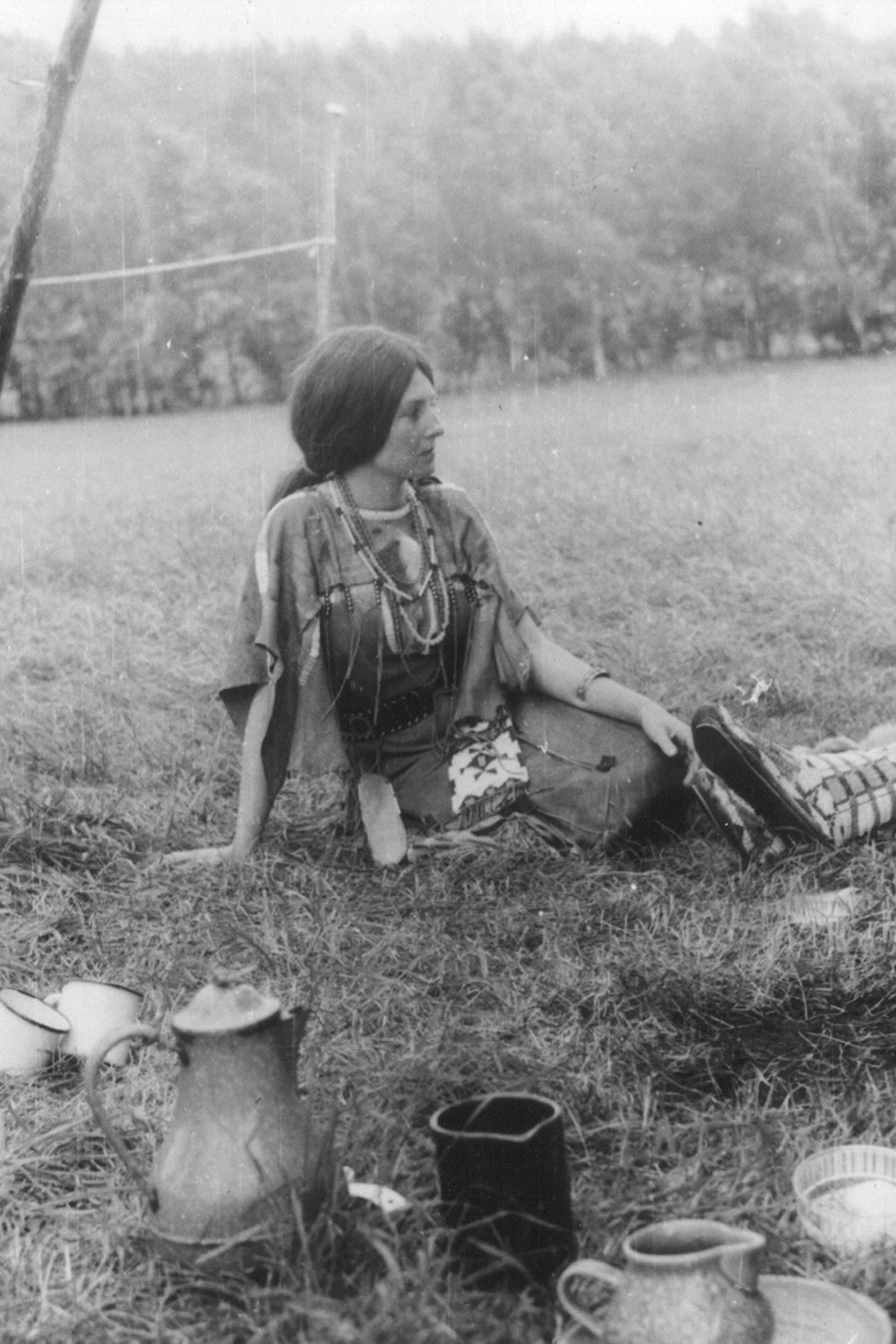


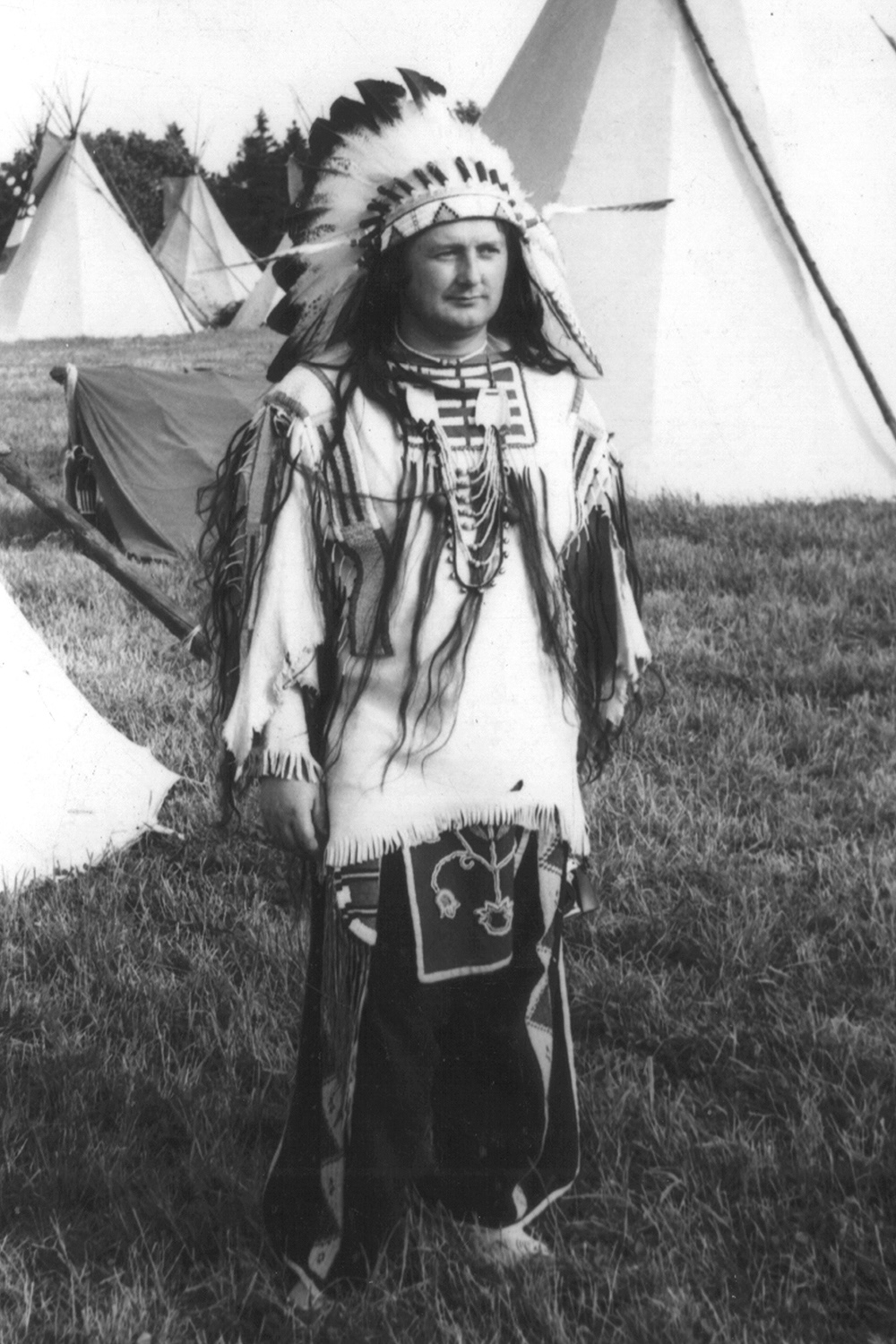
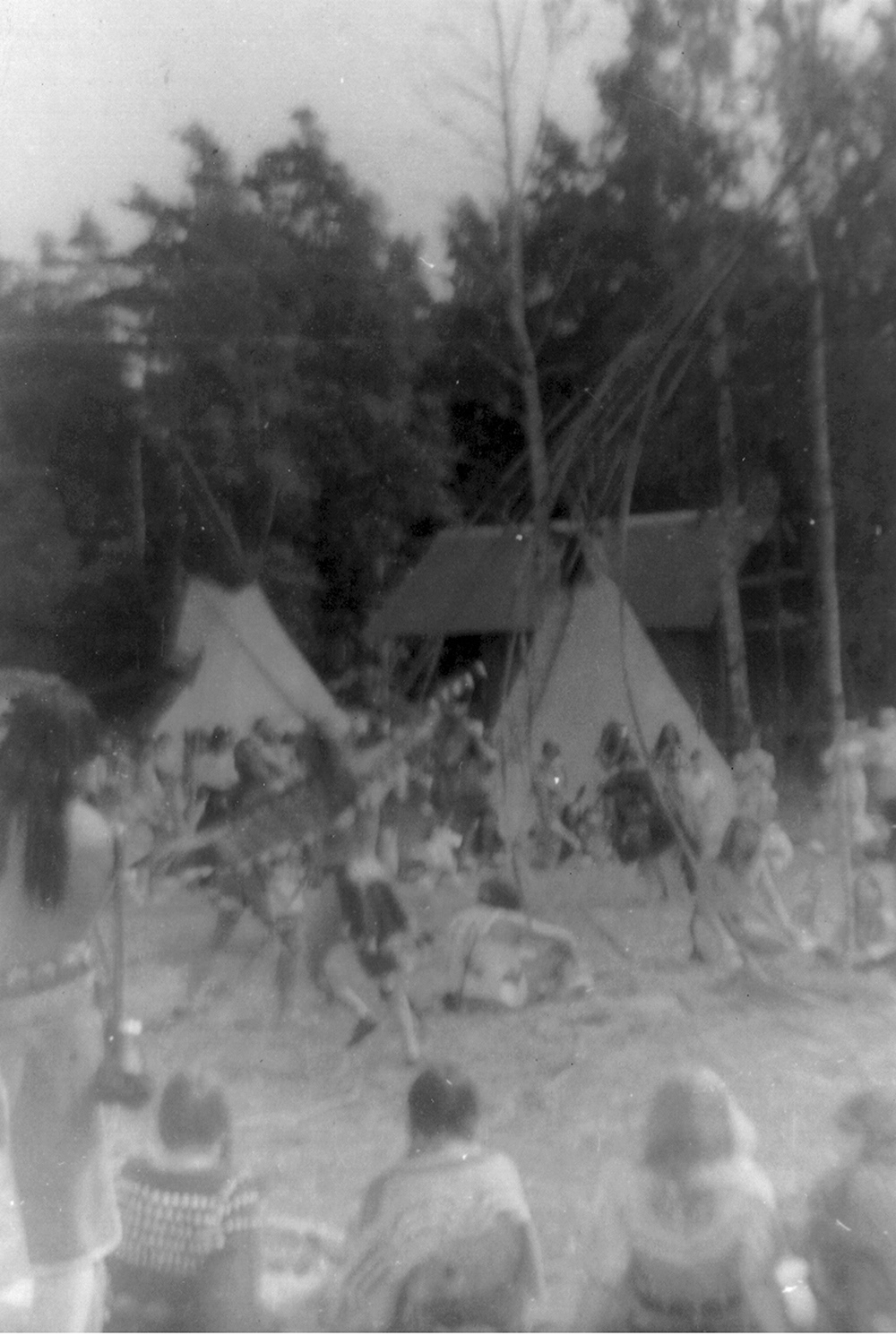


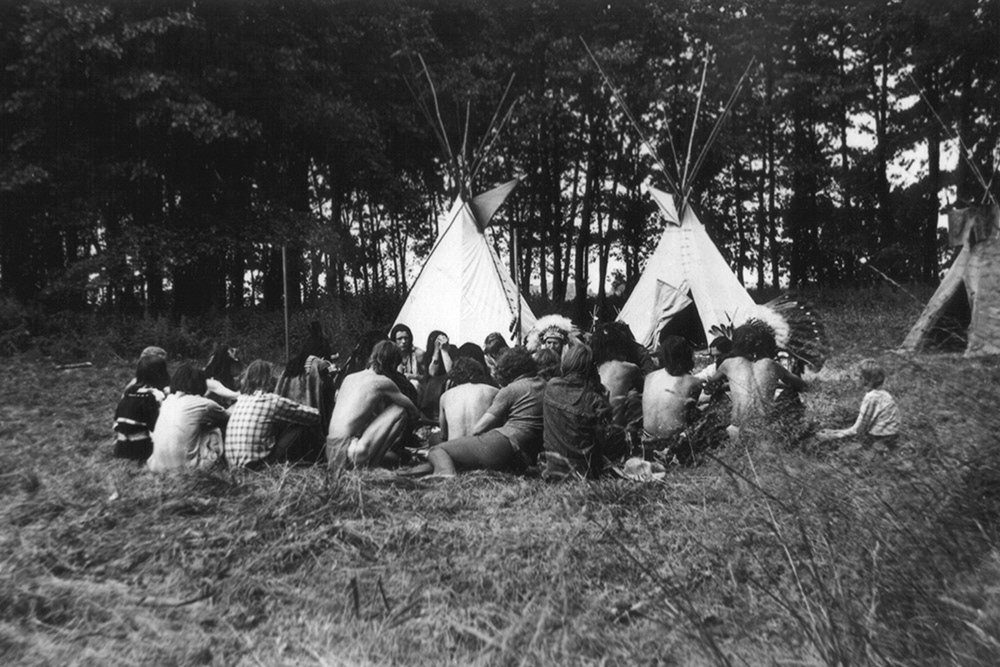
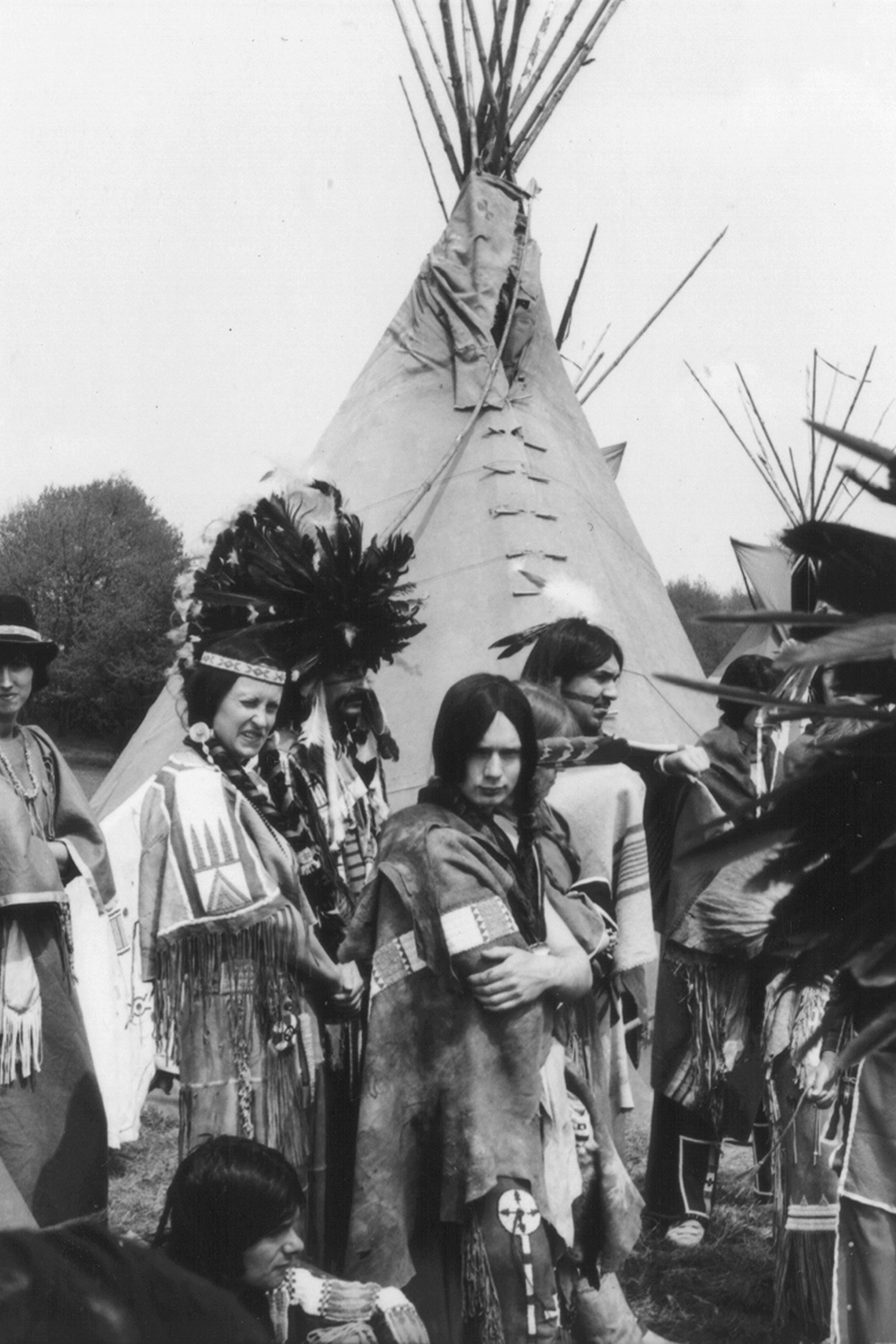
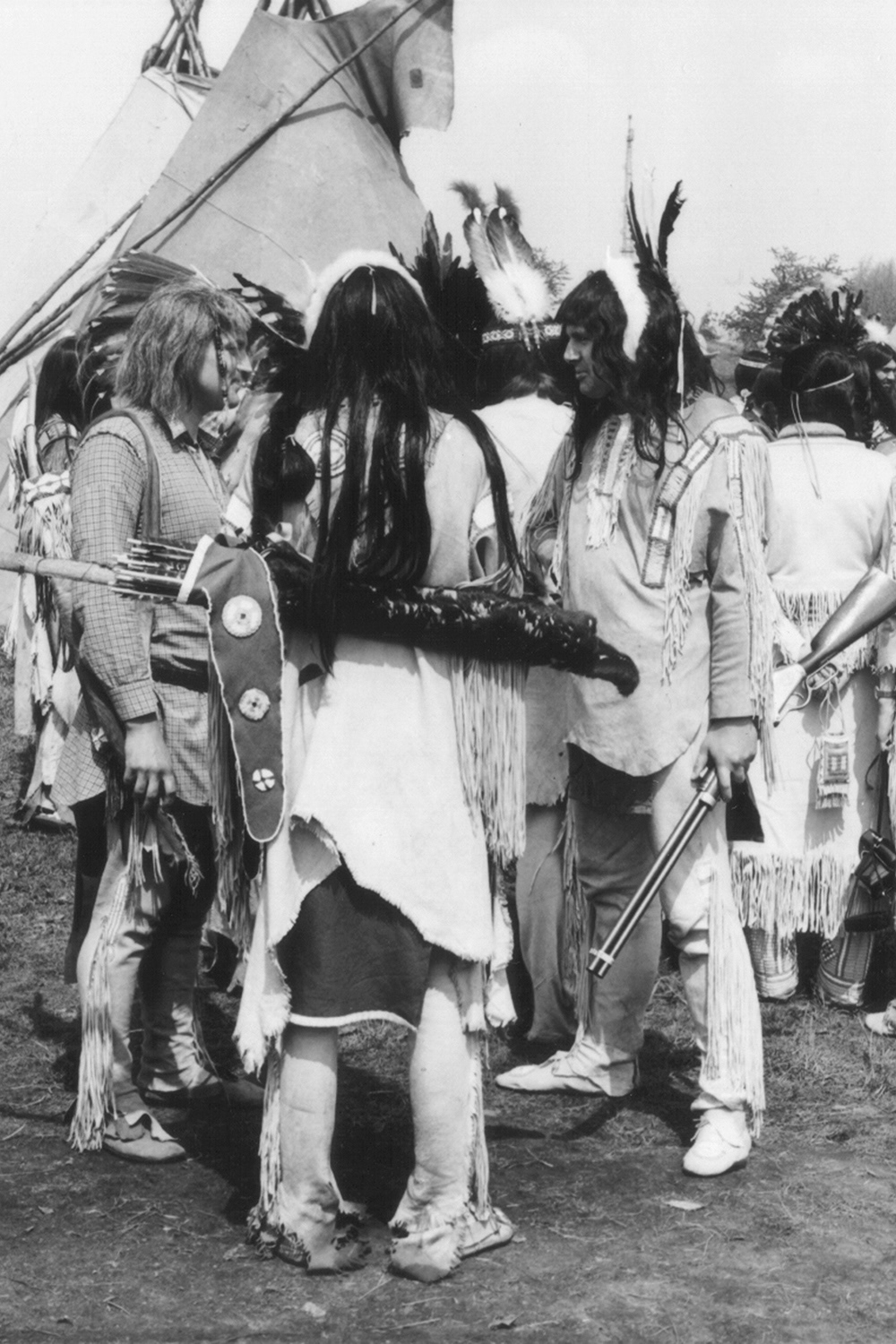
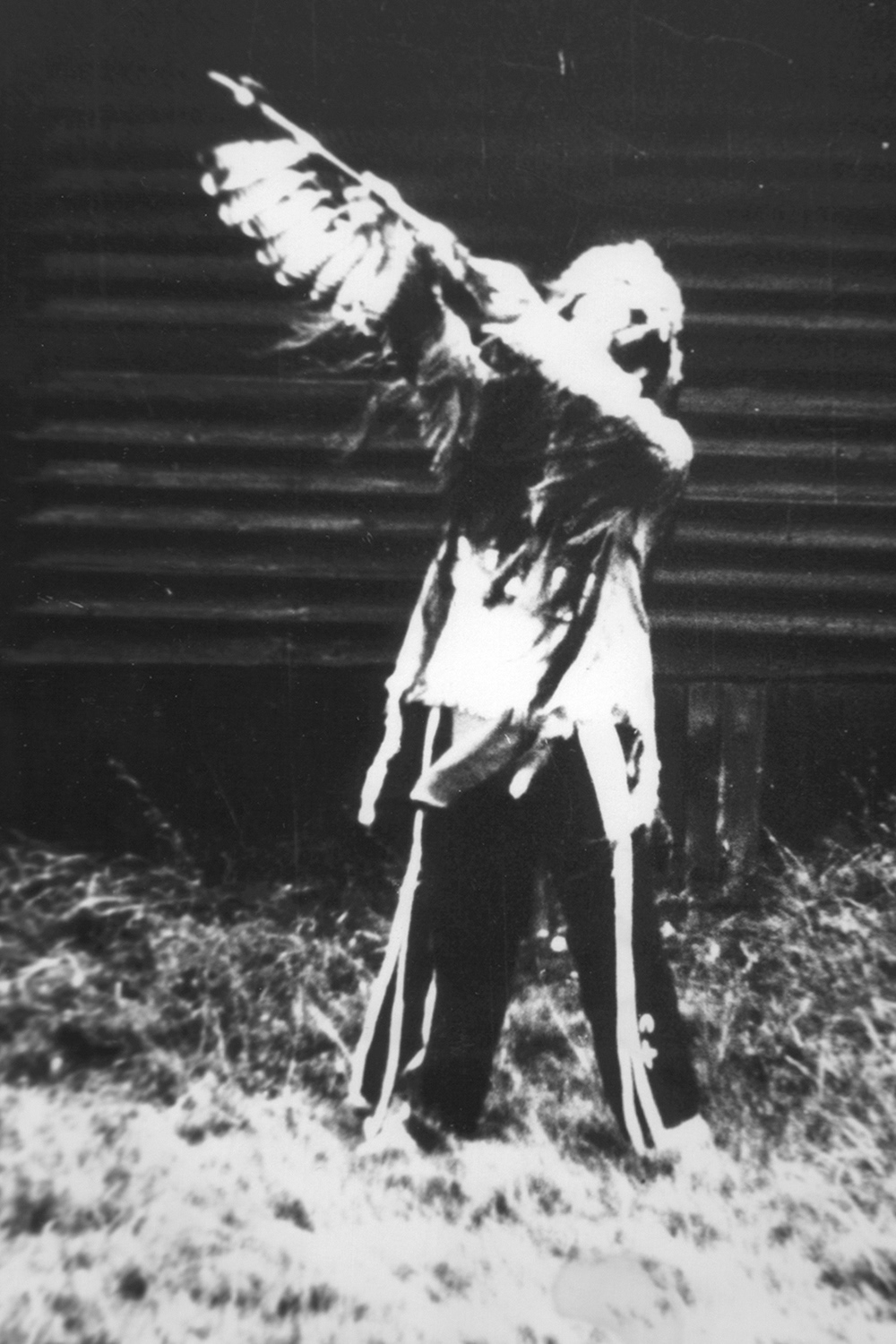
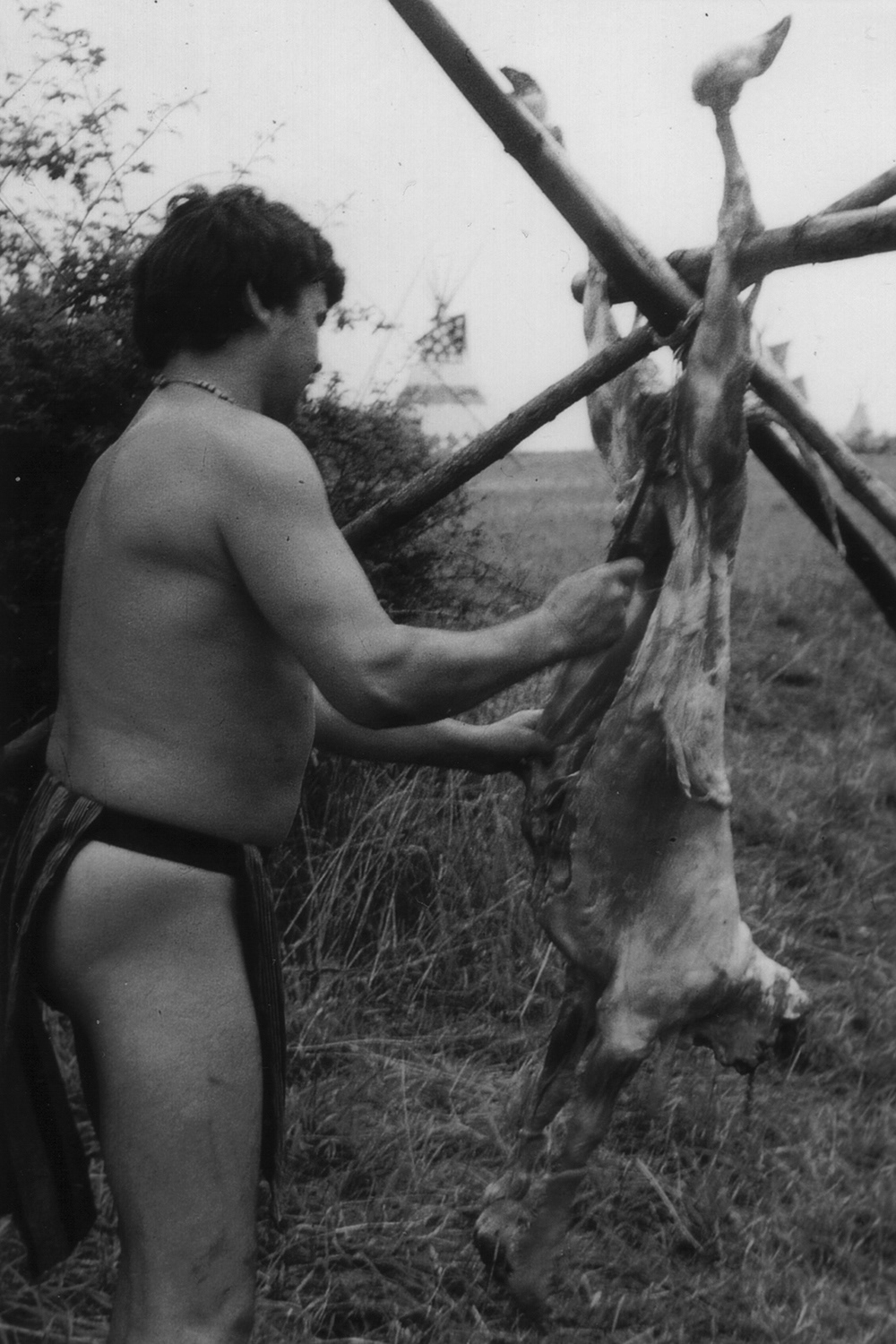
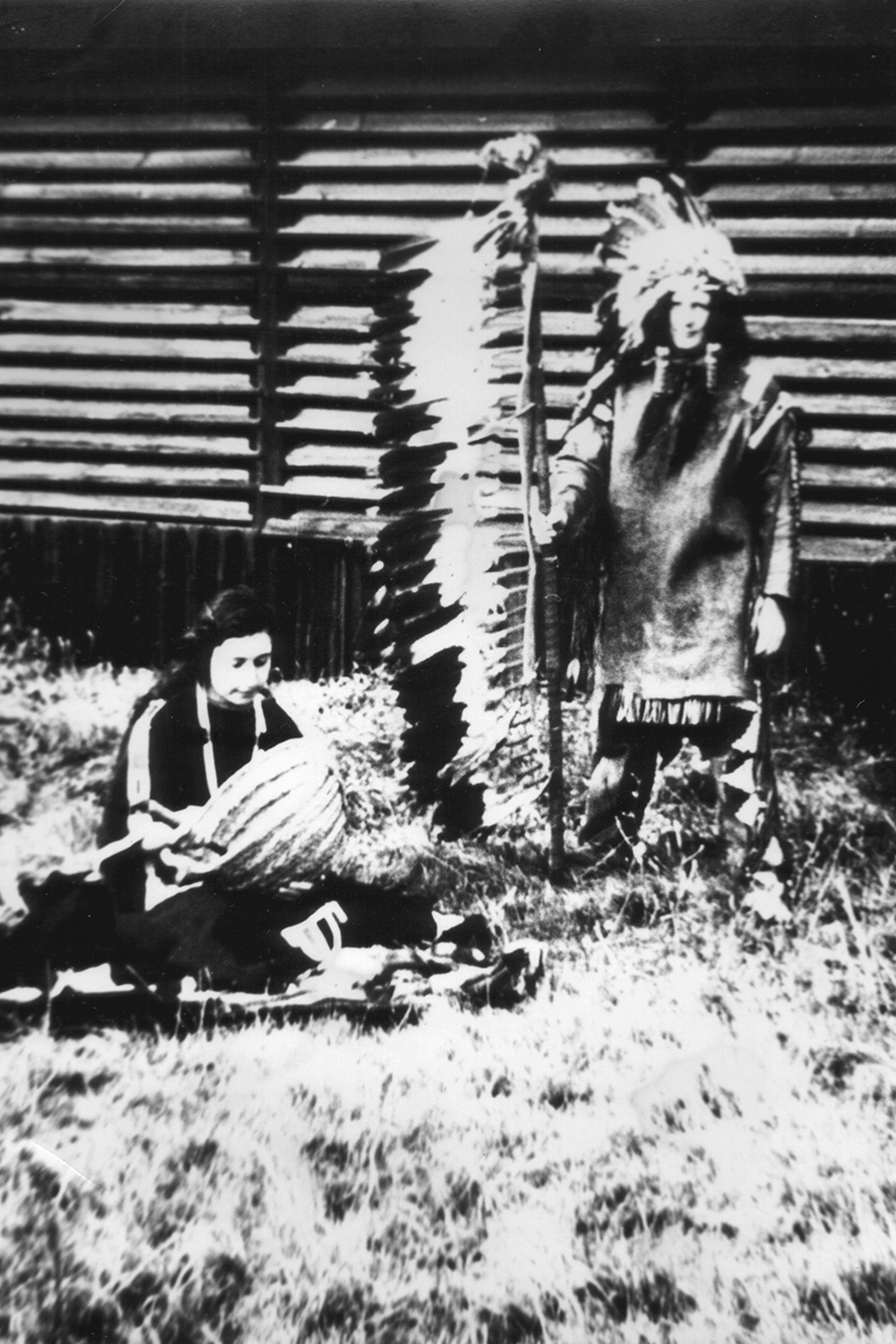
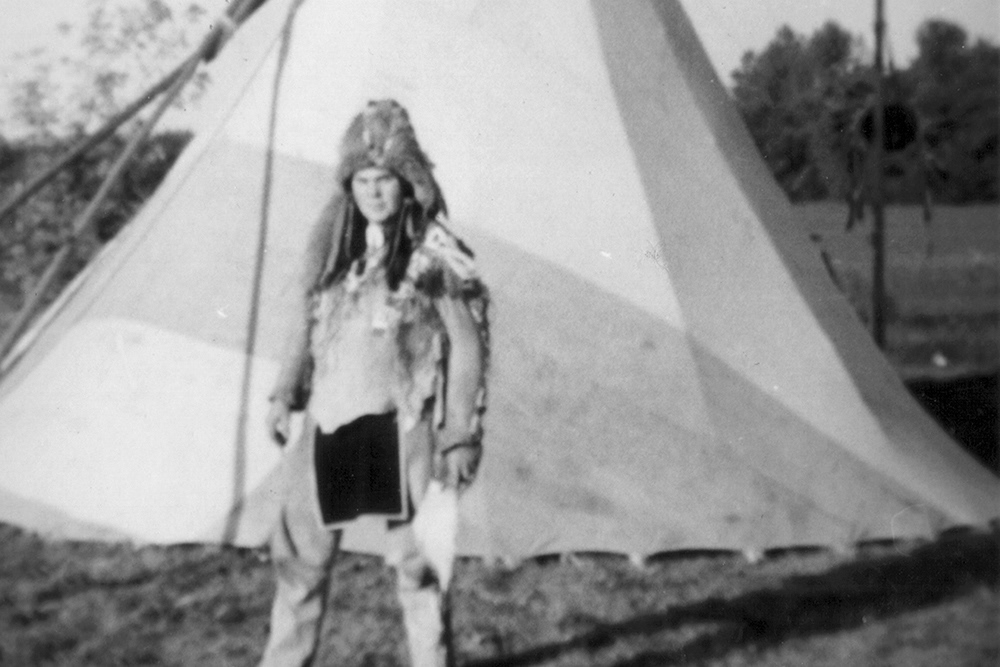


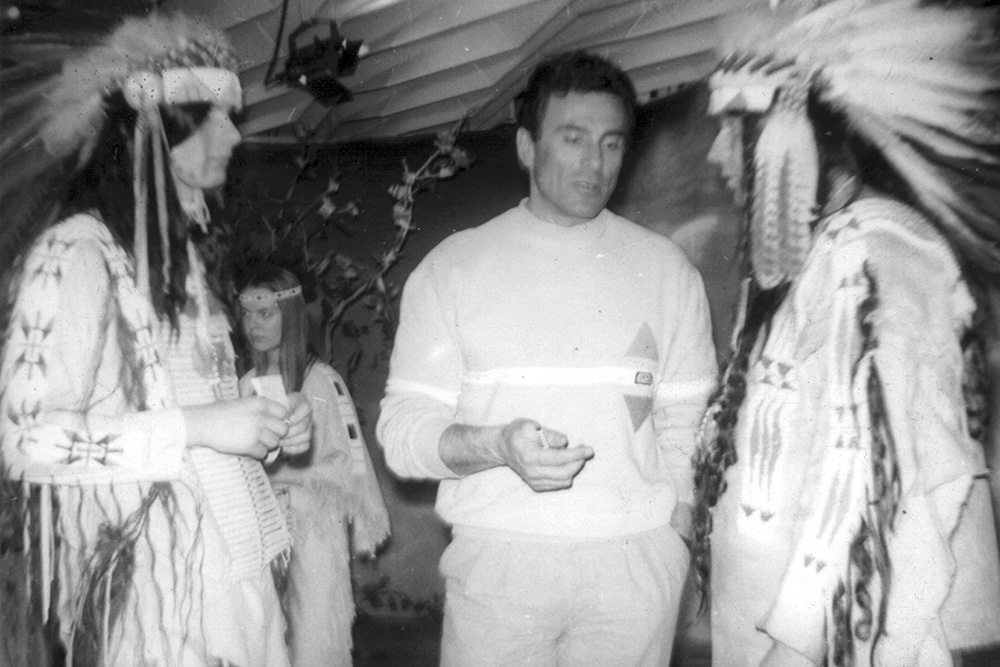
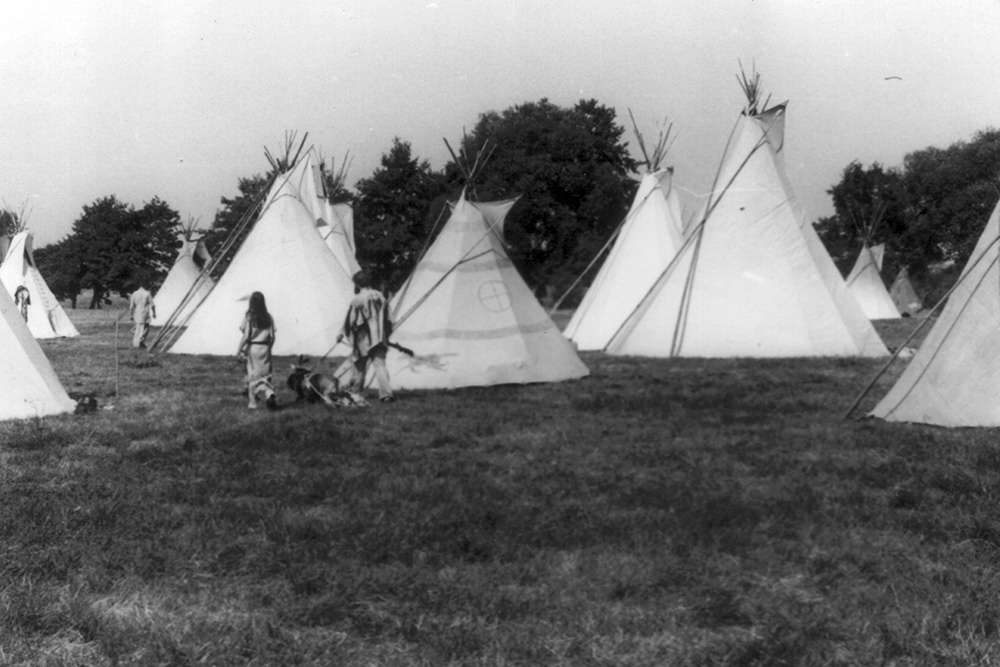
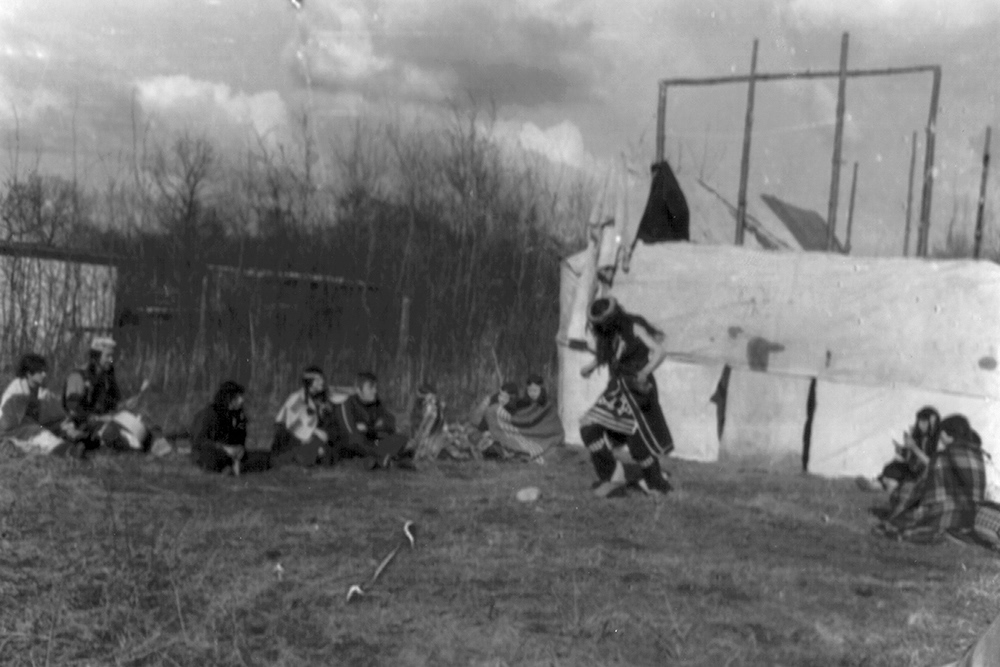
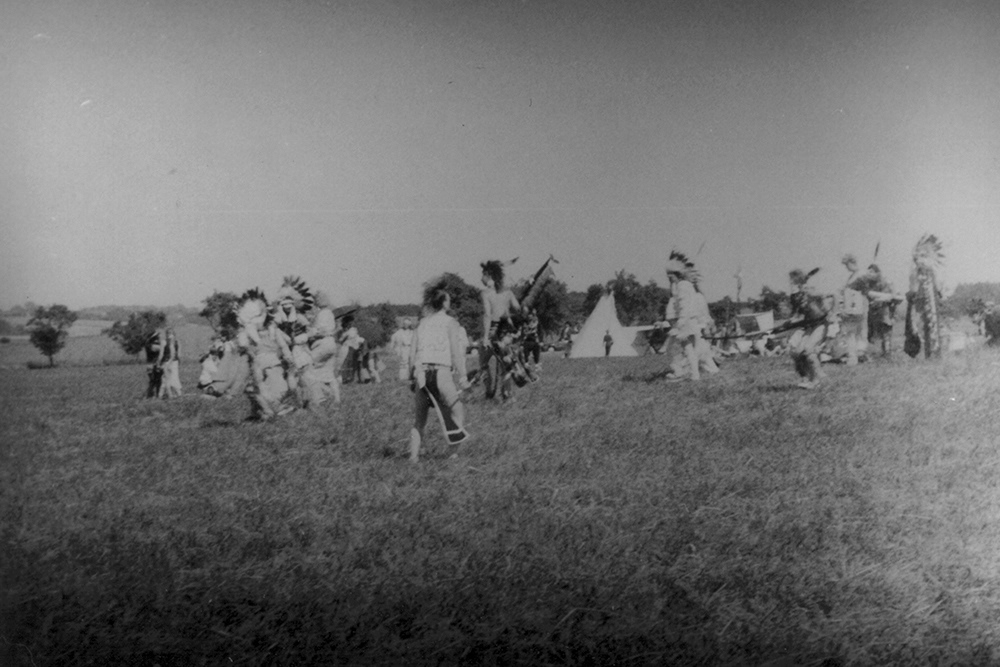
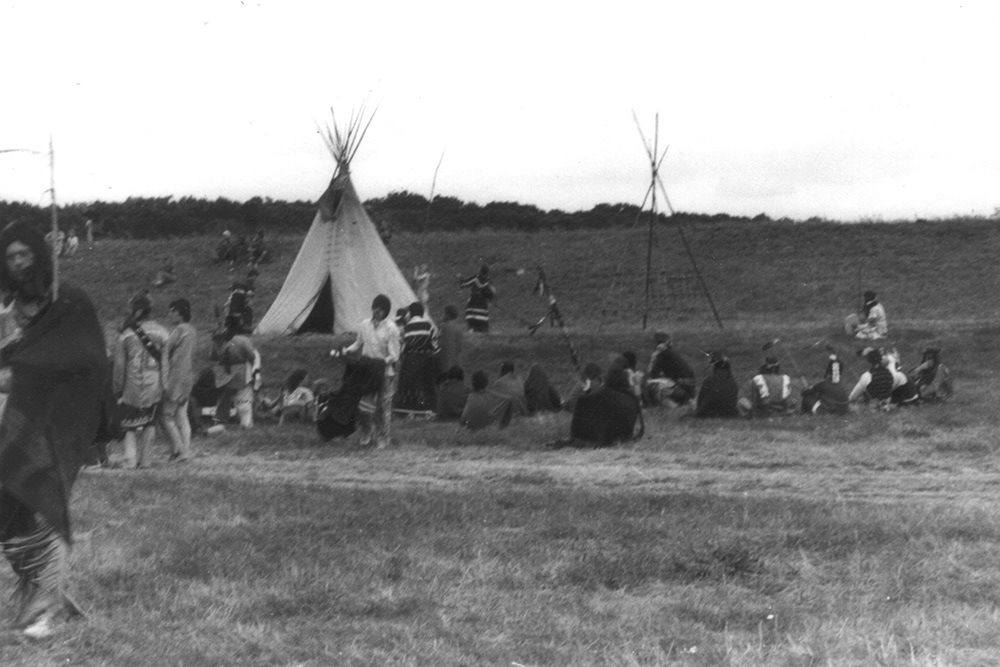
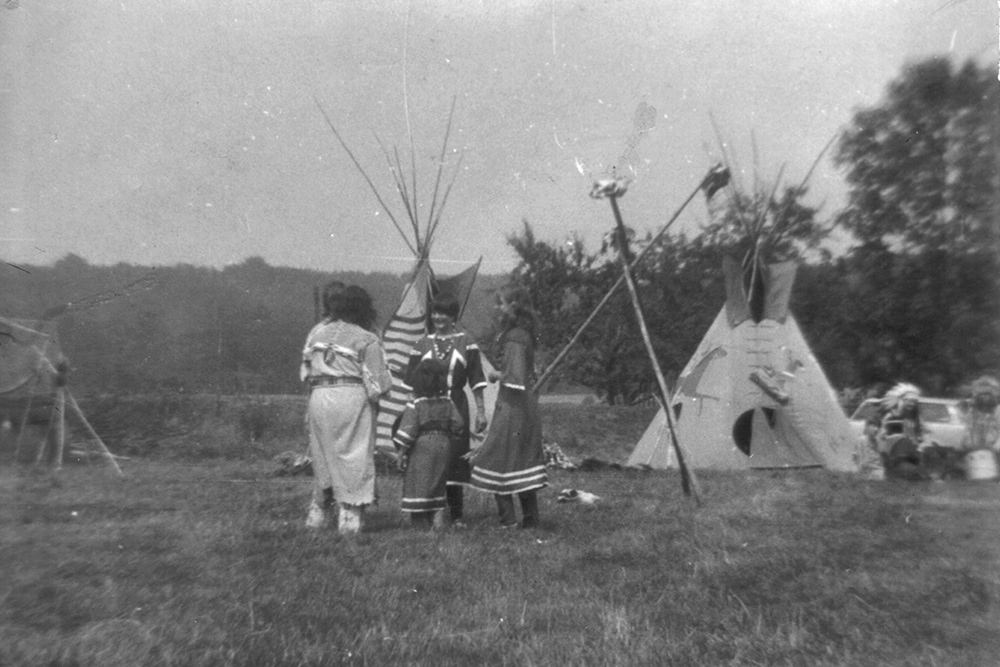
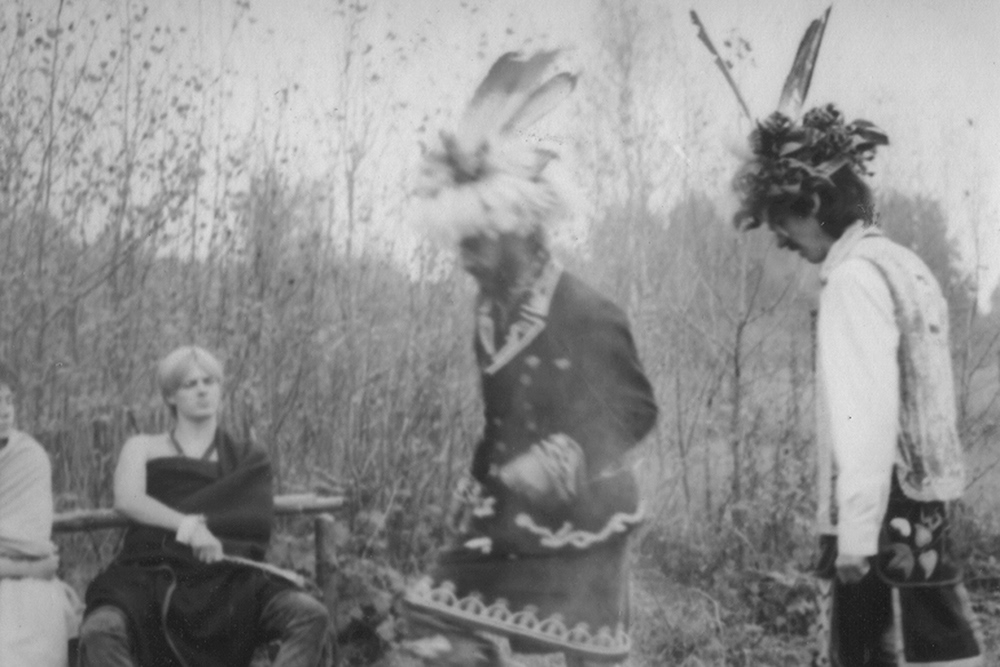

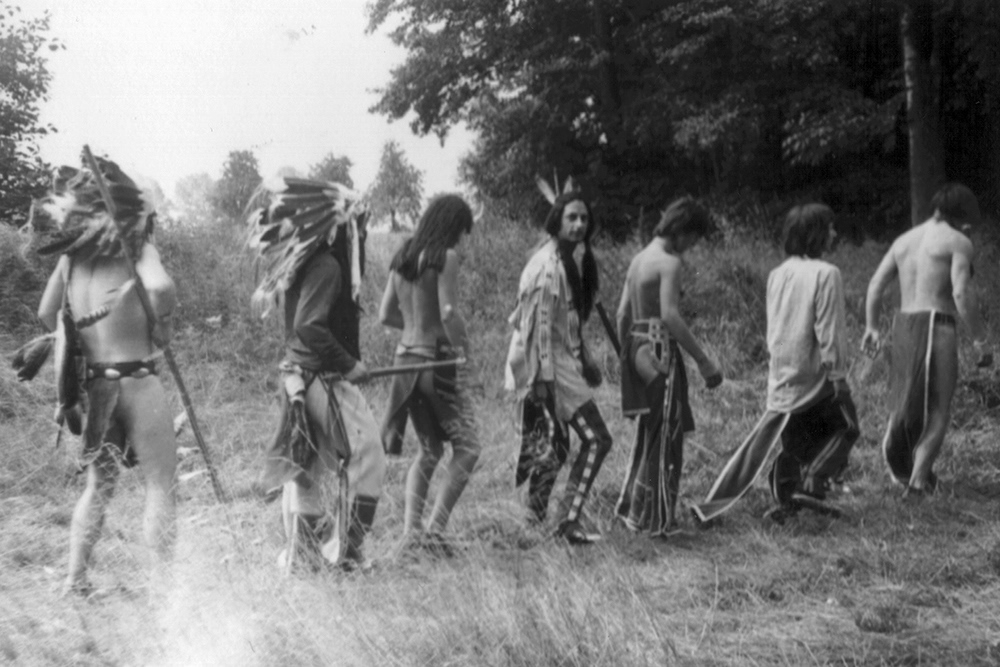

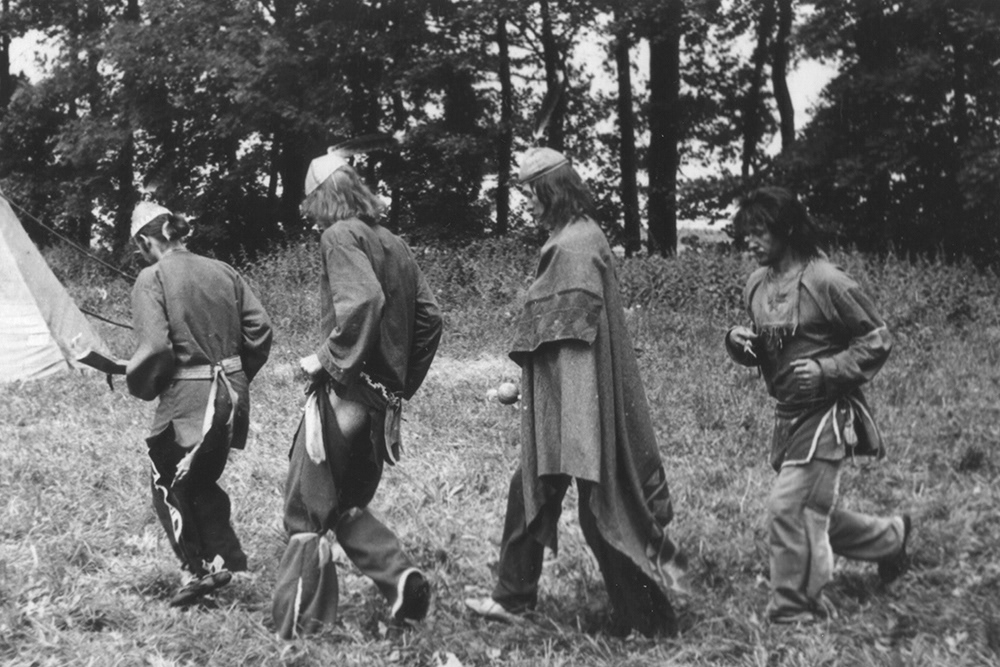


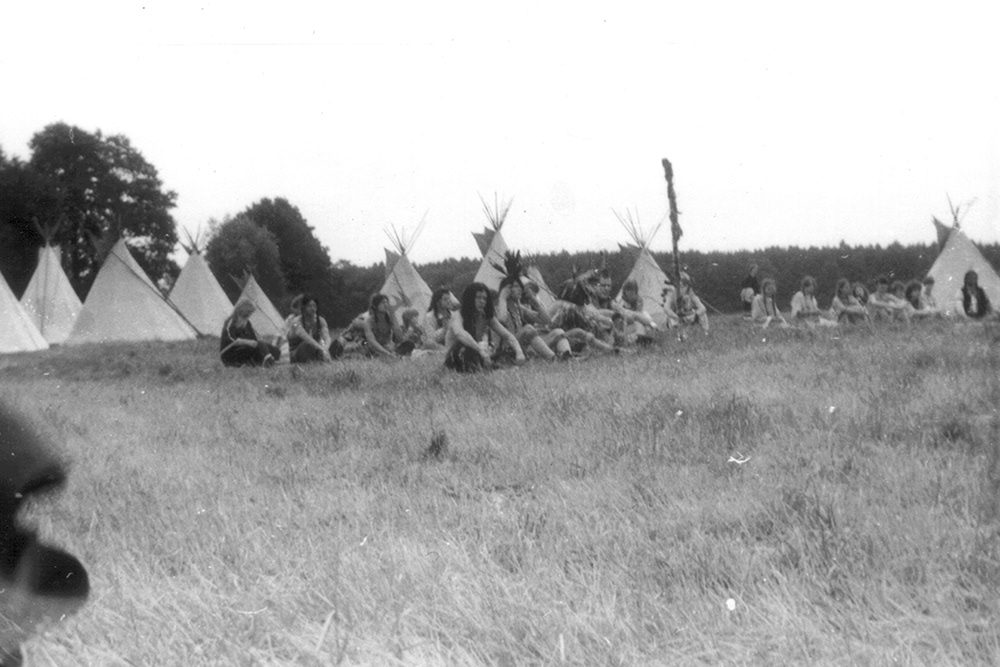

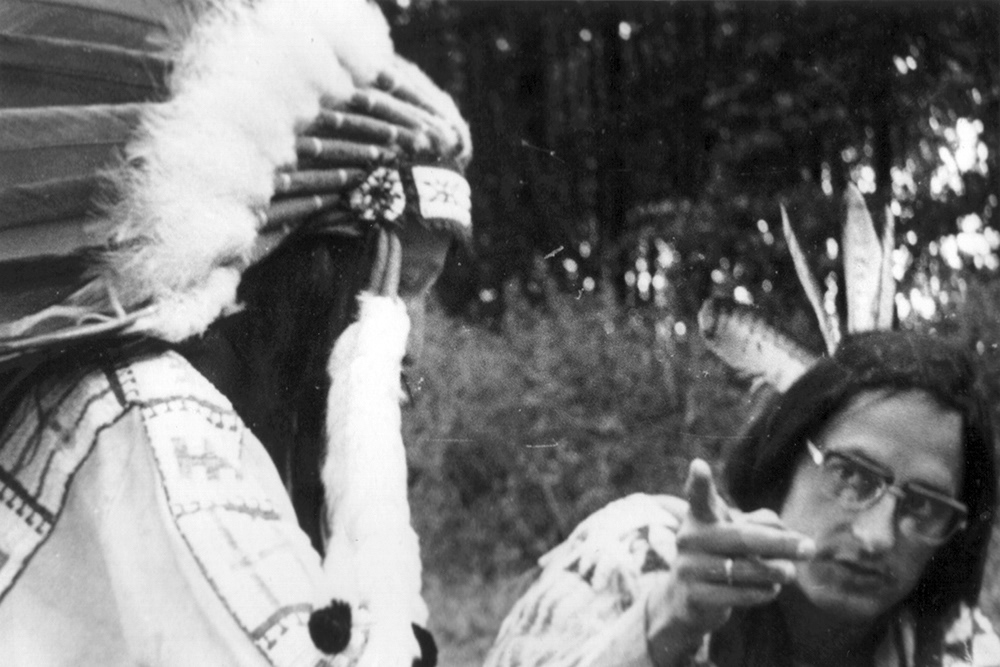

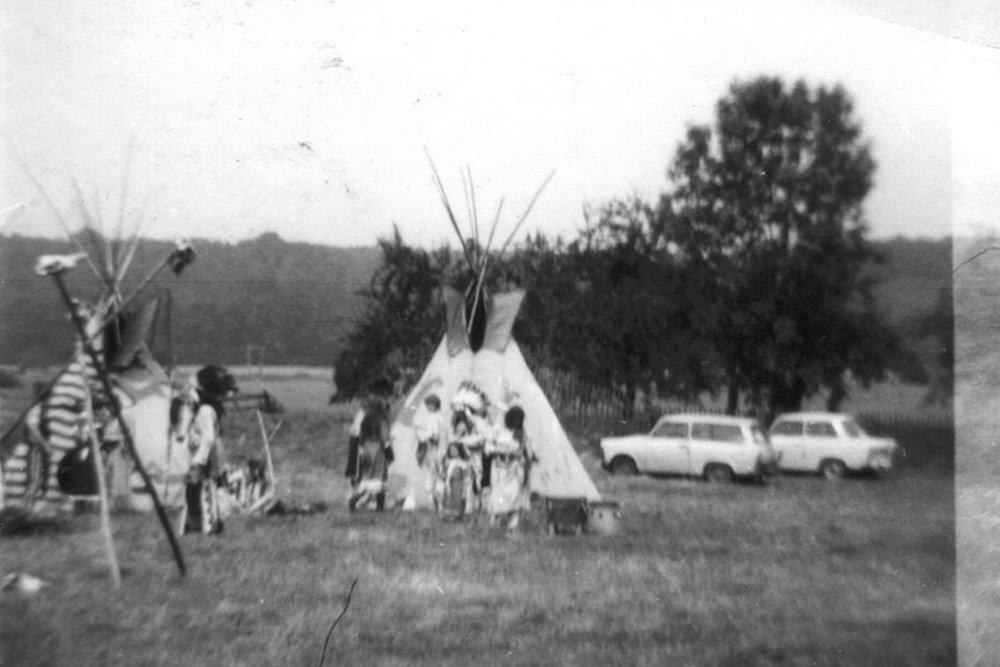




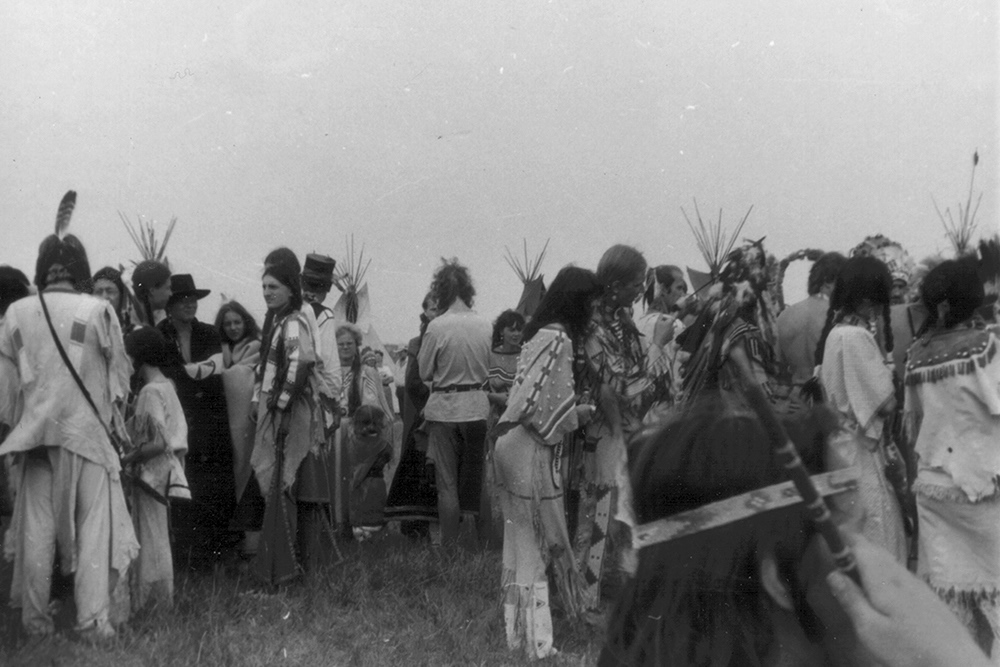


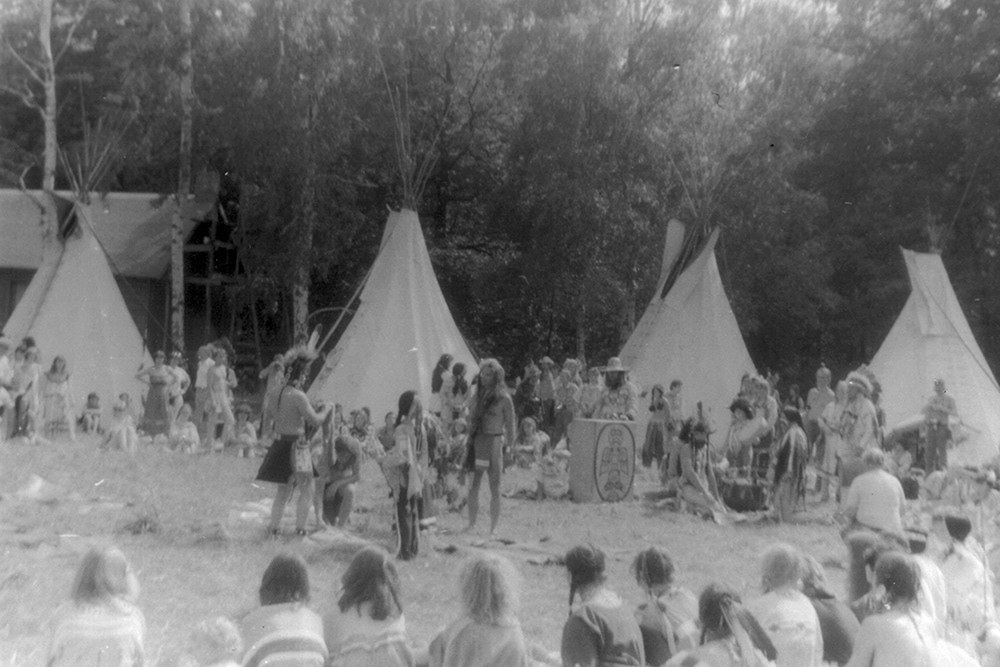



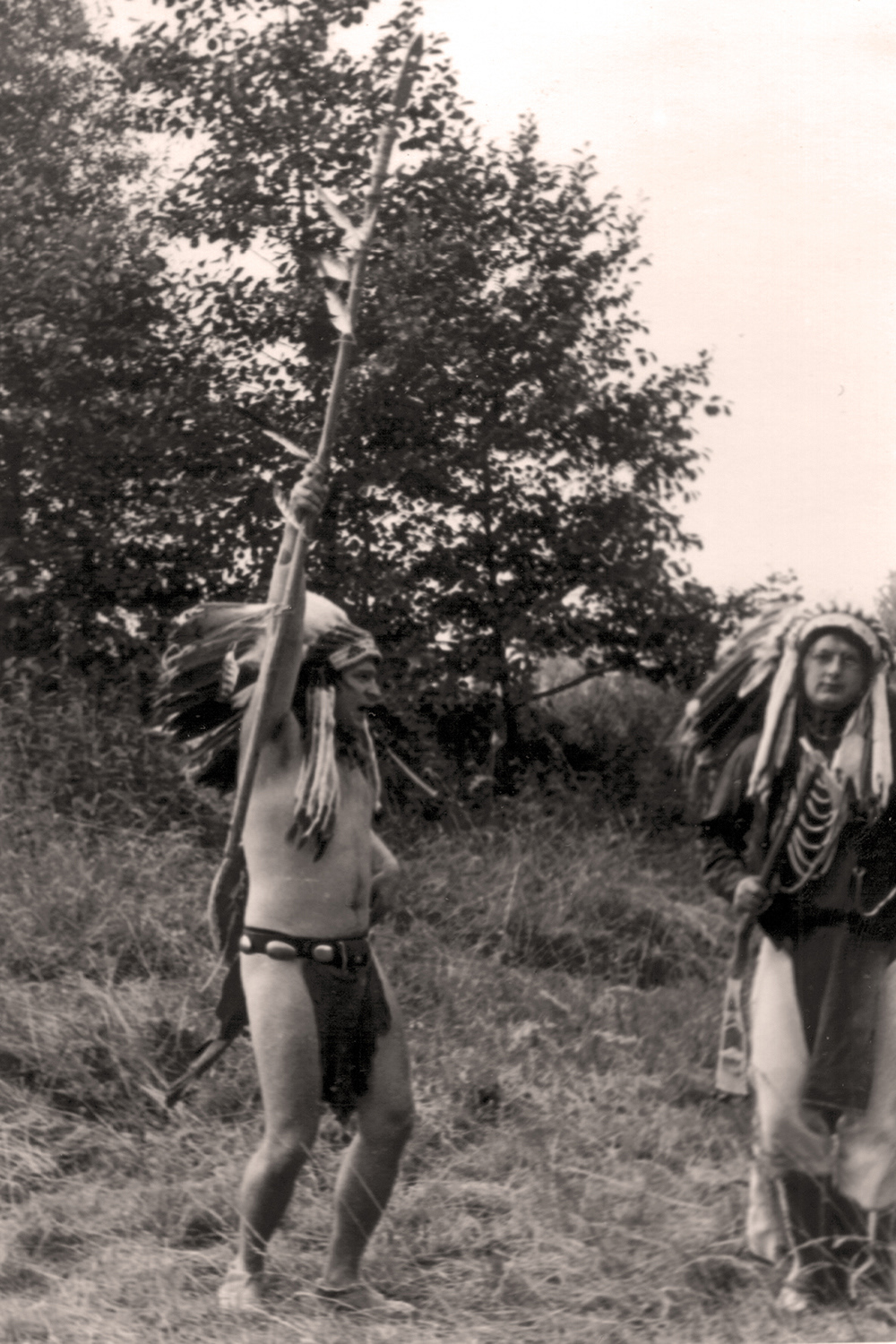
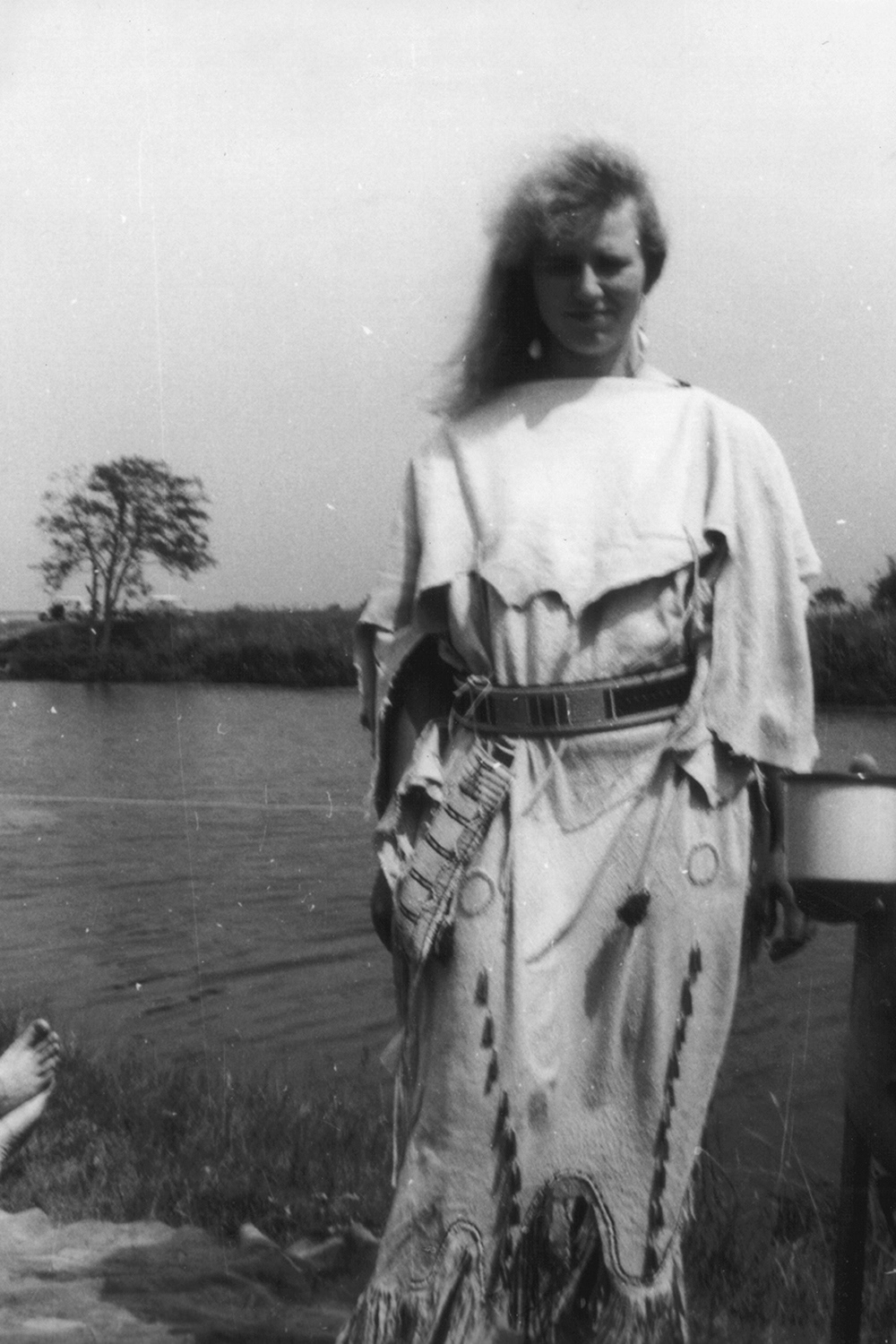

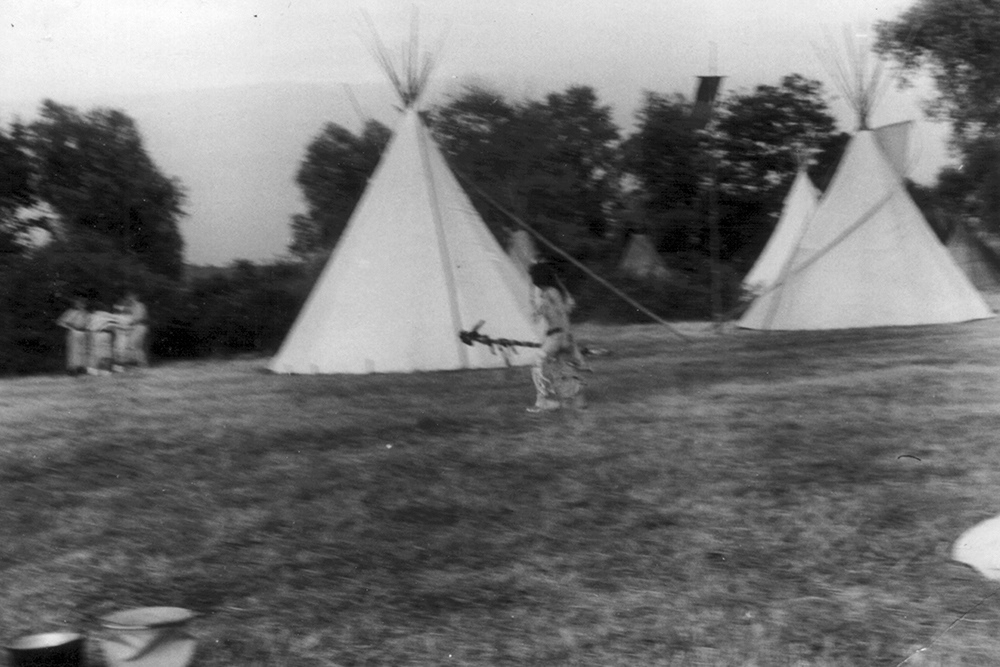
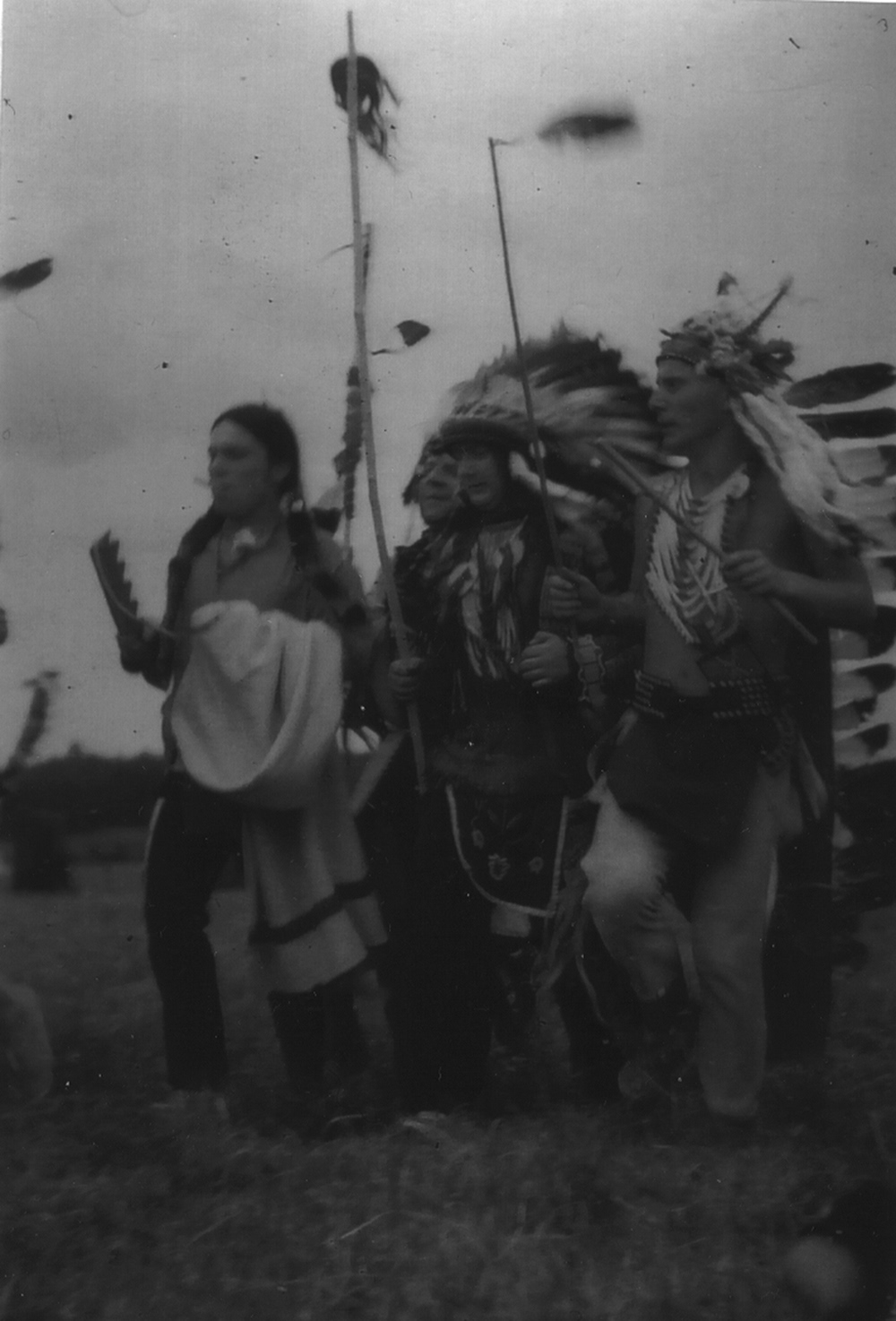

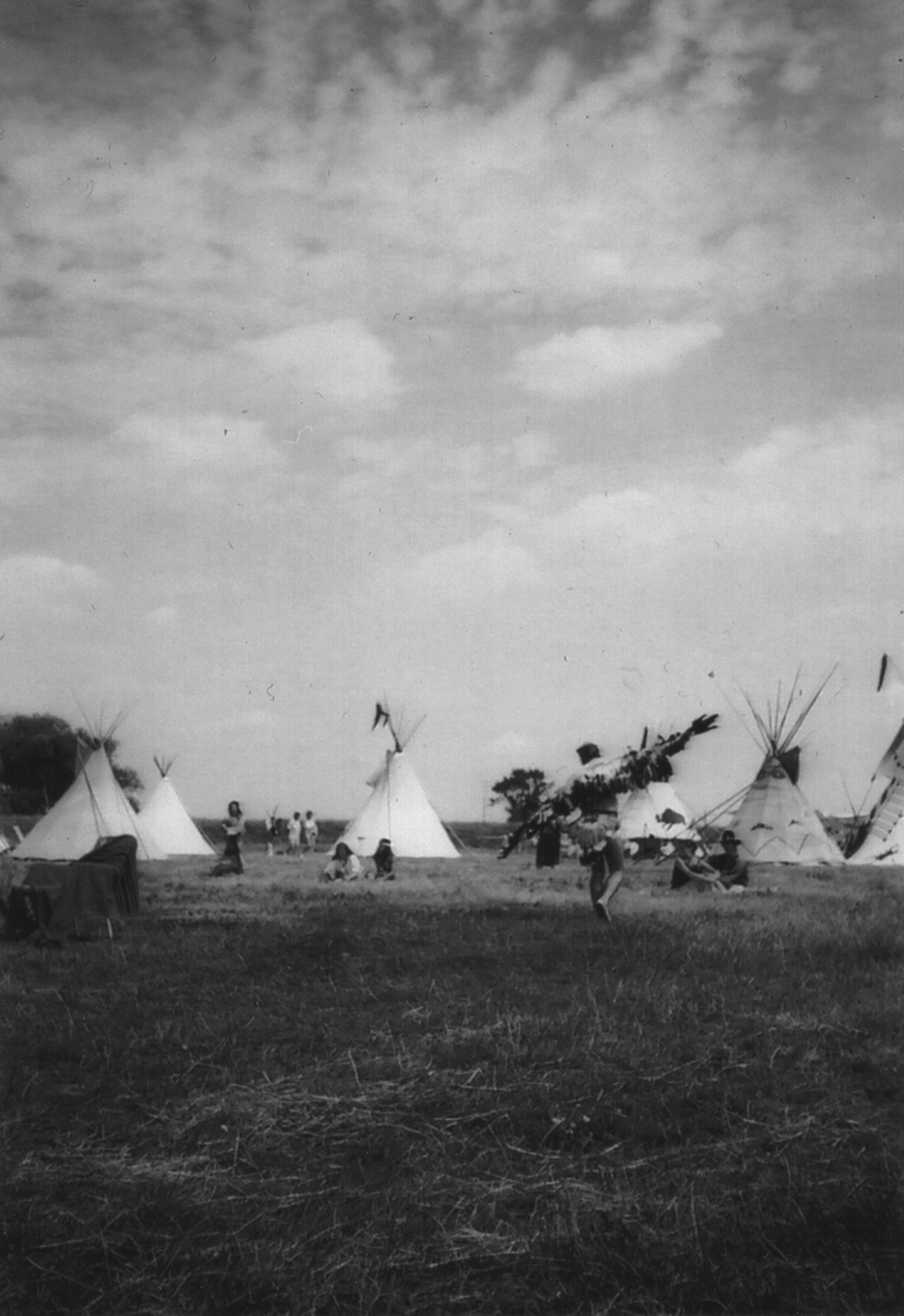
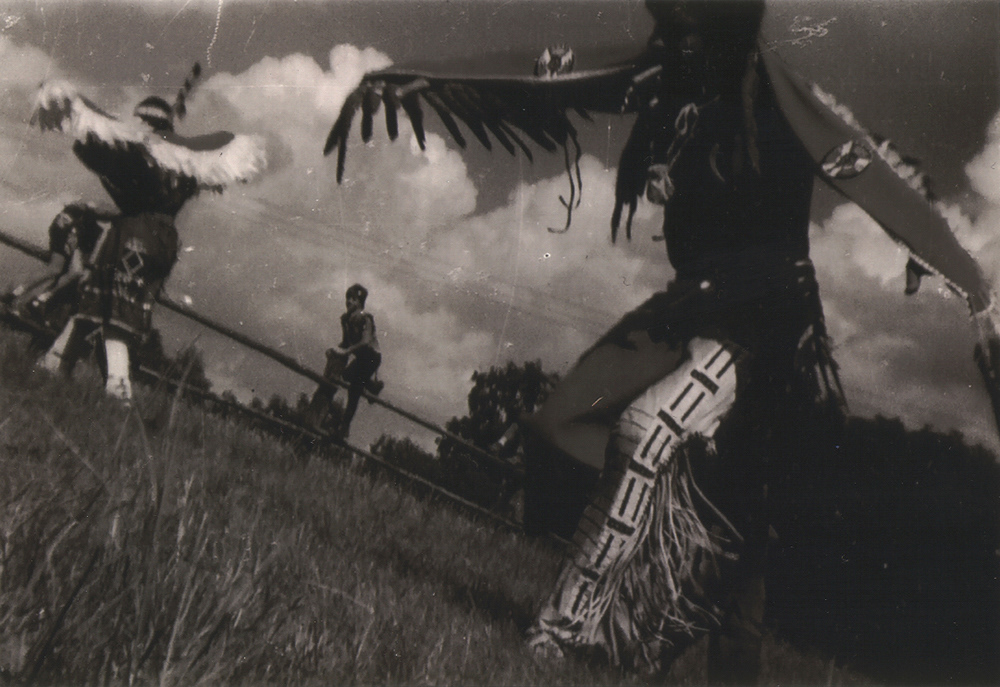
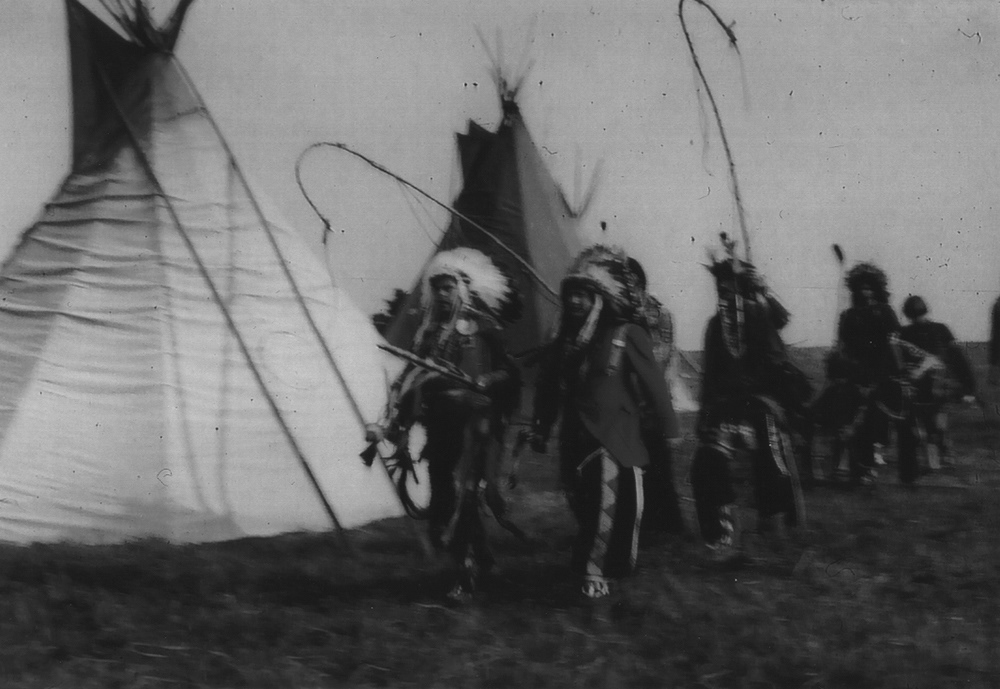
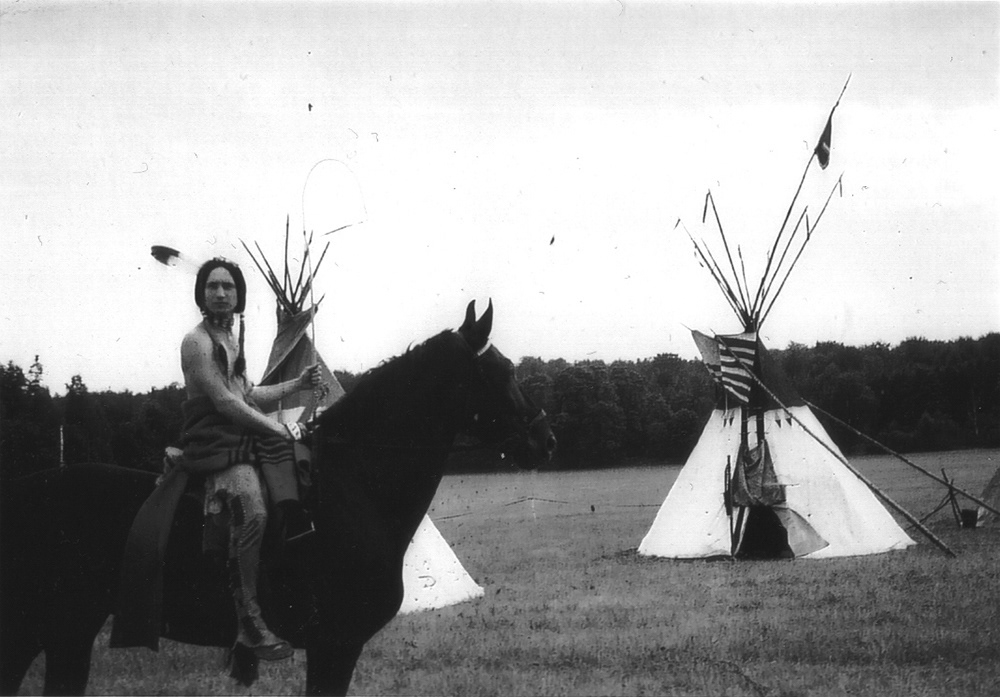
Click on the images to enlarge and more info
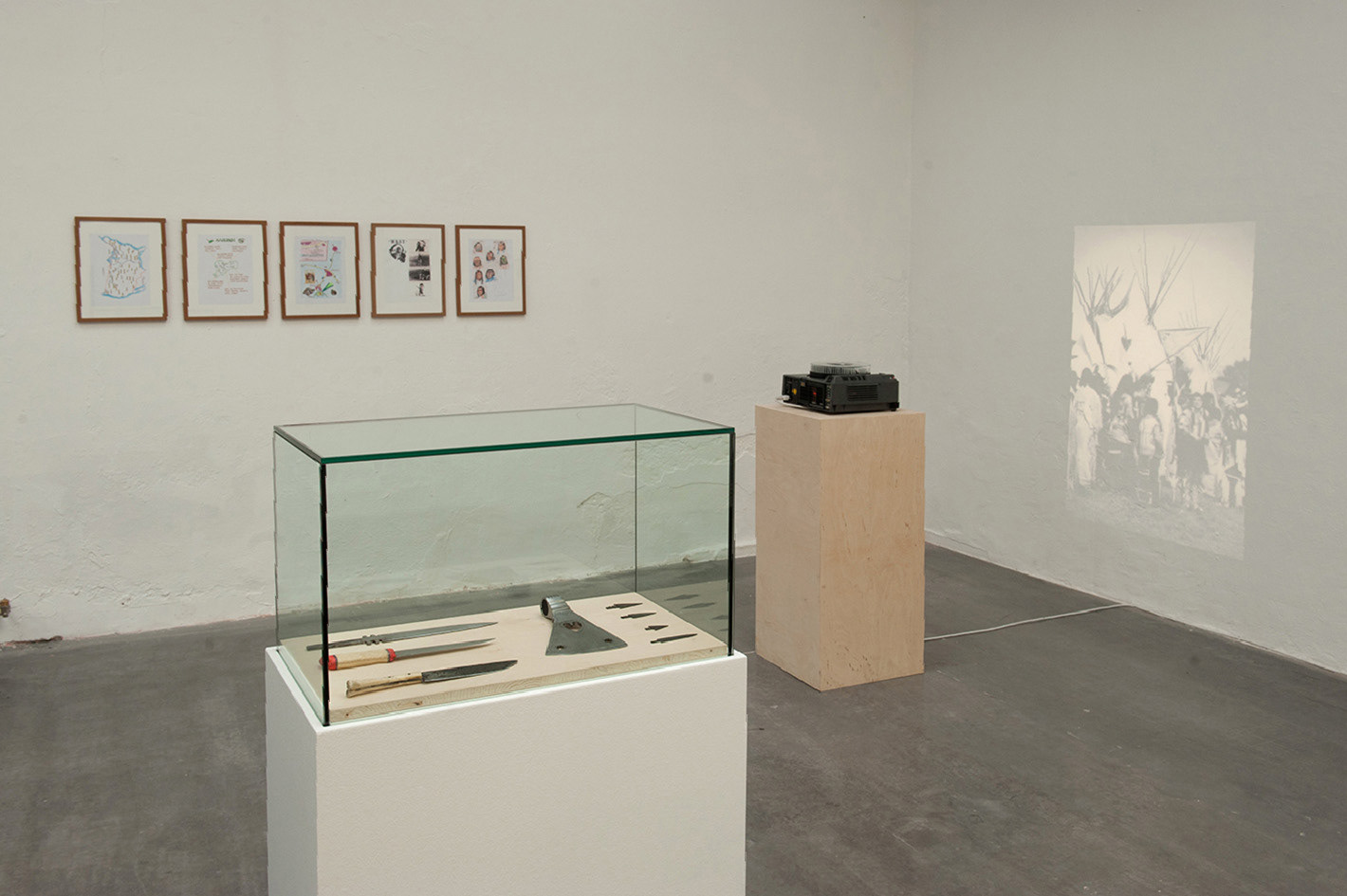
exhibition view, Lothringer Halle 13, 2012, Munich

Fig 1: beaded leather dress, beaded moccasins, beaded ankle band
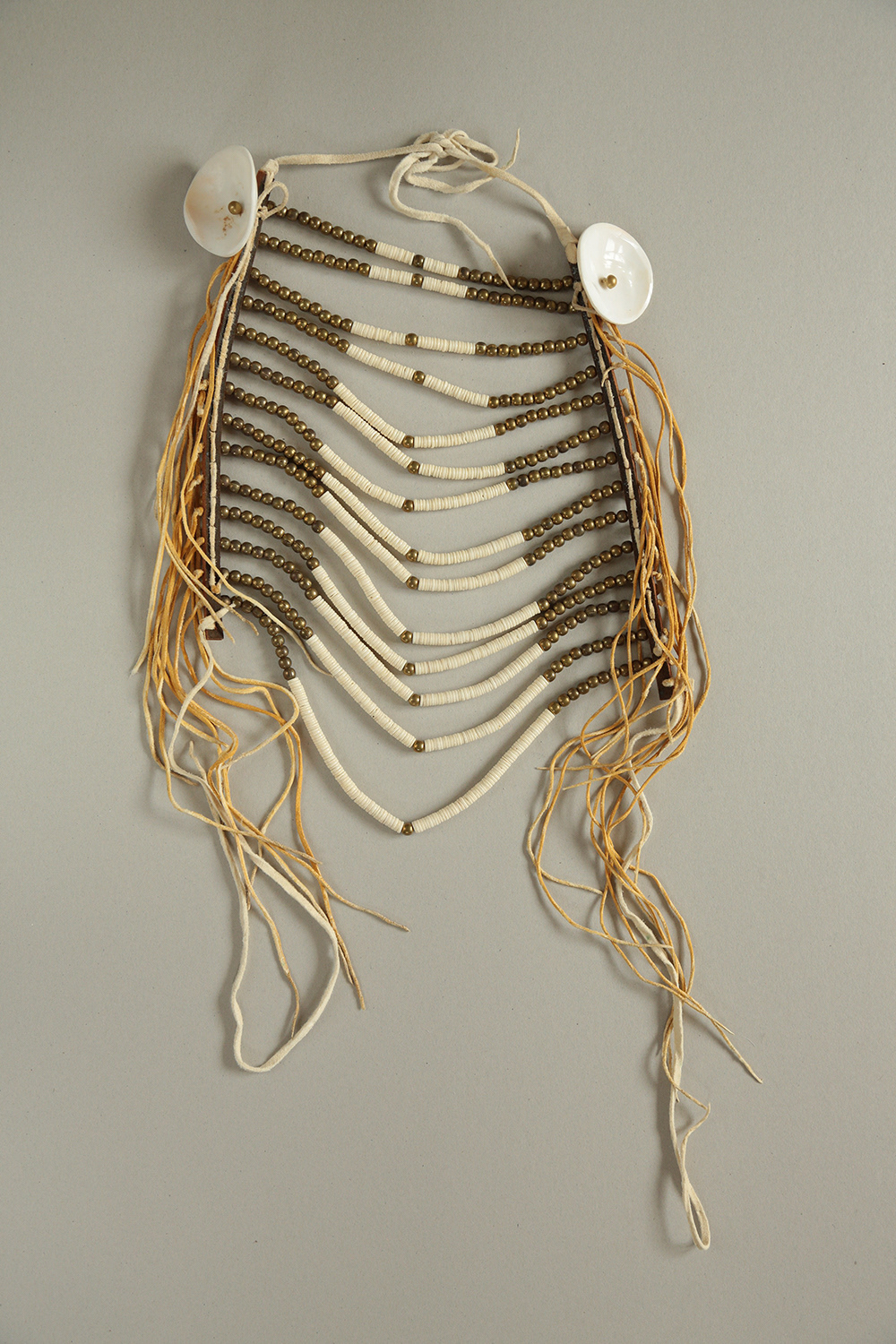
Fig 2: Crow loop necklace (leather, shell disks, globular brass beads)
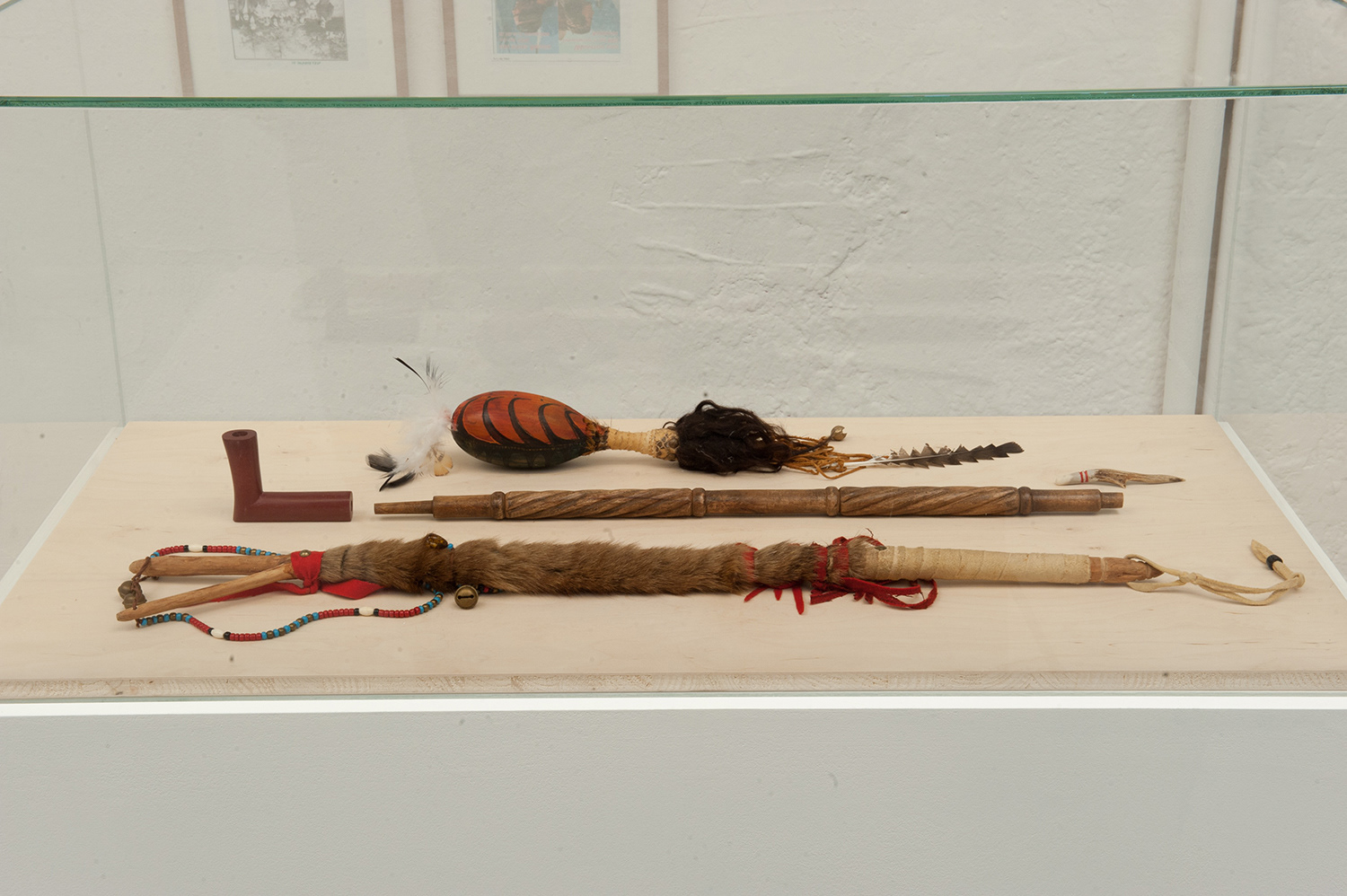
Fig 3: shaman stick, rattle, peace pipe peace pipe (wood, red pipe stone)
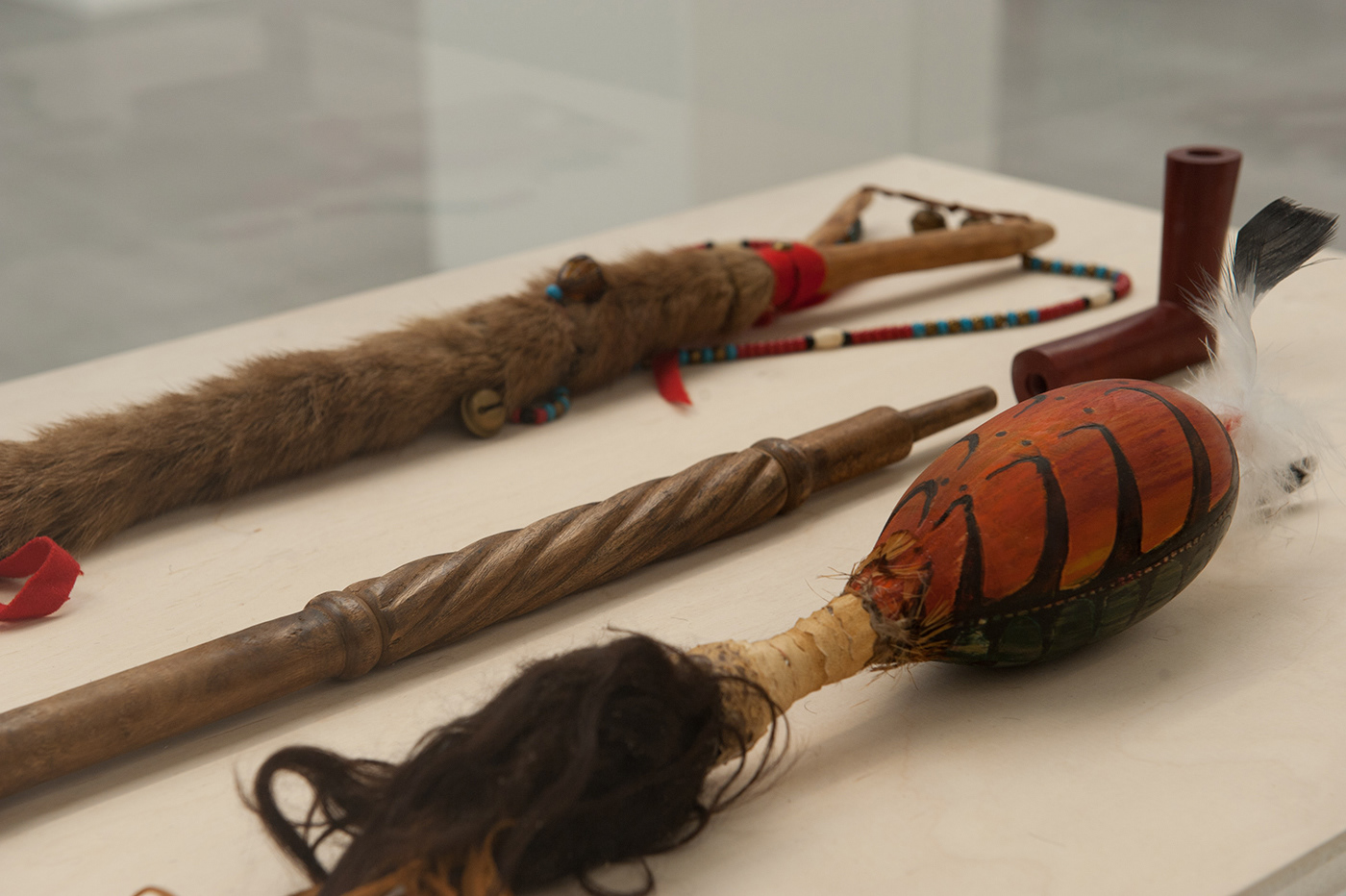
Fig 4: detail: shaman stick, rattle, peace pipe)

Fig 5: loincloth (leather, beads)

Fig 6: ankle band (leather, beads)

Fig 7: moccasins (leather, beads)
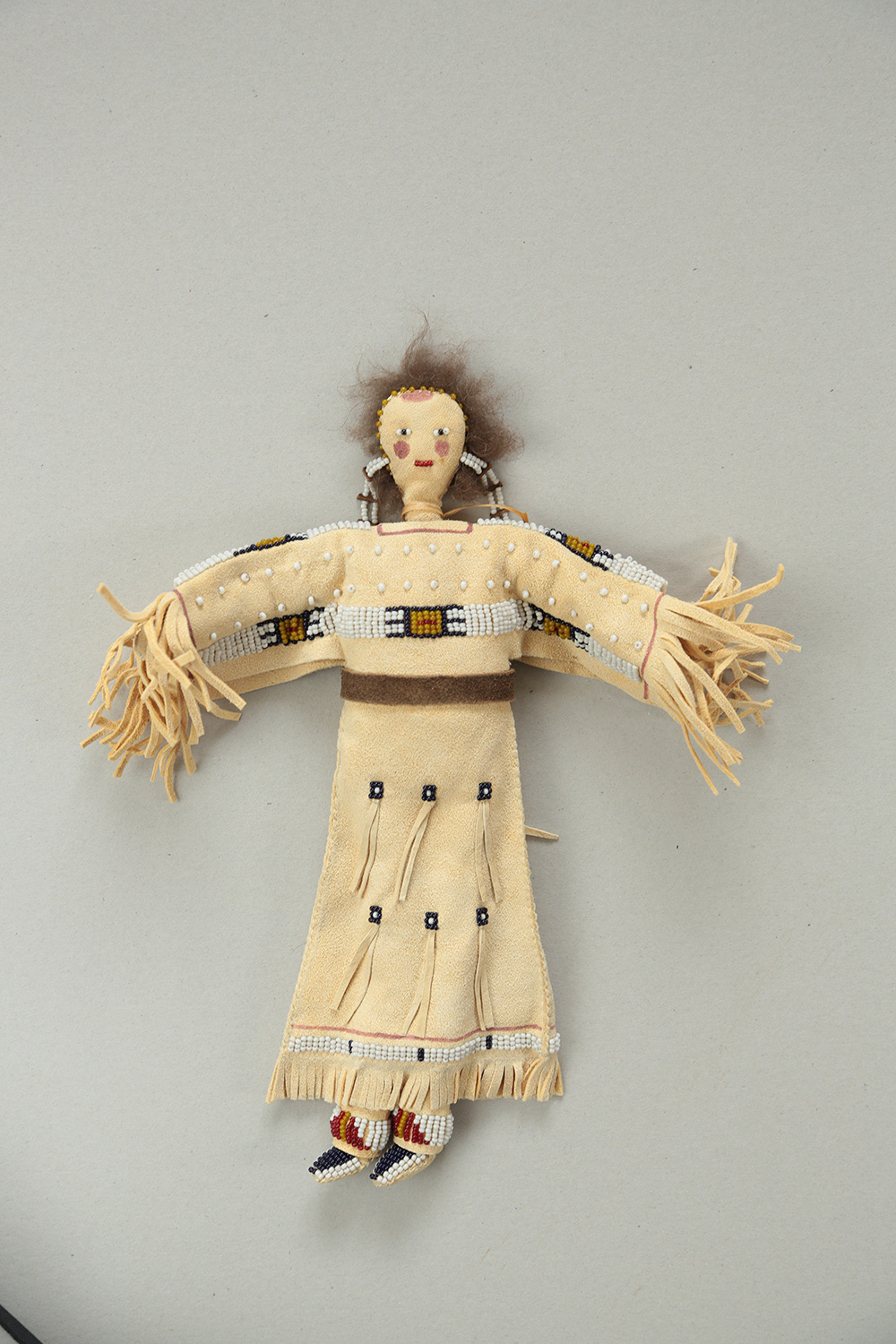
Fig 8 doll, (leather, hair, quill)

Fig 9: Iroquois club (wood, metall)

Fig 10: loincloth, belt, doll, necklace

Fig 11: ball war club, Iroquois club, shaman stick, pipe tomahawk
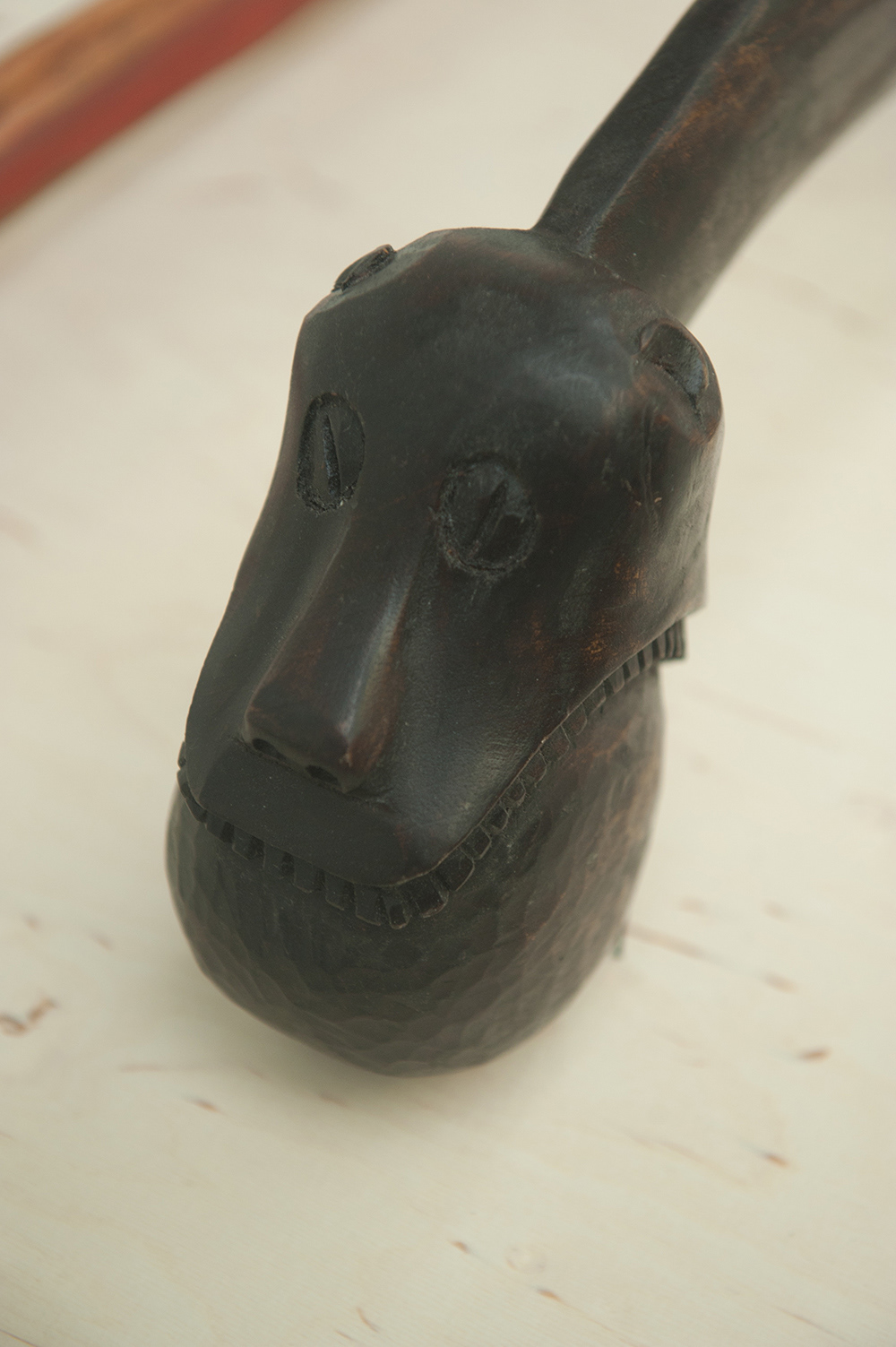
Fig 12: detail: ball war club (wood)

Fig 13: ball war club, Iroquois club, shaman stick, pipe tomahawk
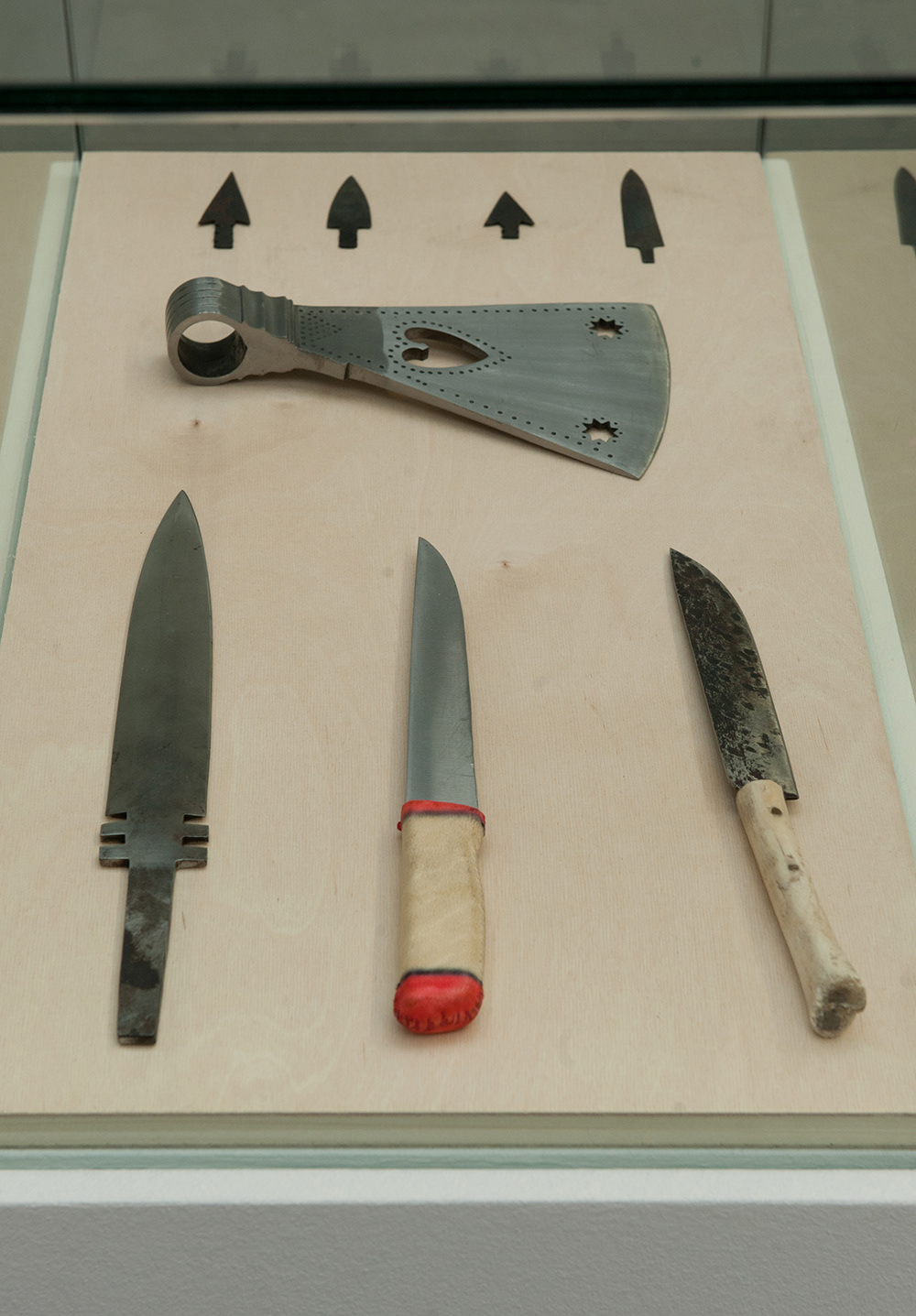
Fig 14: knife with bone hilt, Missouri battle blade, forged spearhead, kitchen knife
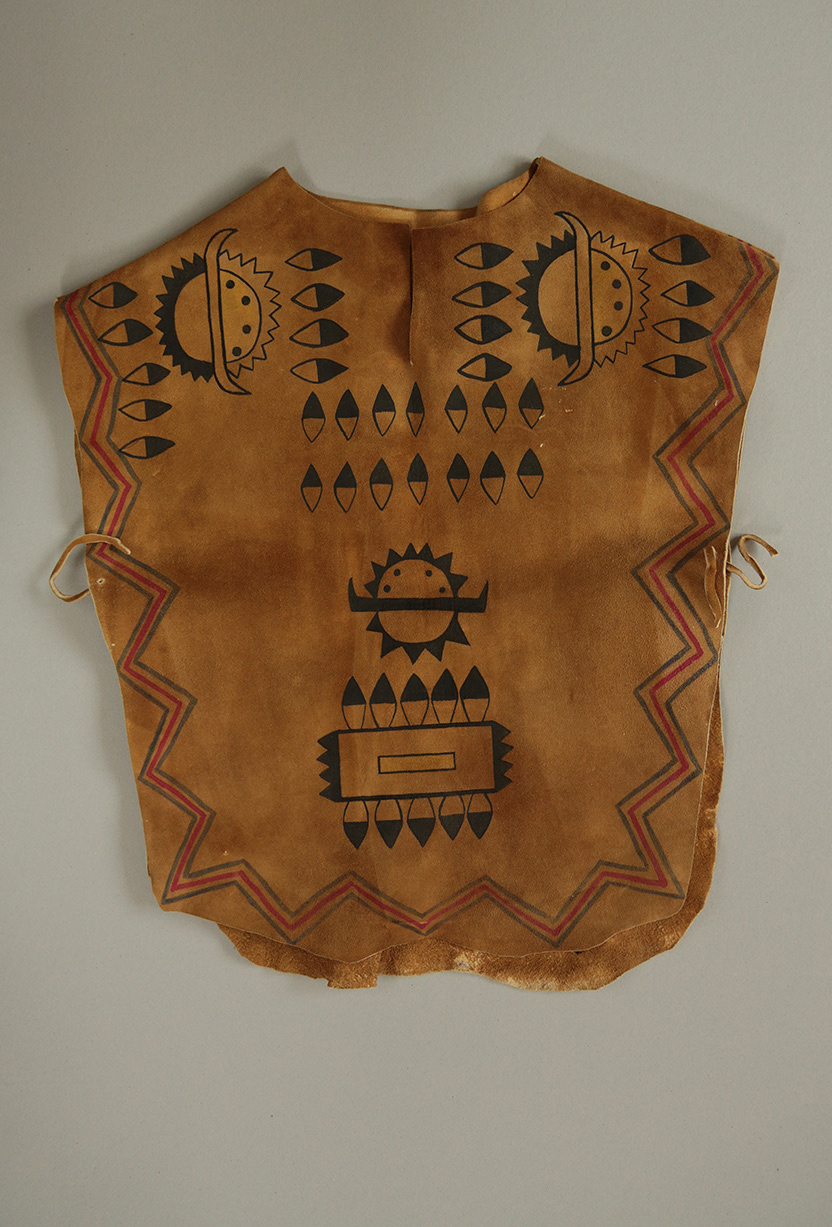
Fig 15: hand painted vest, leather
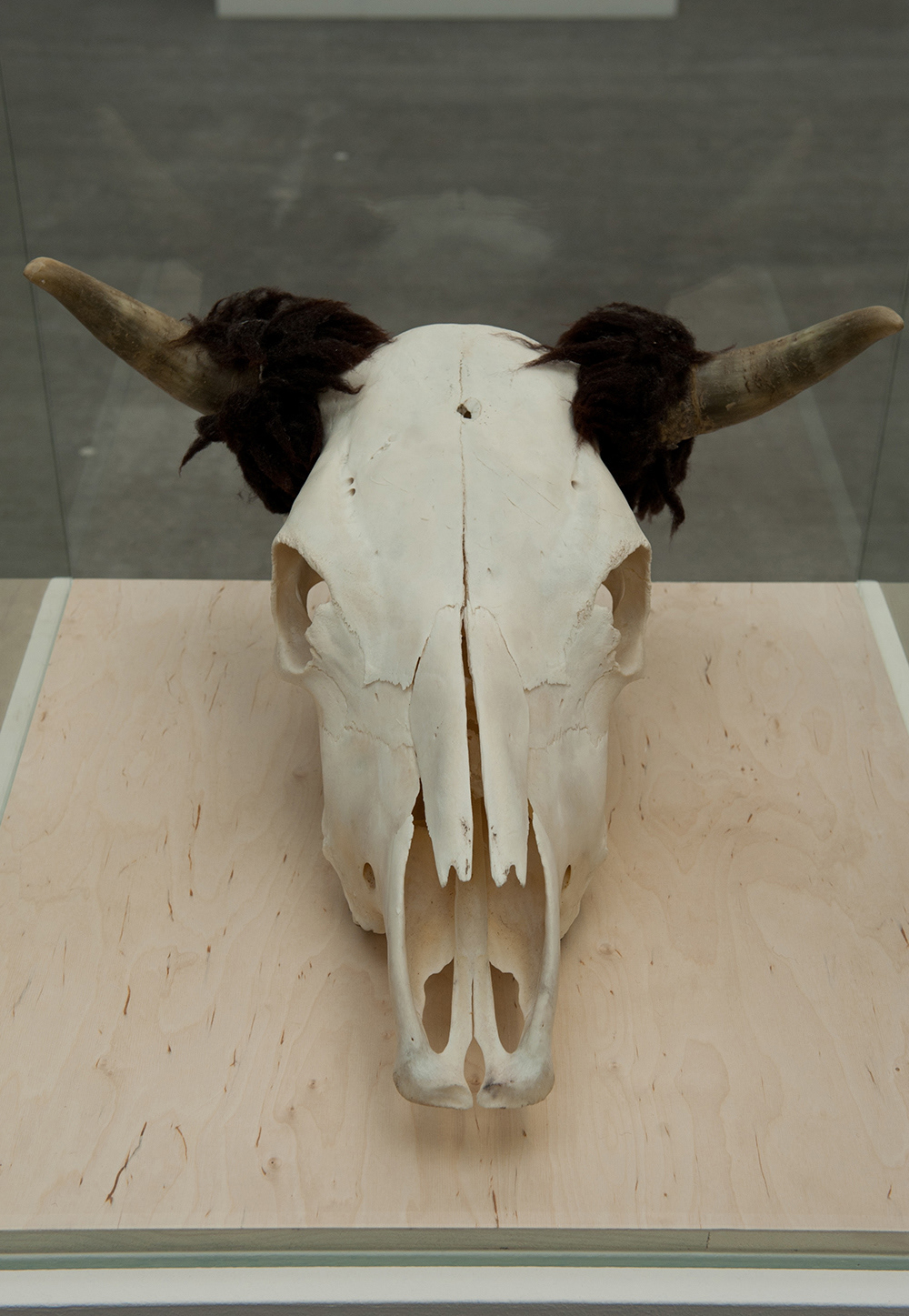
Fig 16: cow skull, bison horns
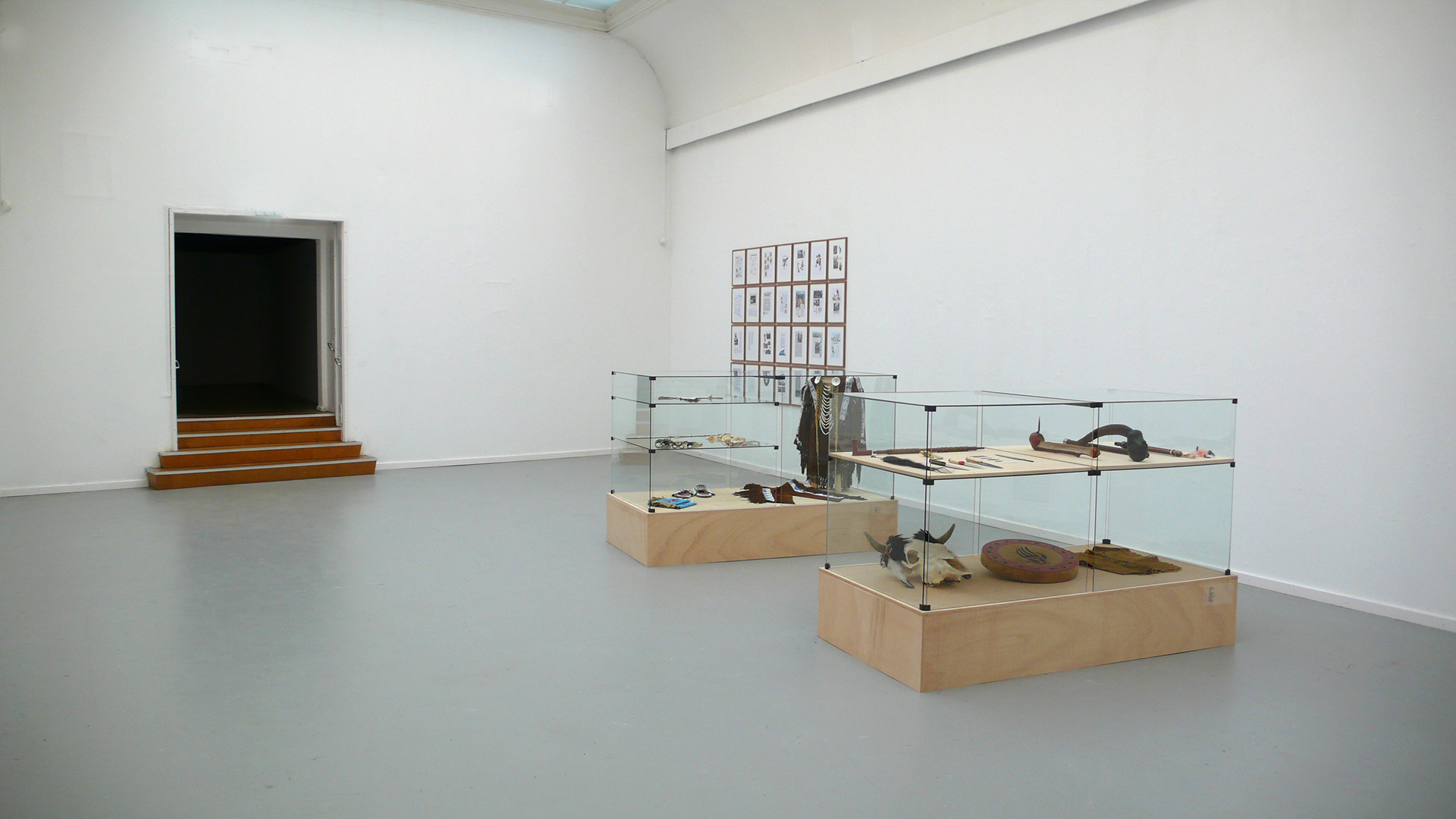
exhibition view, German Indian, 'Villains & Heroes' (Sascha Pohle, Marco Pando), Arti et Amicitae, 2010, Amsterdam

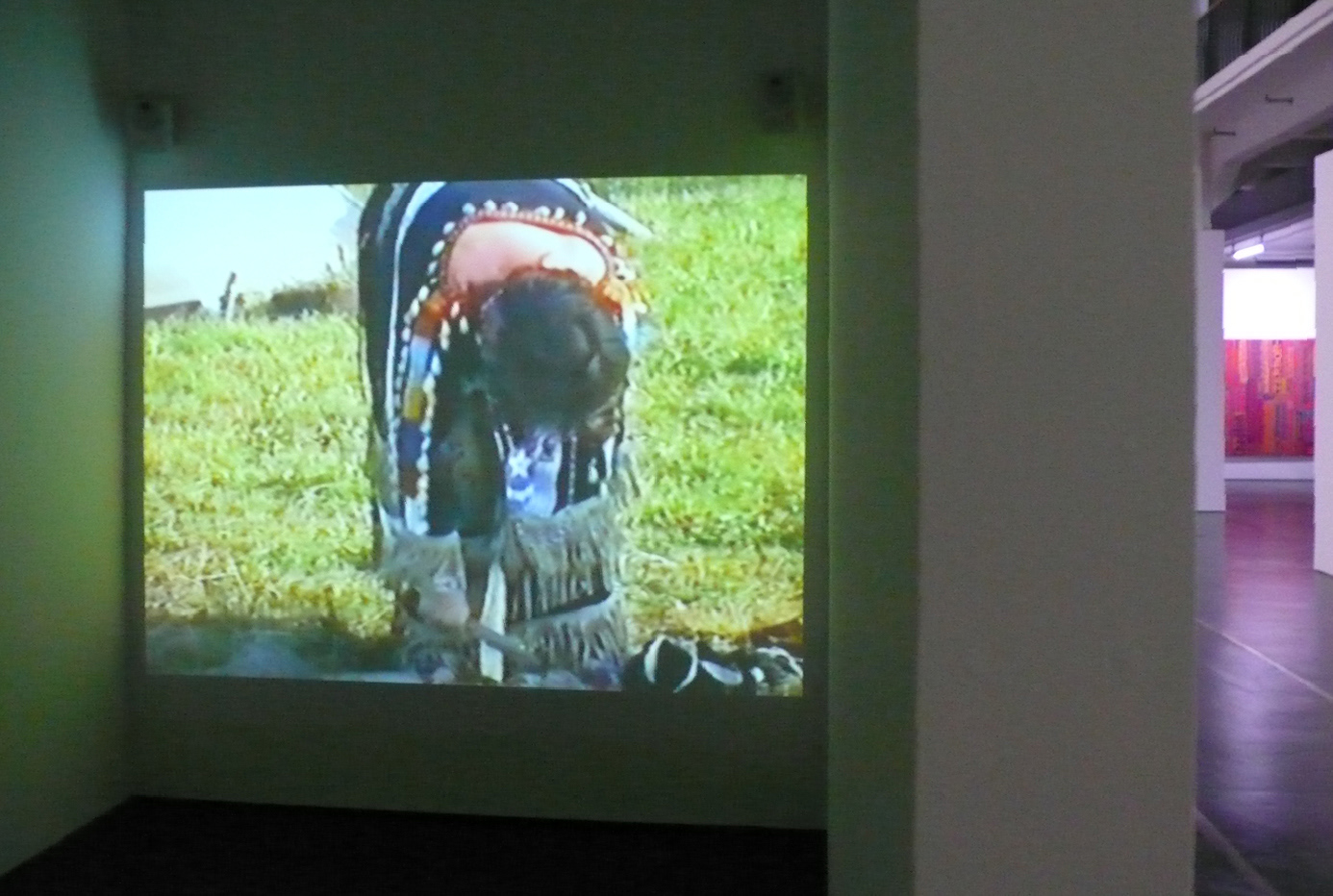
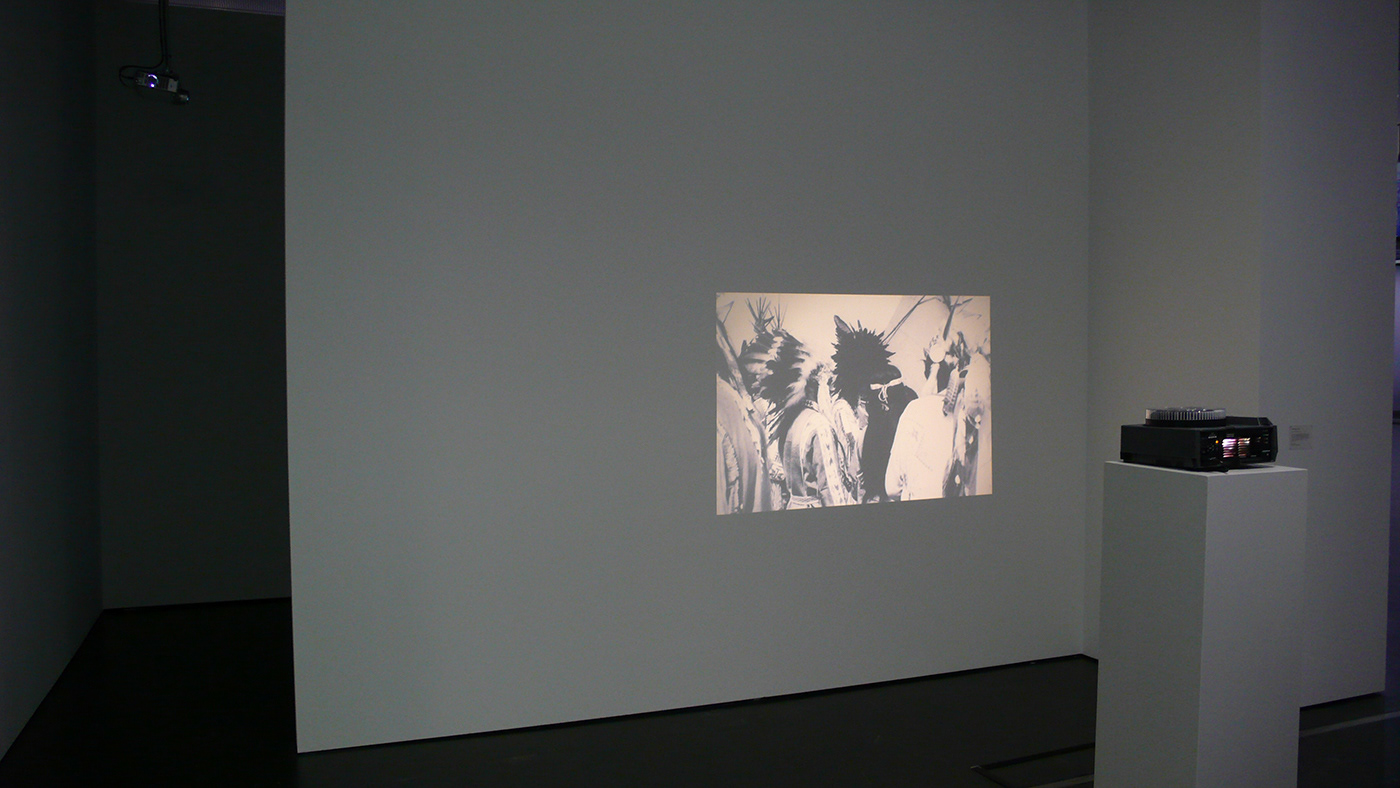
Vertrautes Terrain Aktuelle Kunst in & über Deutschland, ZKM, Karlsruhe, 2008
Vertrautes Terrain Aktuelle Kunst in & über Deutschland, ZKM, Karlsruhe, 2008
2007 +Plus+, Vordemberge-Gidewart, Museum Wiesbaden und Nassauischer Kunstverein
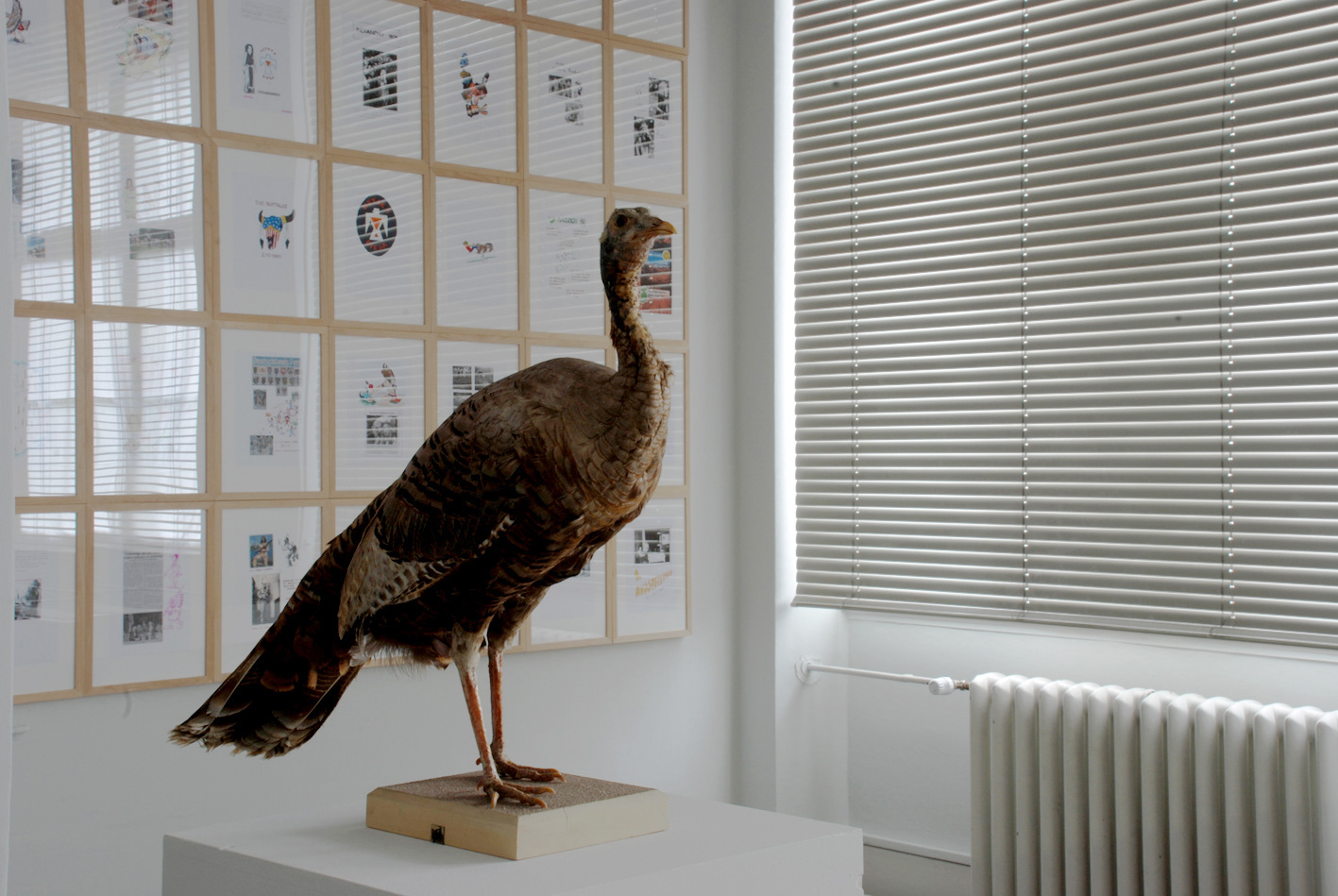
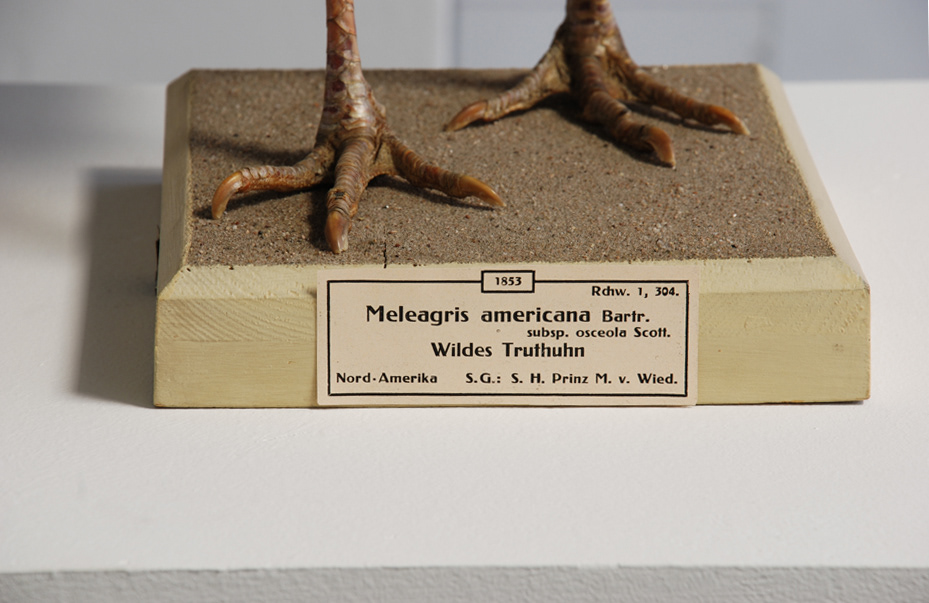
2007 +Plus+, Vordemberge-Gidewart, Museum Wiesbaden und Nassauischer Kunstverein


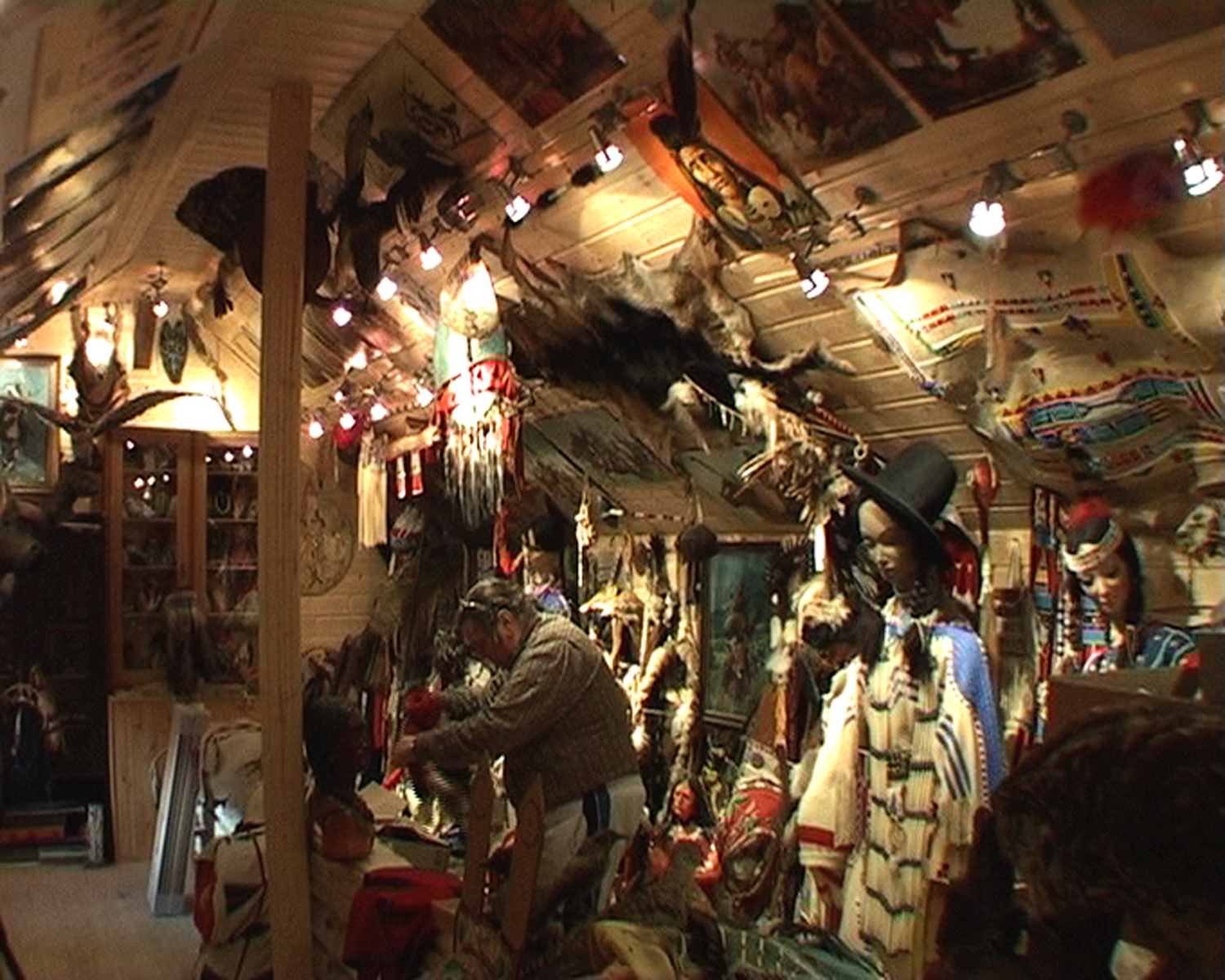
German Indian, 2005 -2010, video 25 min, German with English subtitles
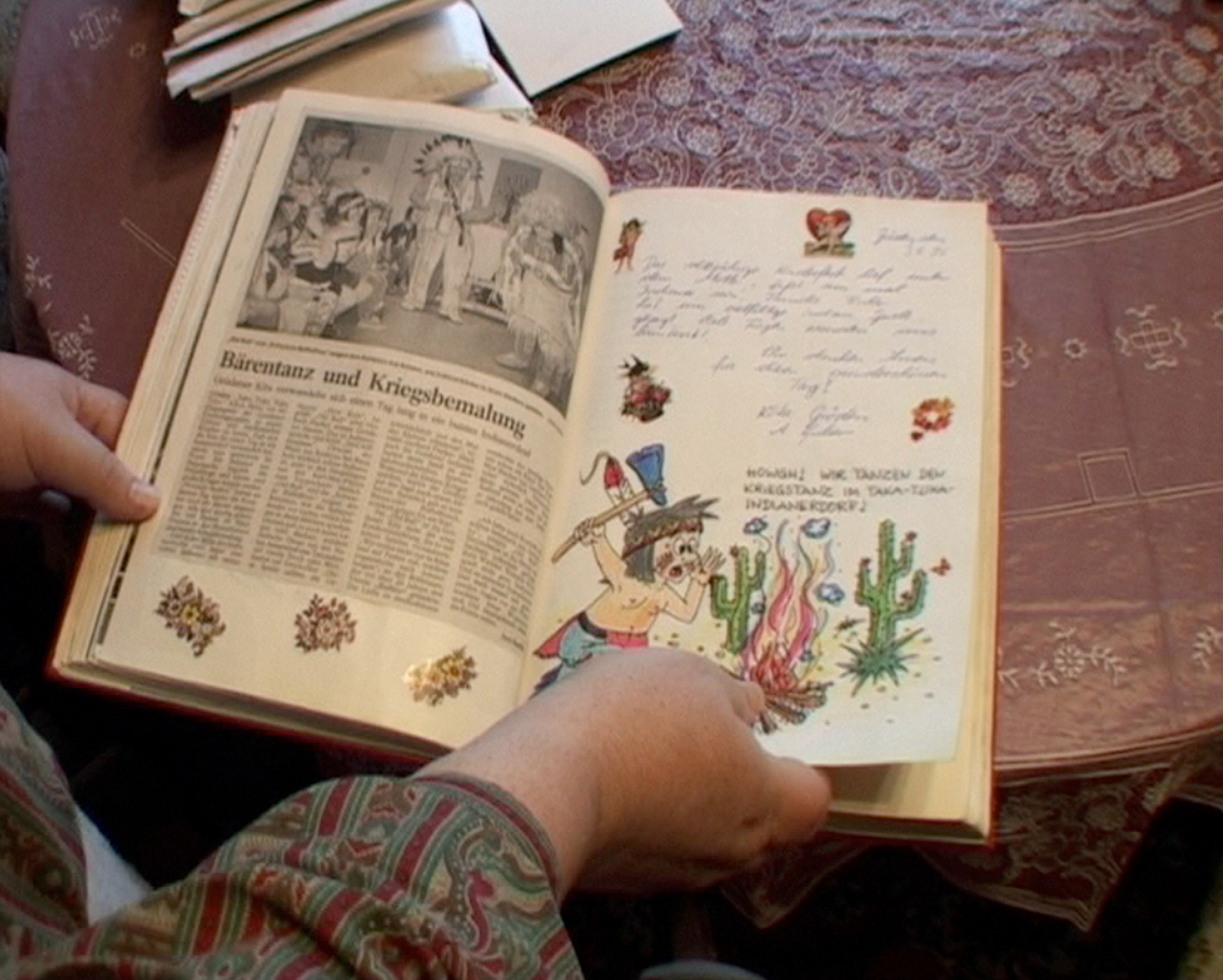
German Indian, 2005 -2010, video still
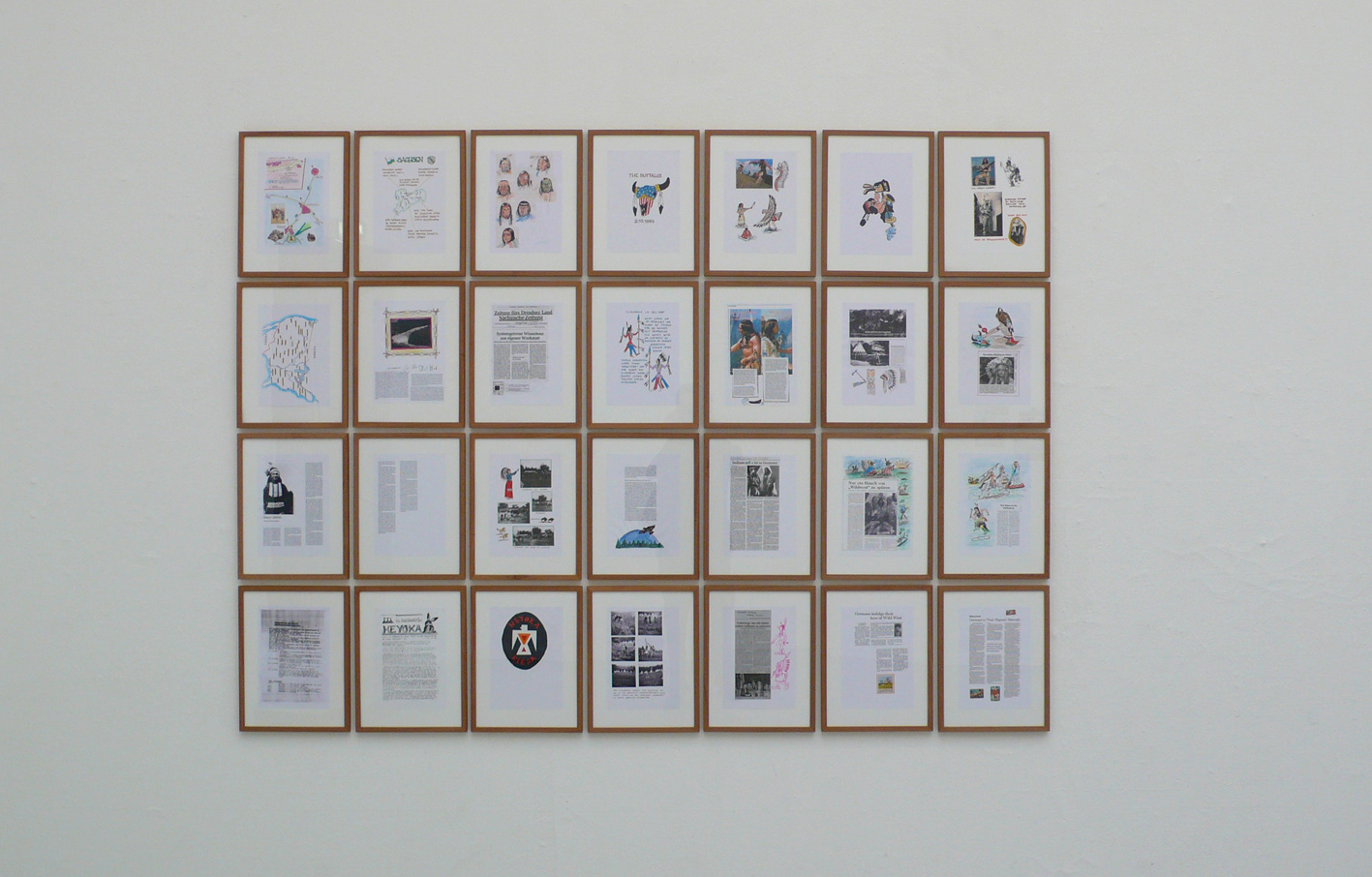
redrawings, DinA4, pencil, pen, felt marker, inkjet print
redrawings, DinA4, pencil, pen, felt marker, inkjet print
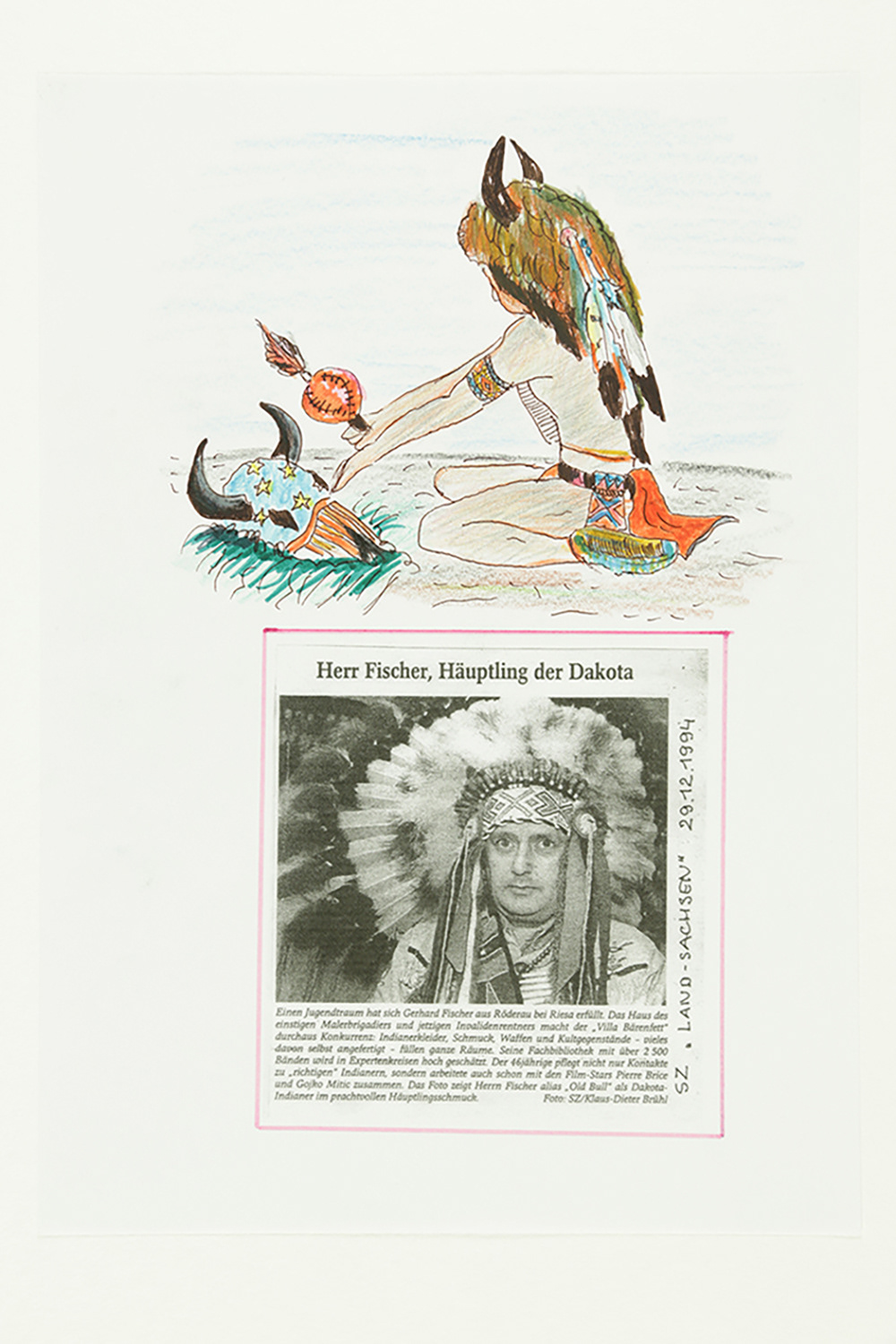




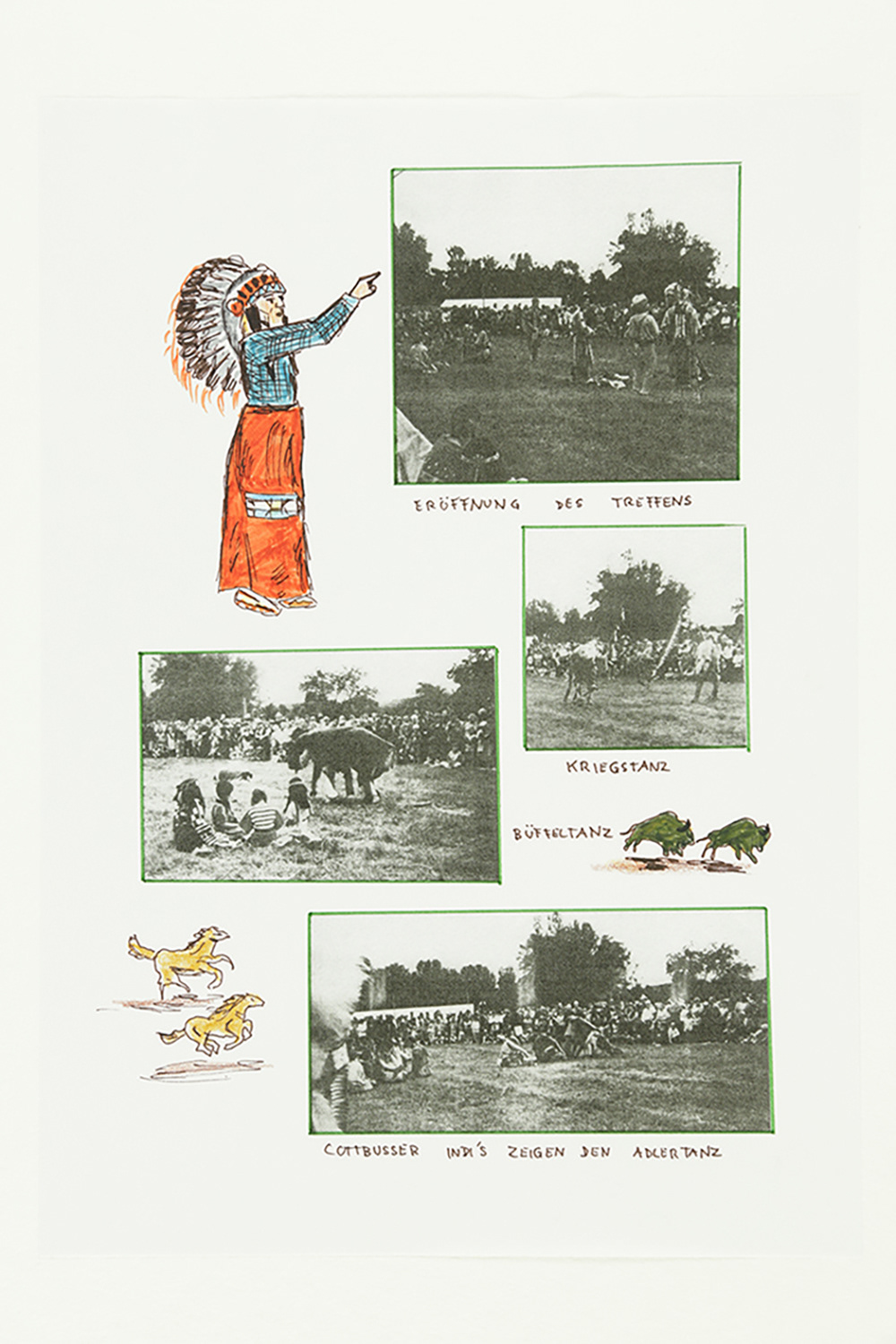

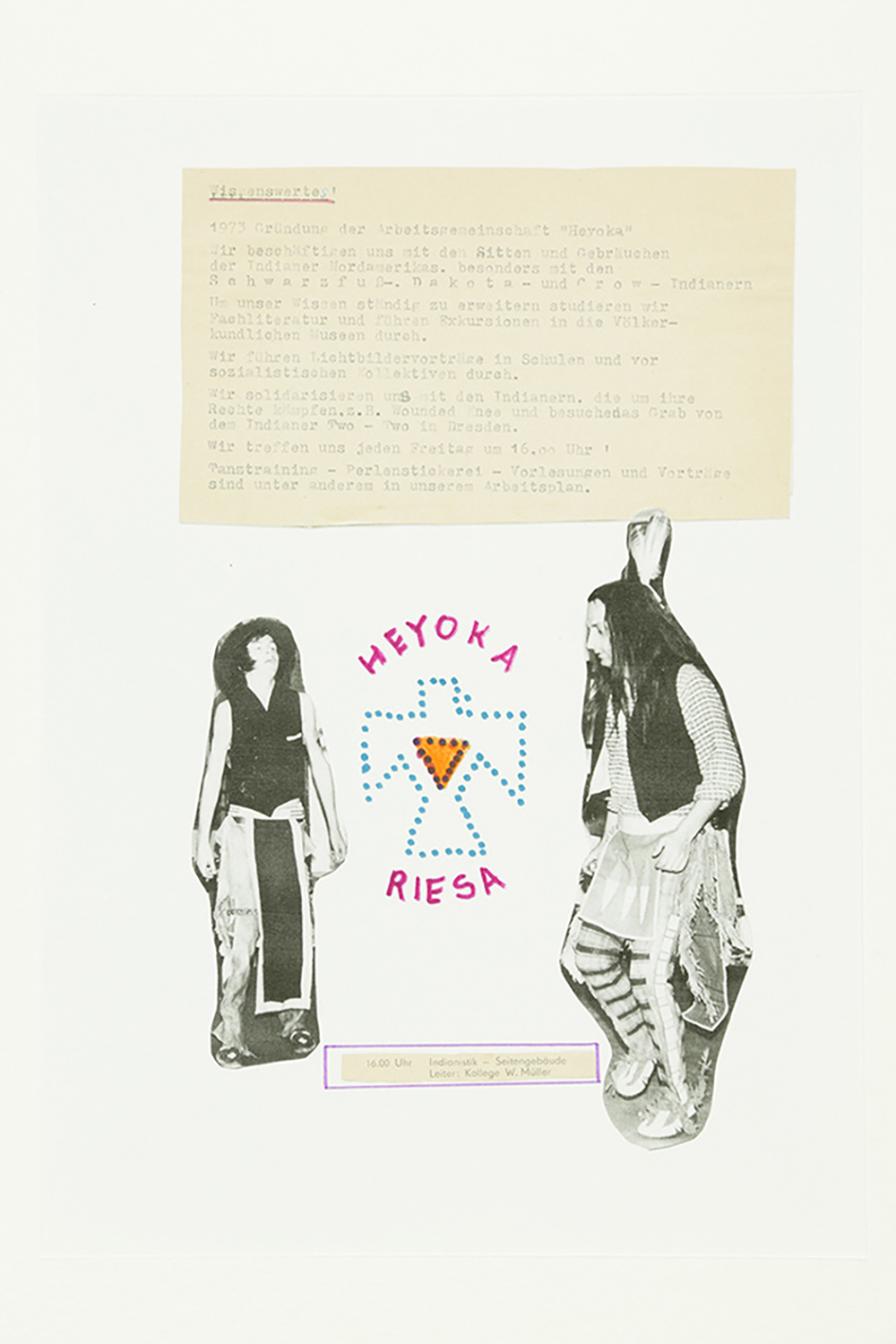
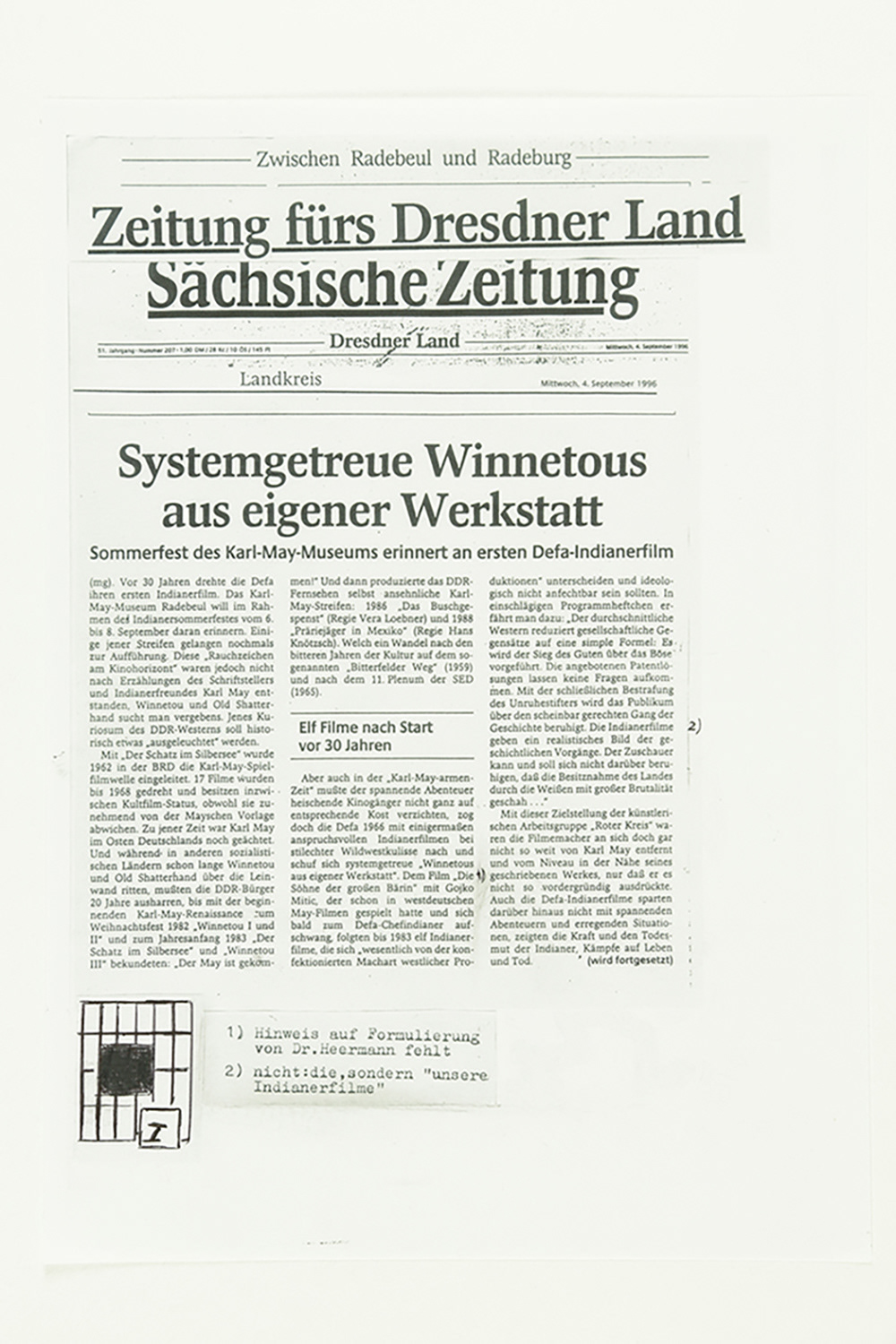


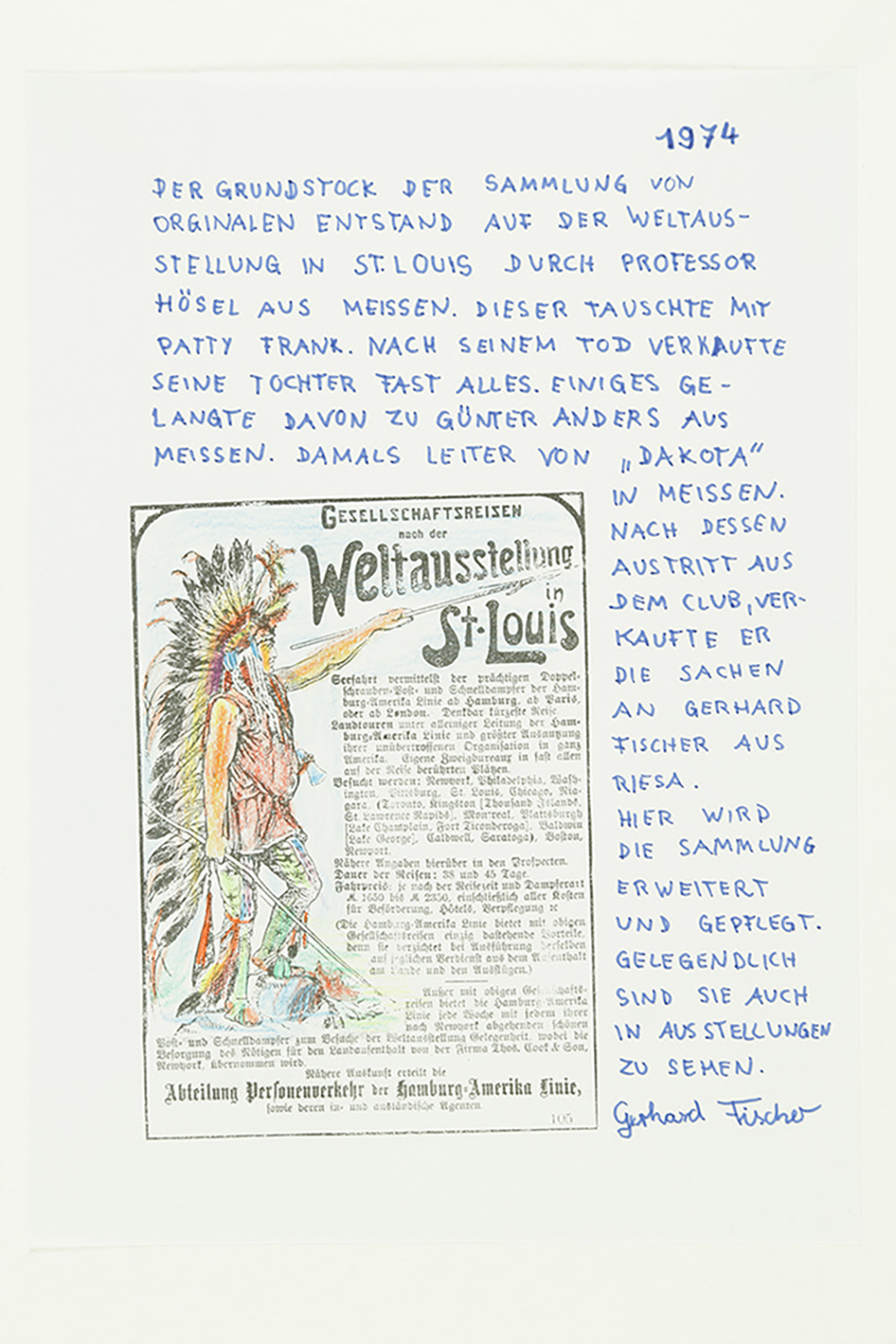
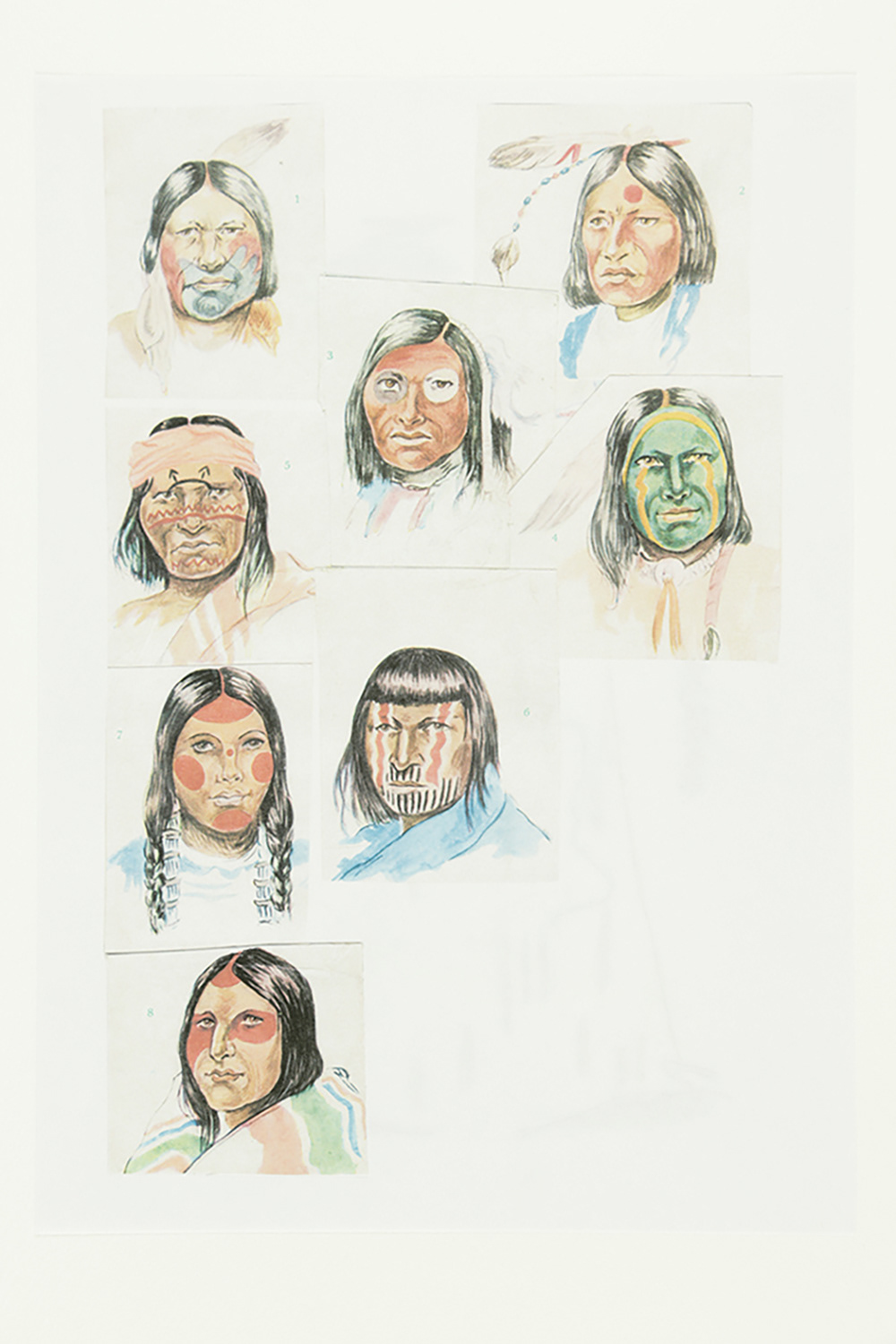
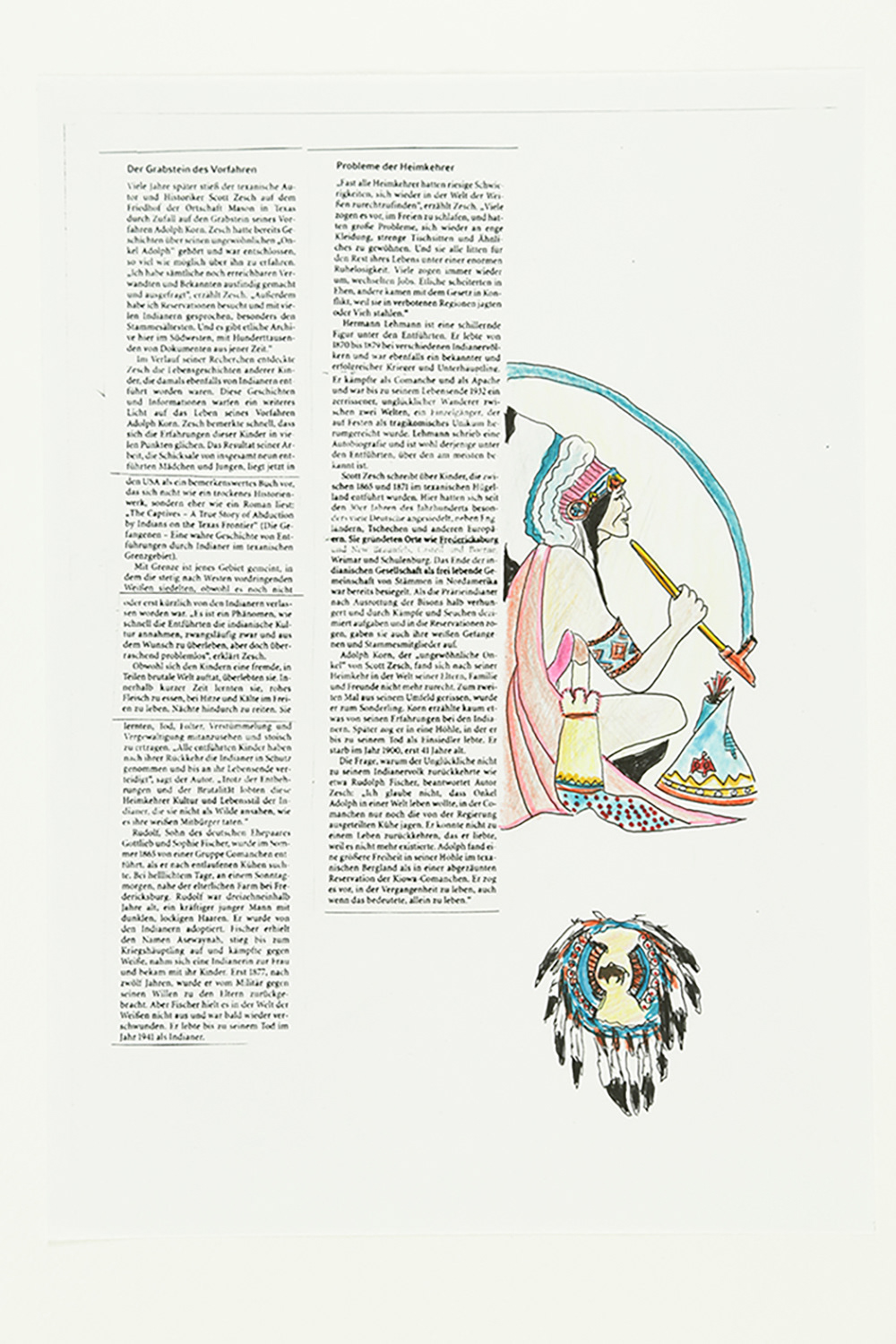
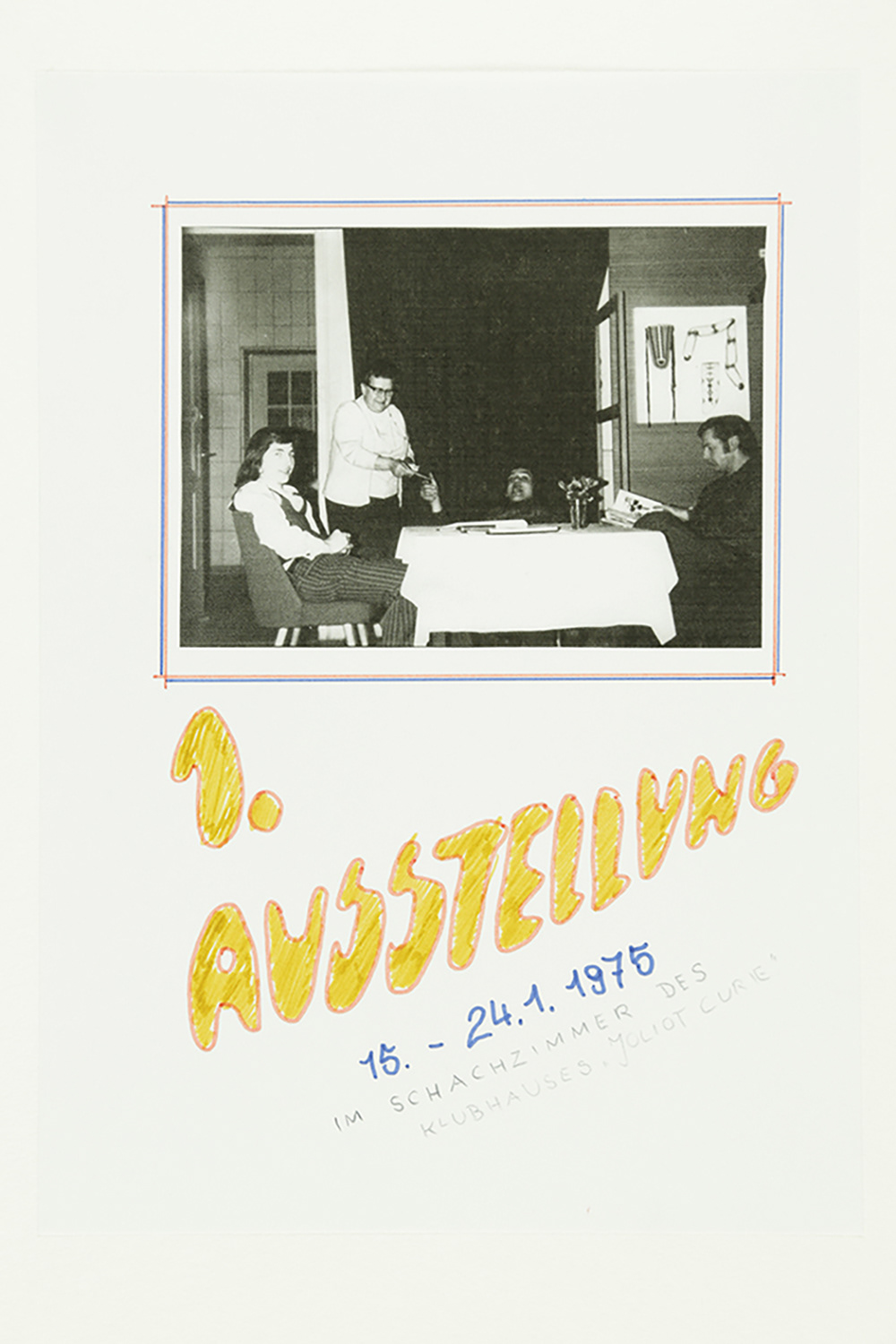
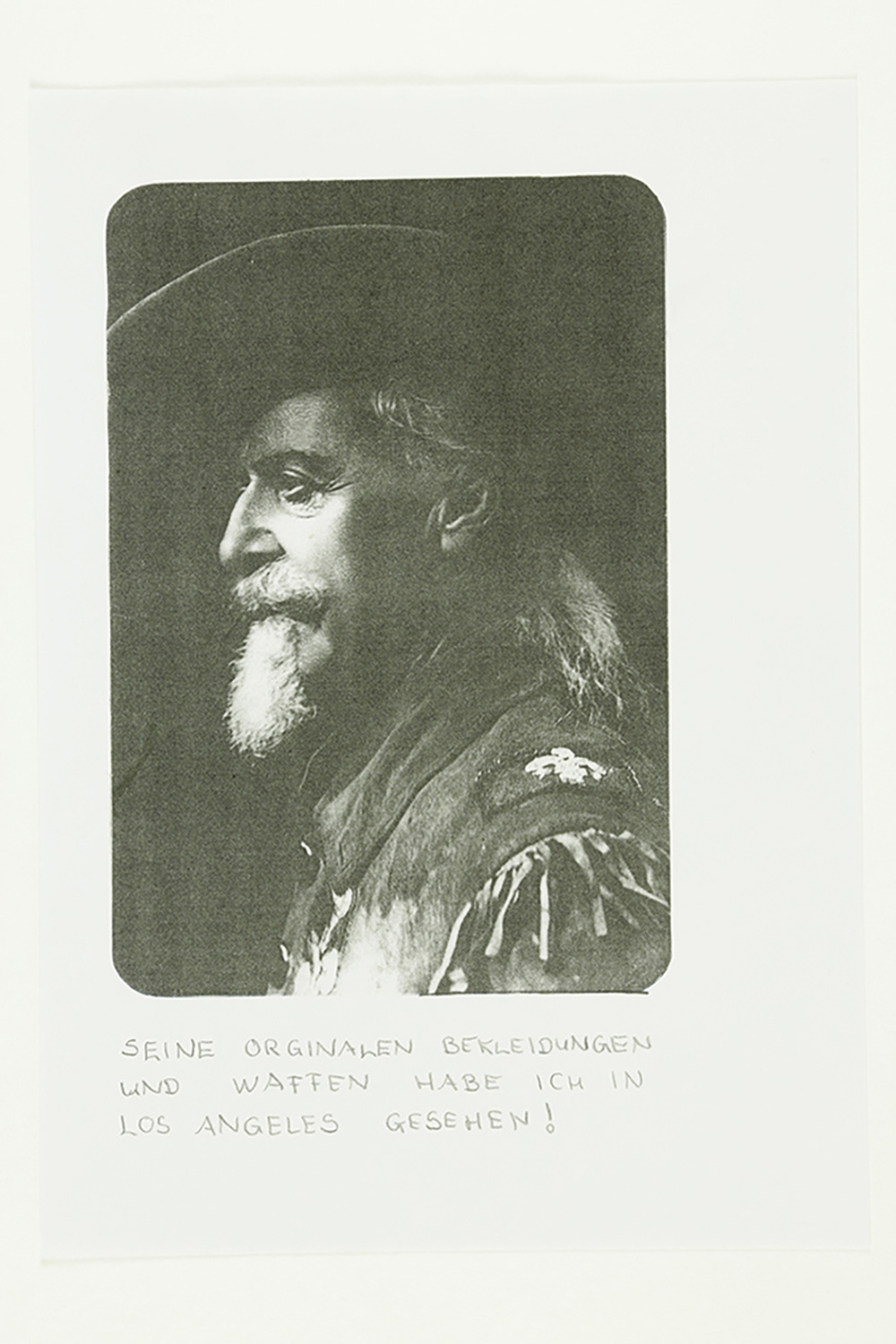
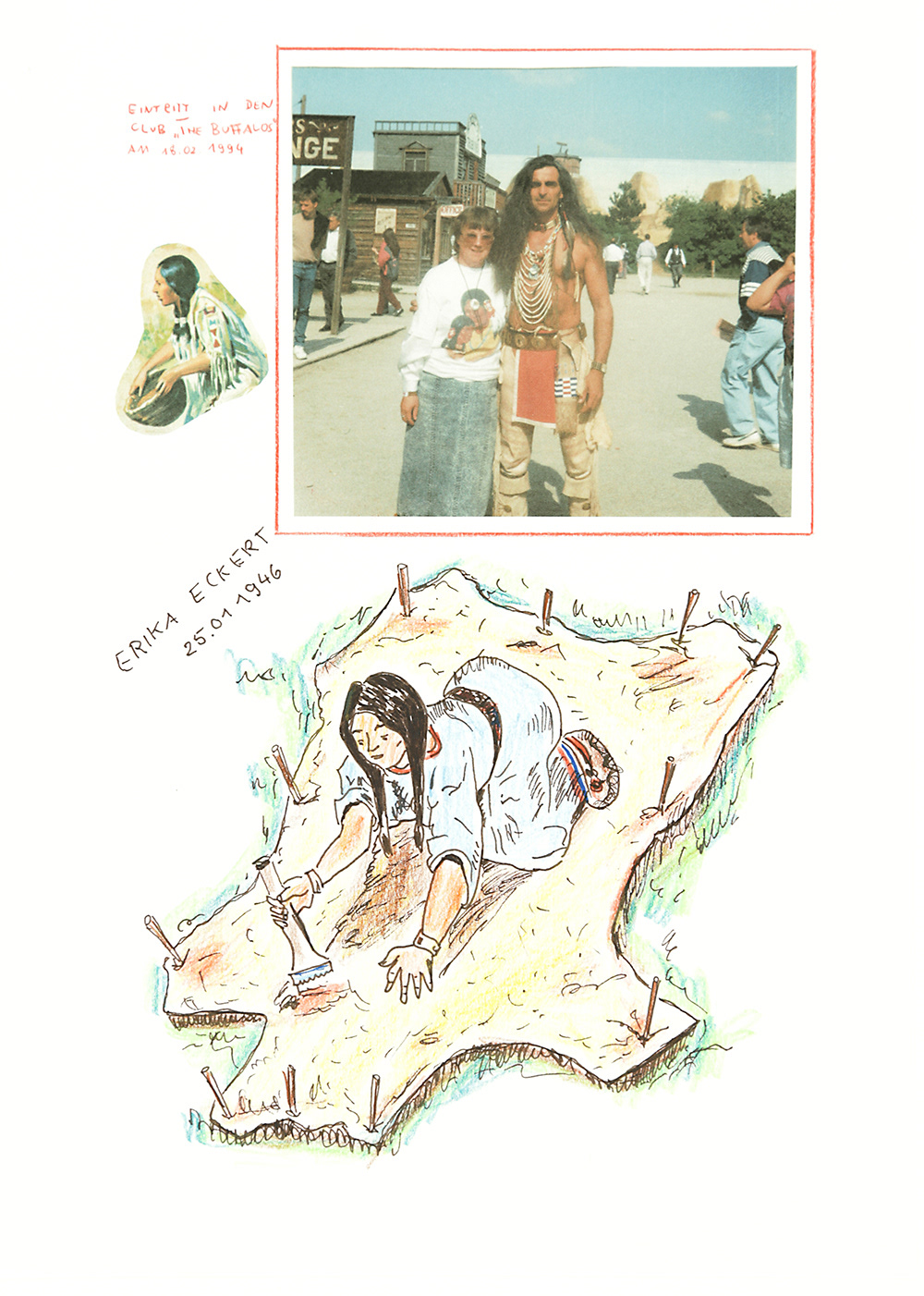
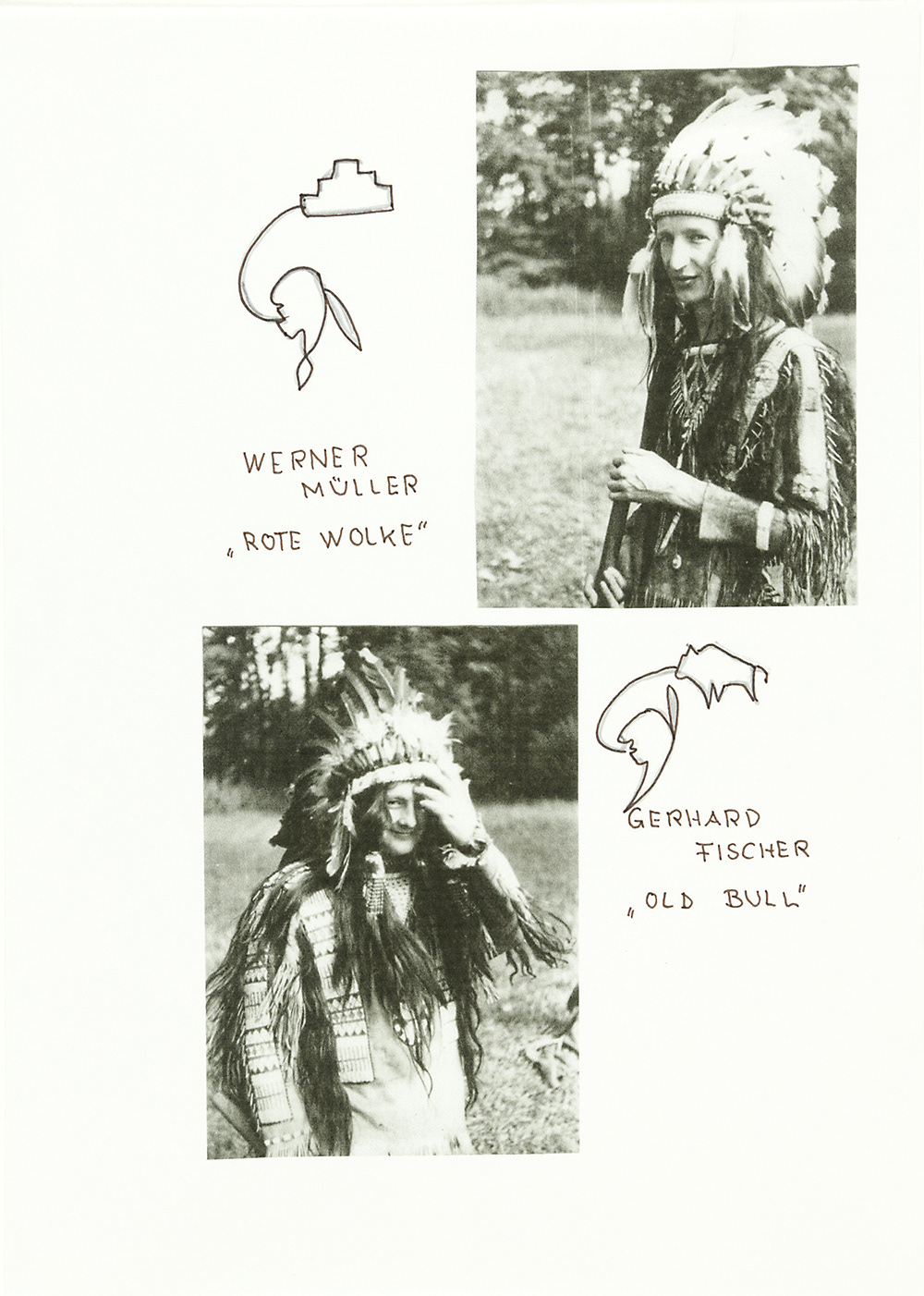

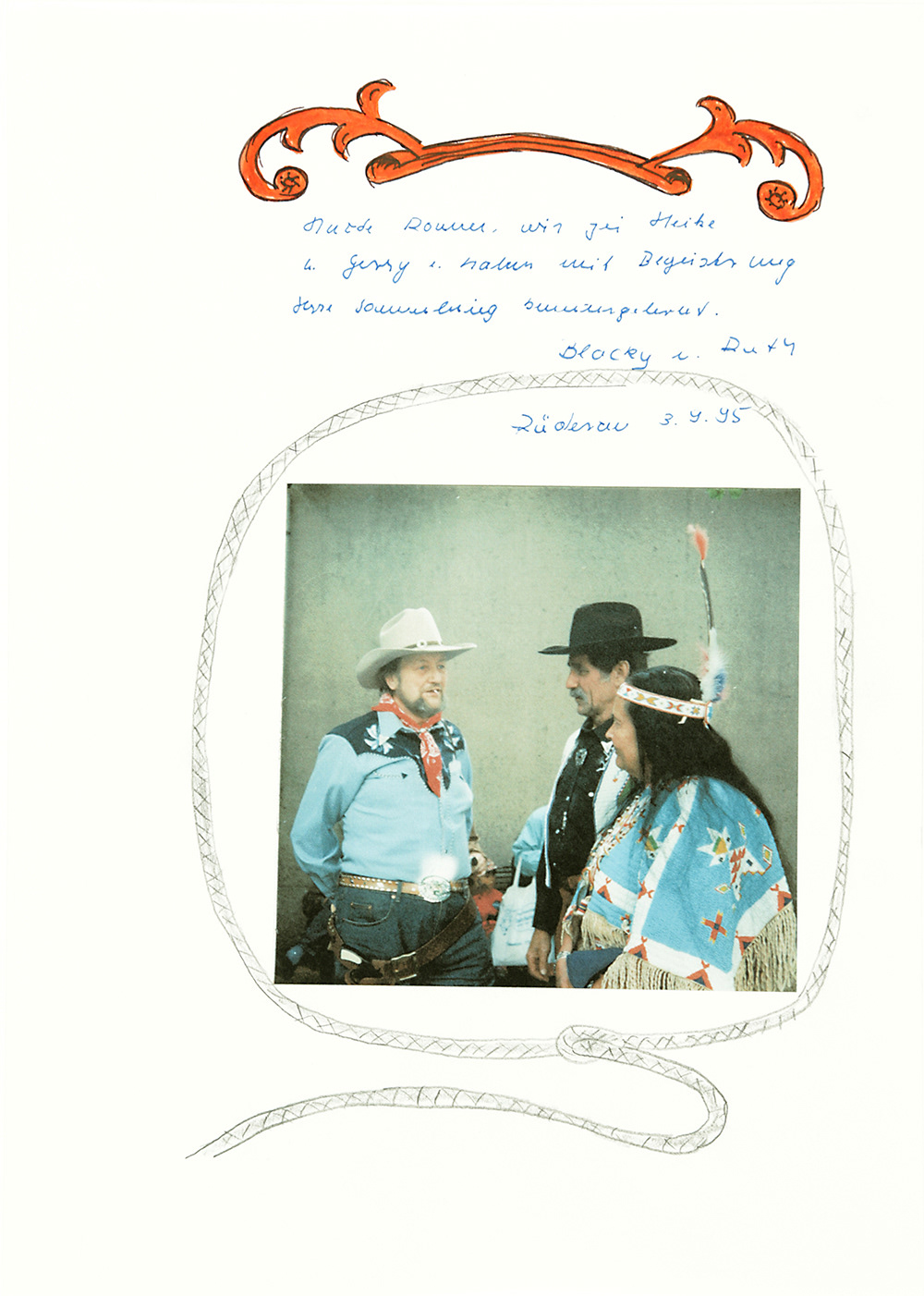
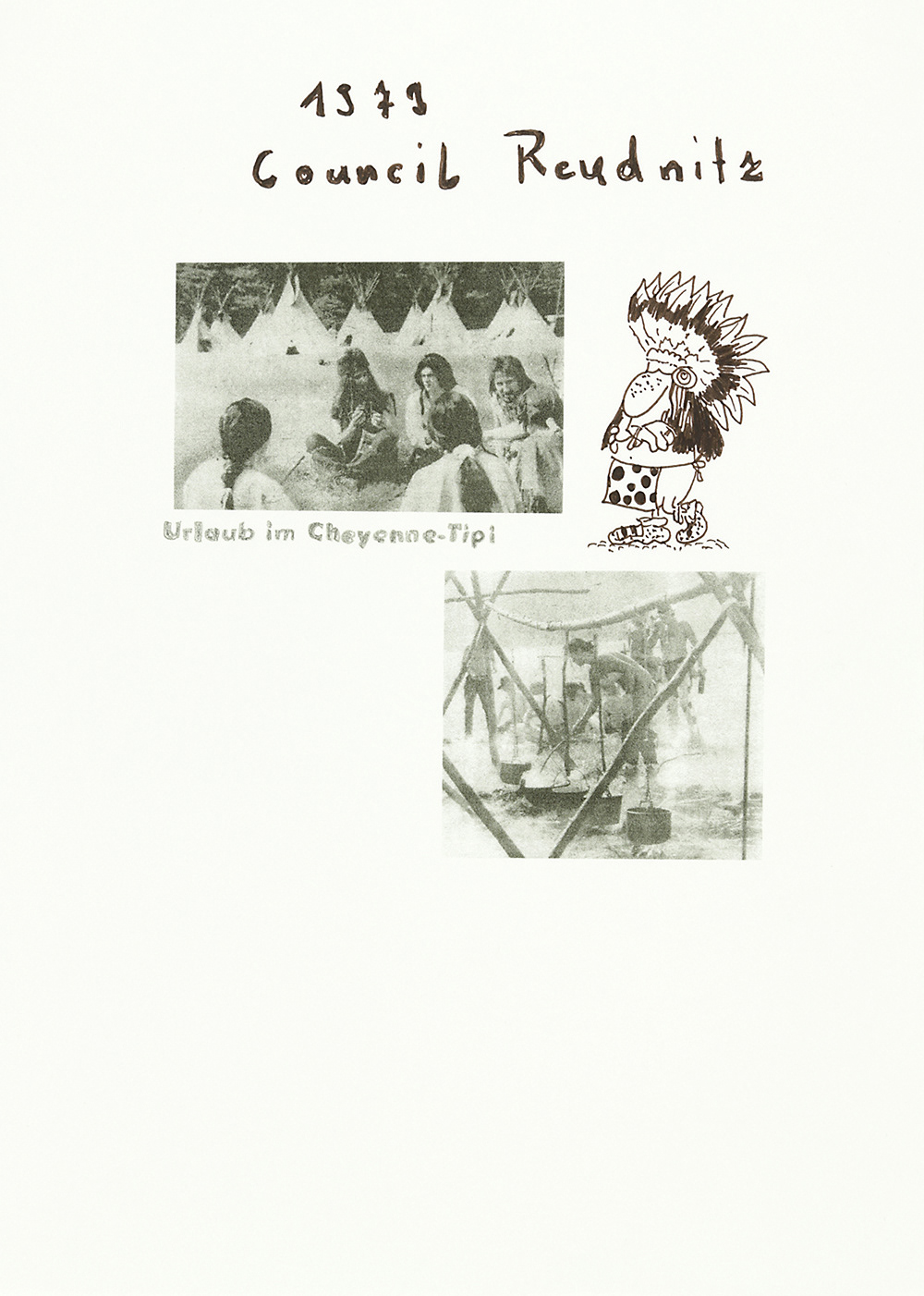



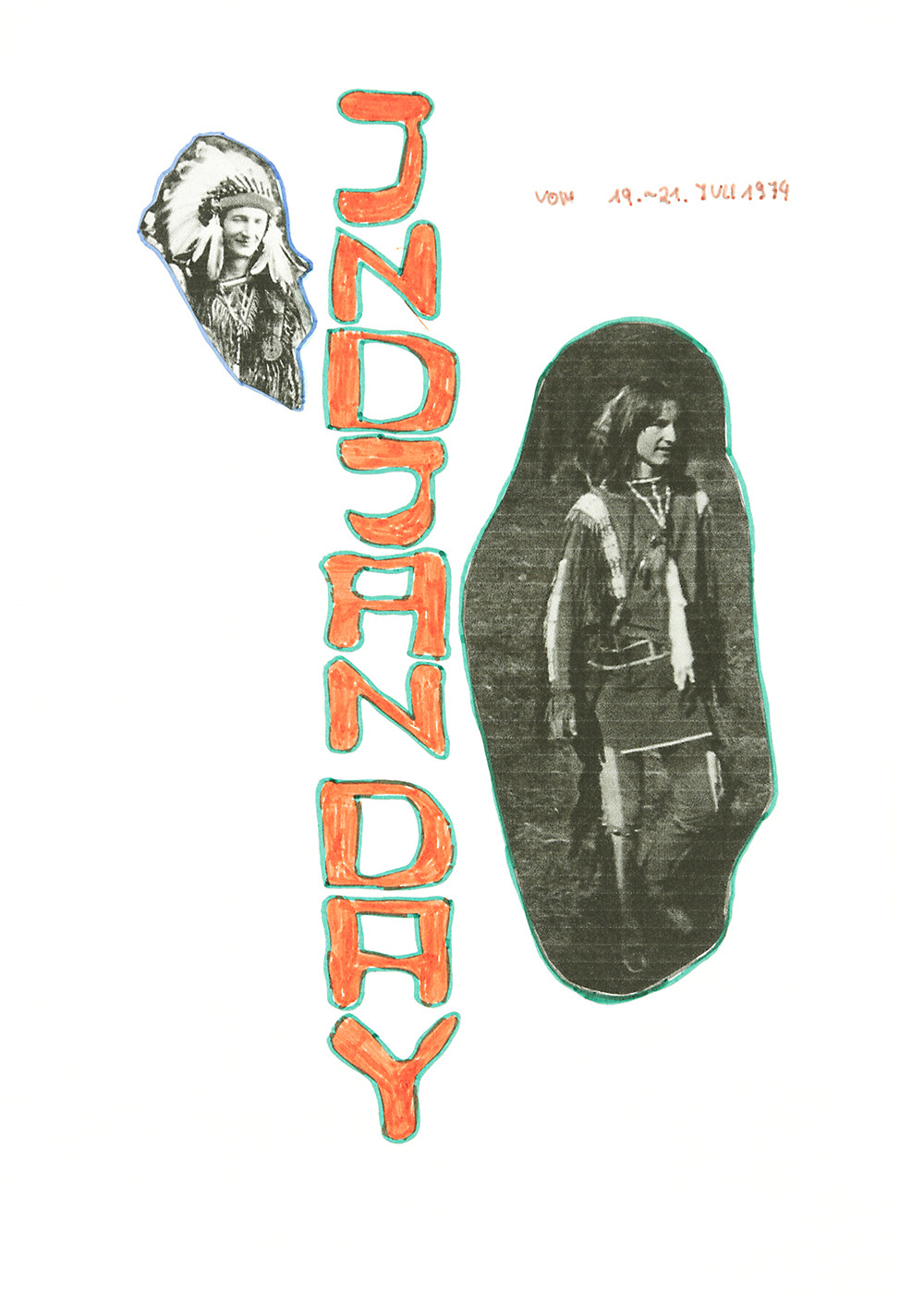
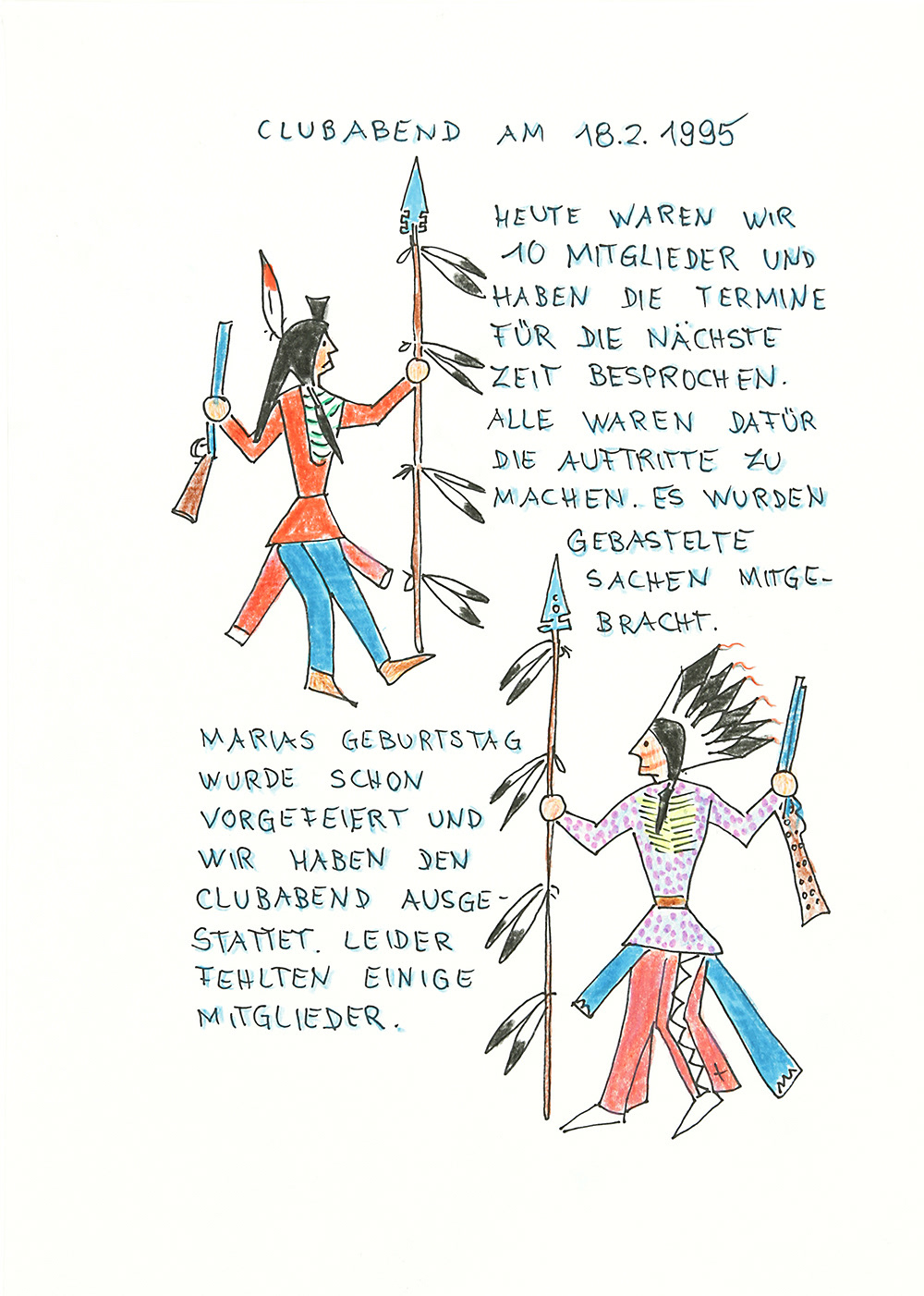


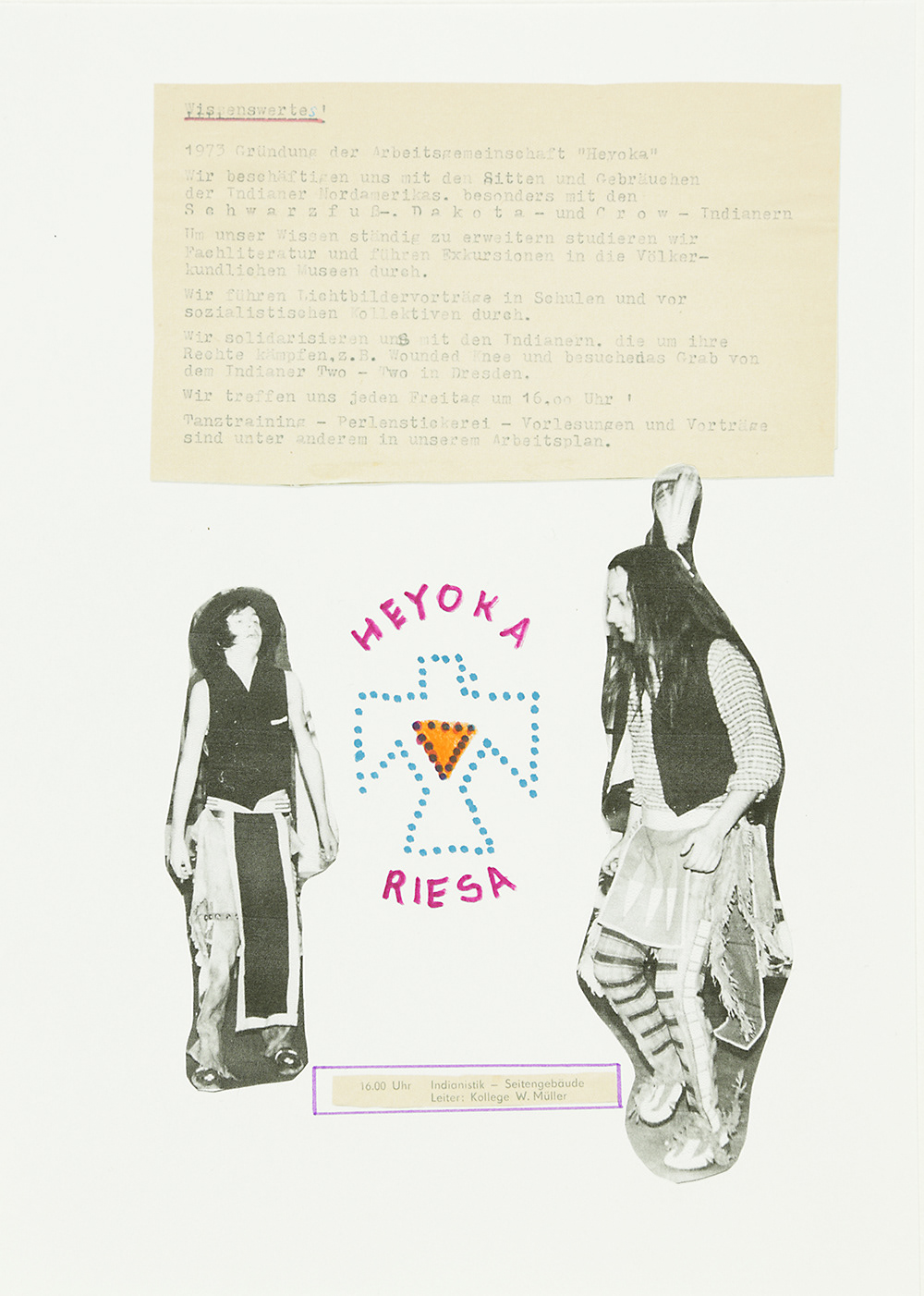
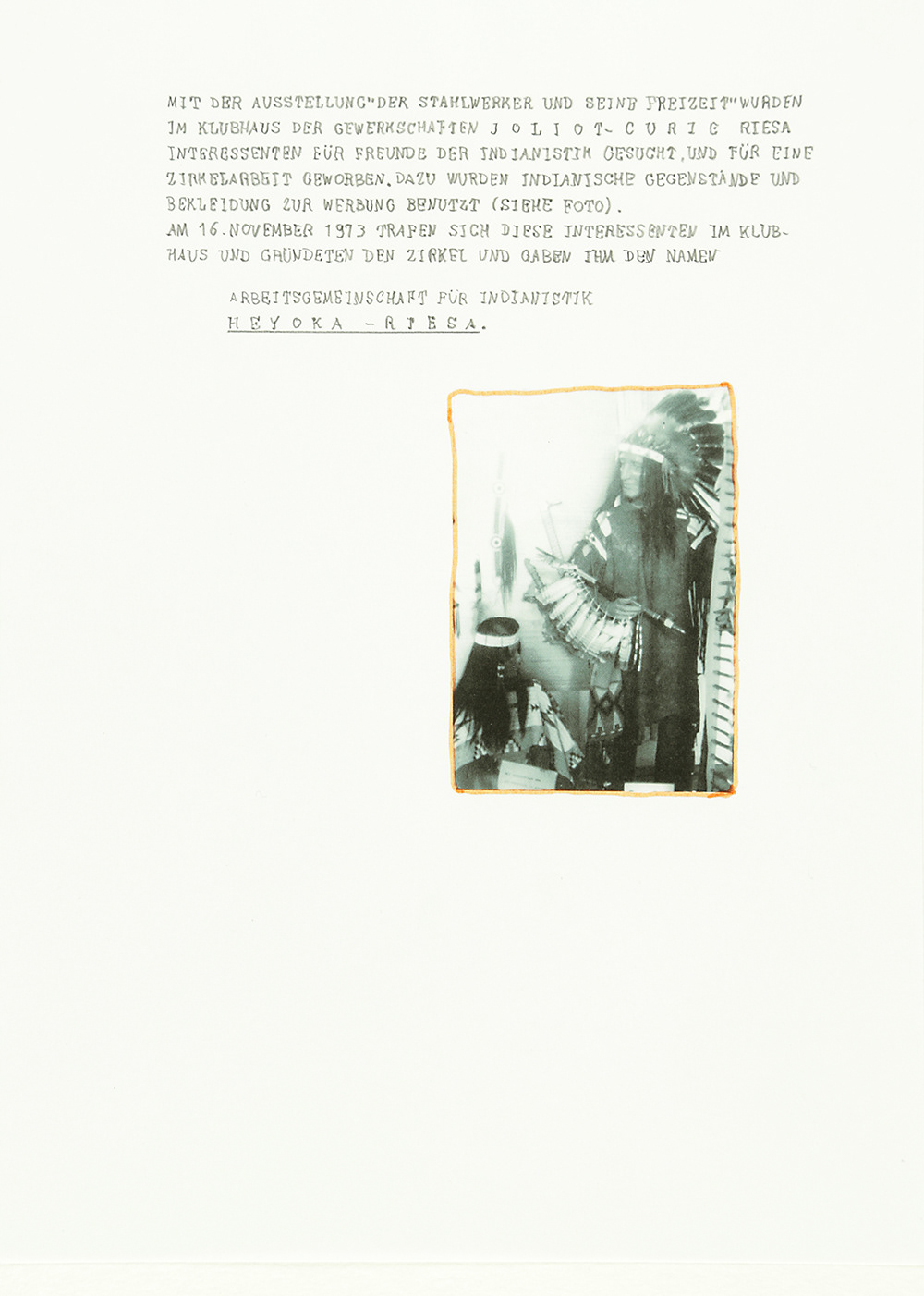
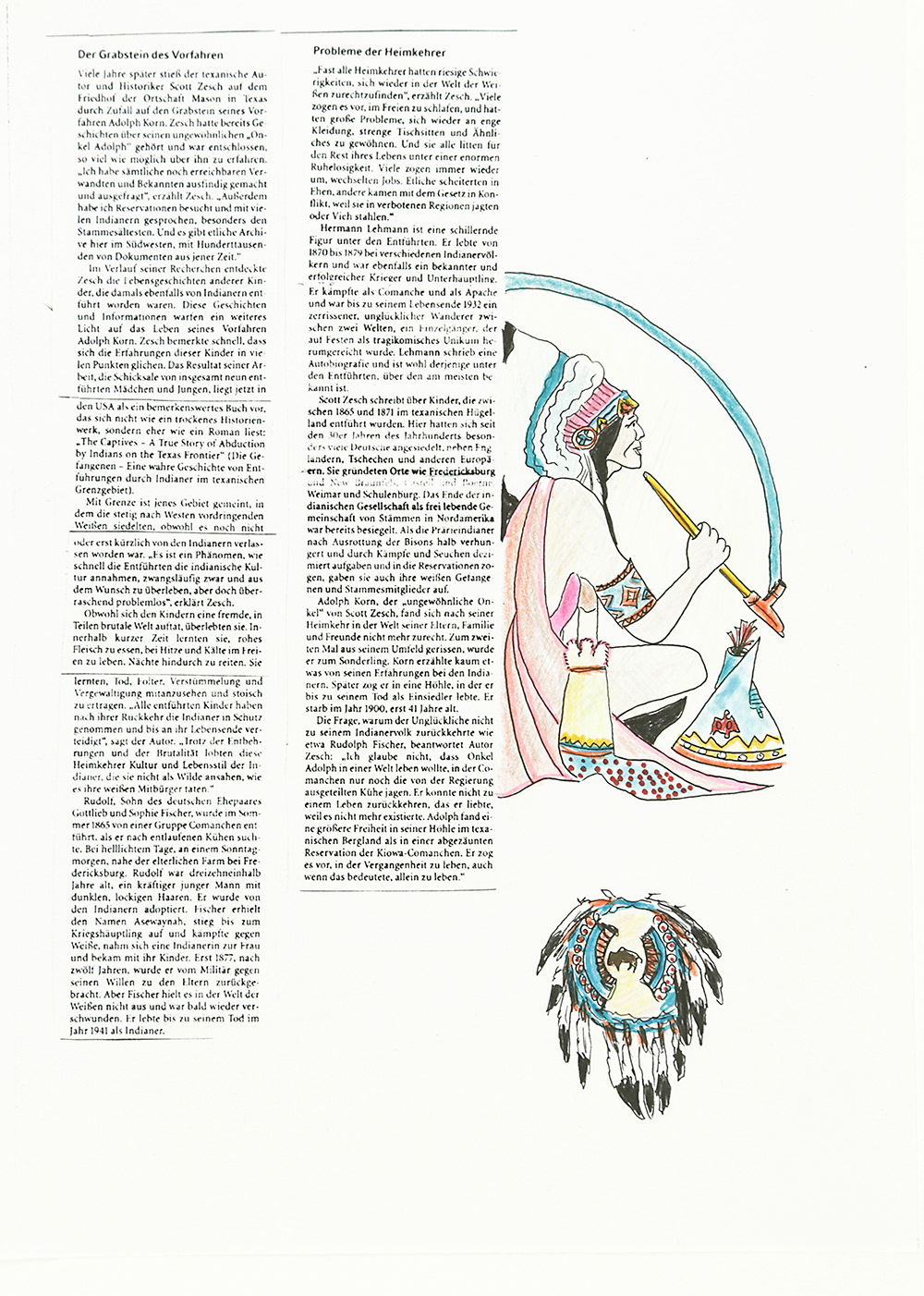
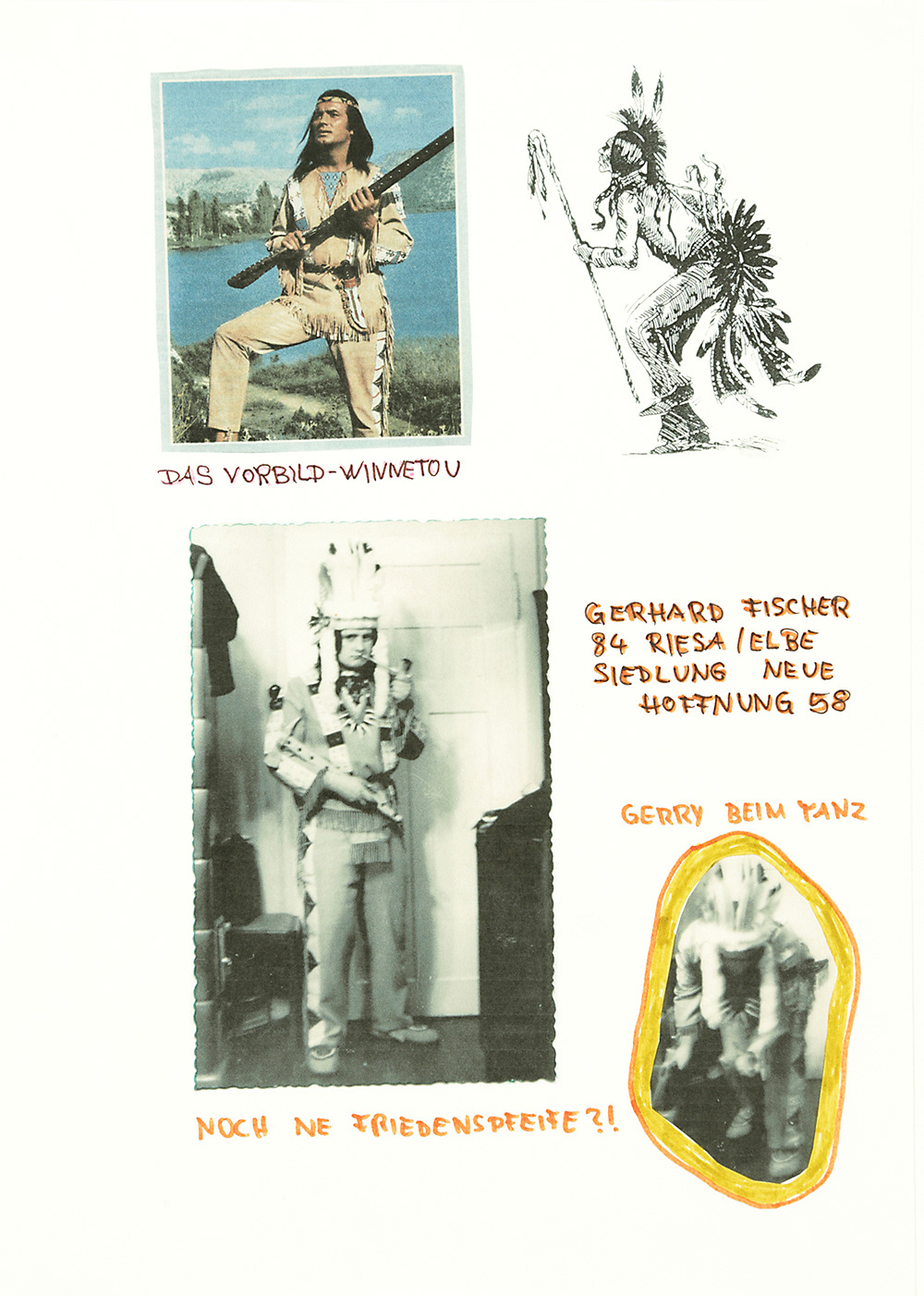
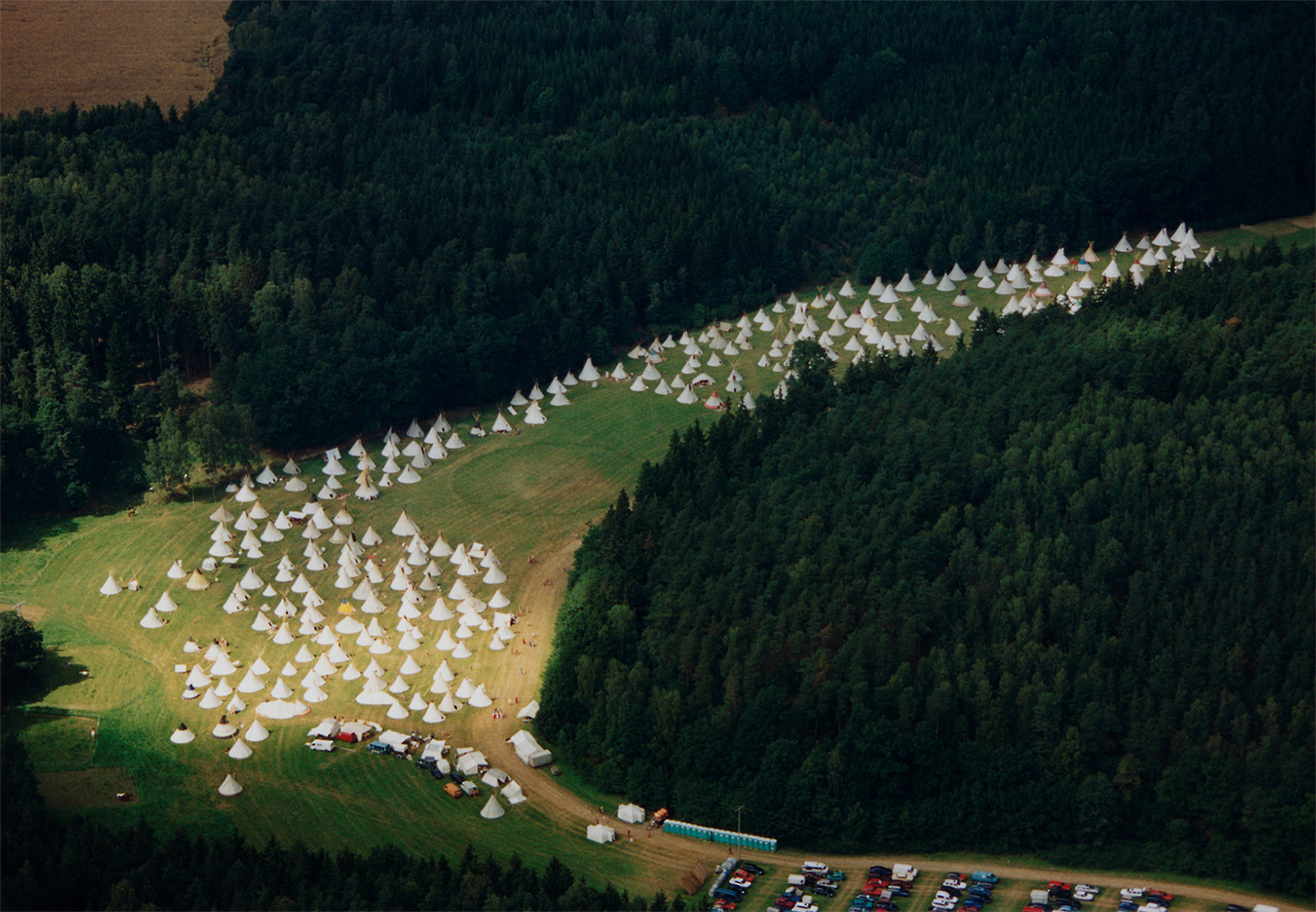
Indianweek, photographer unknown
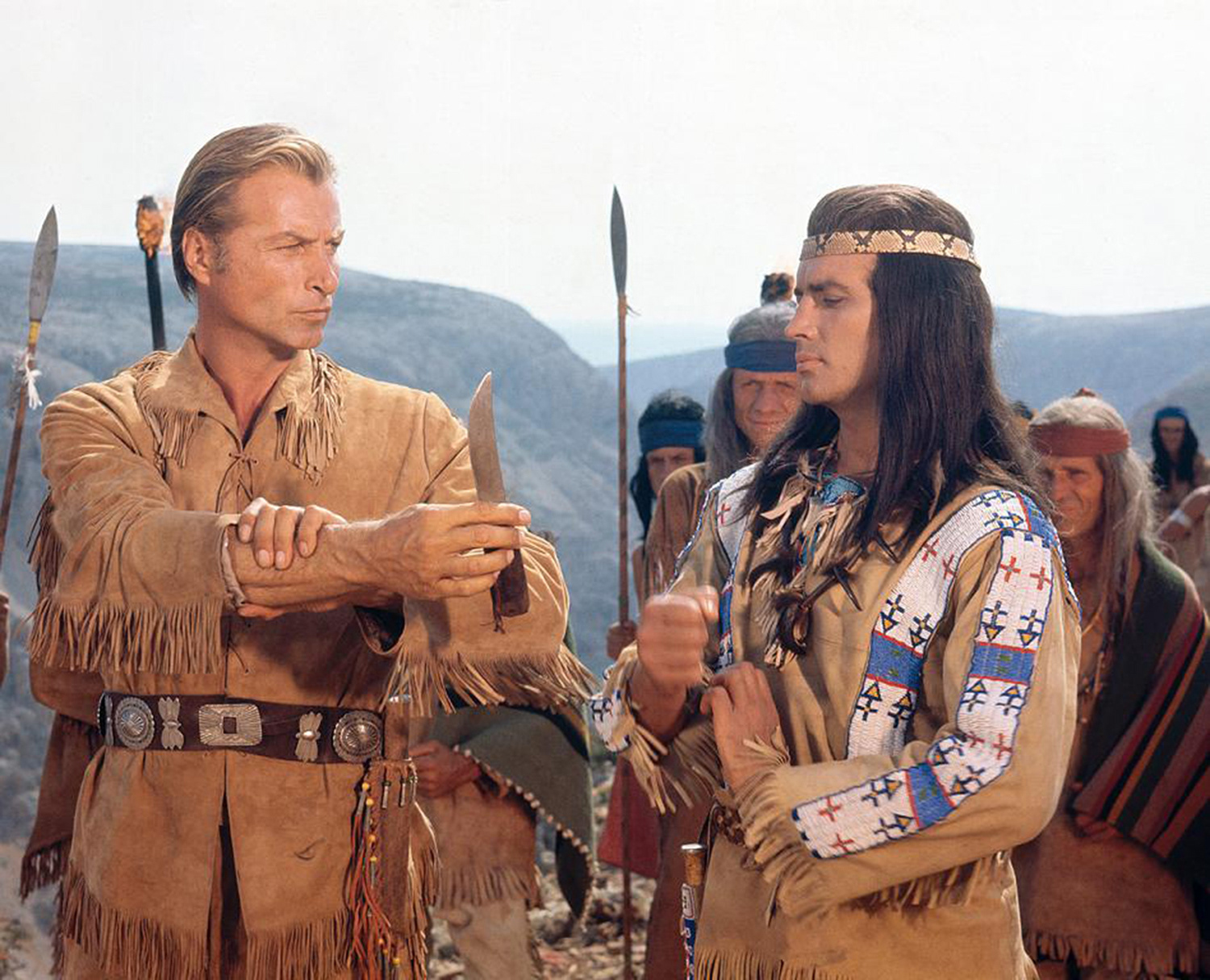
Fig 1
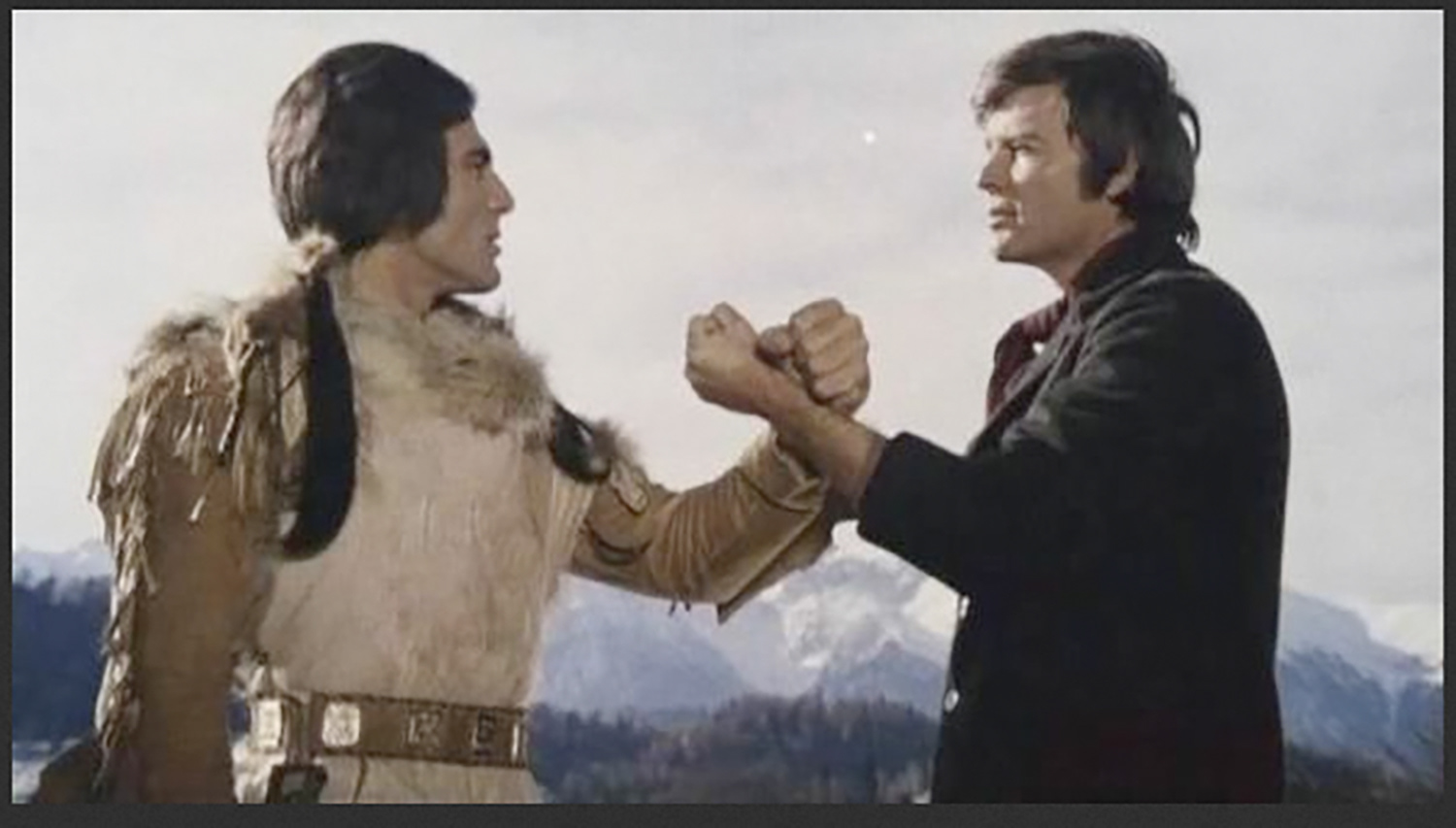
Fig 2
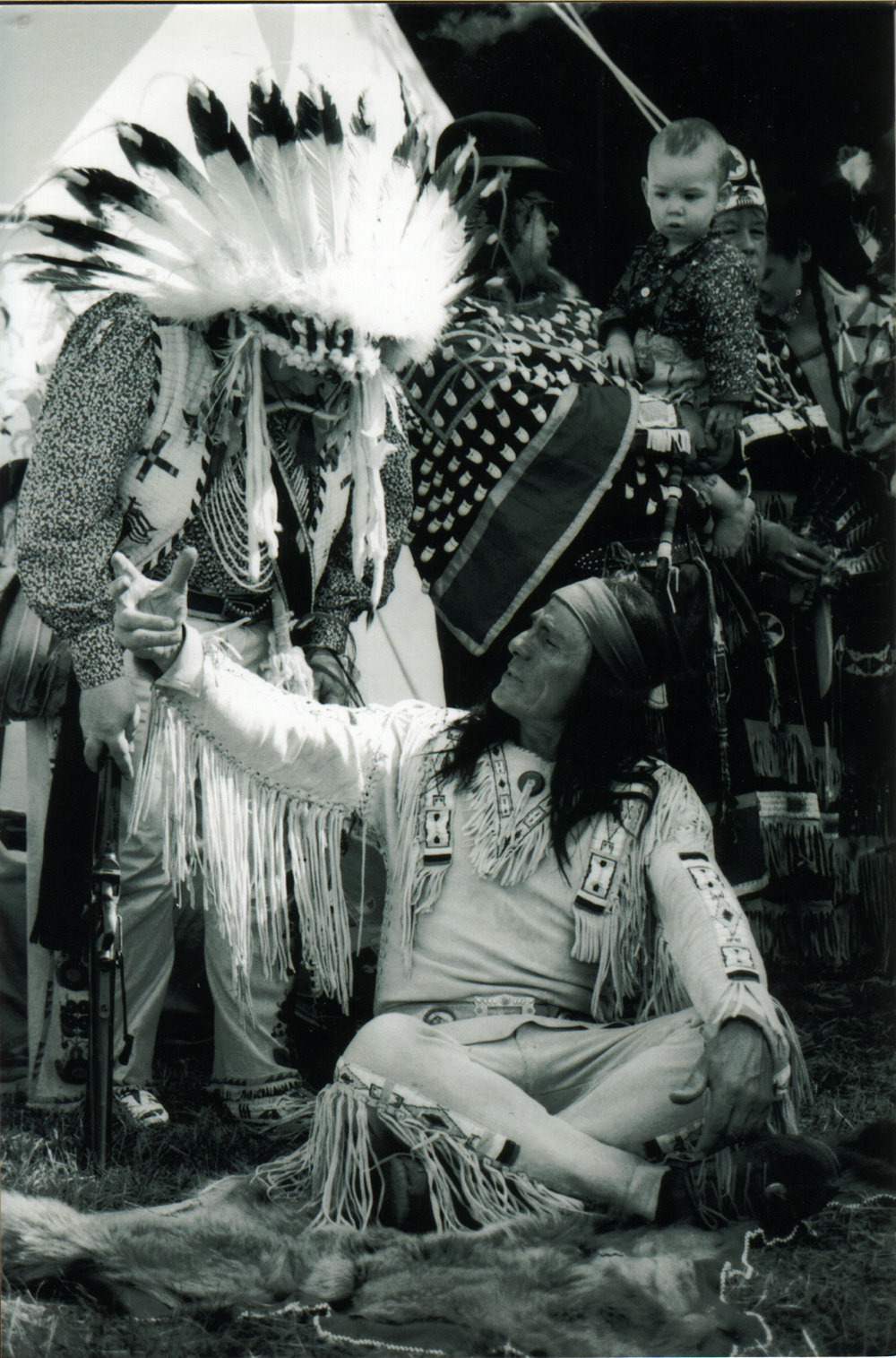
Fig 3
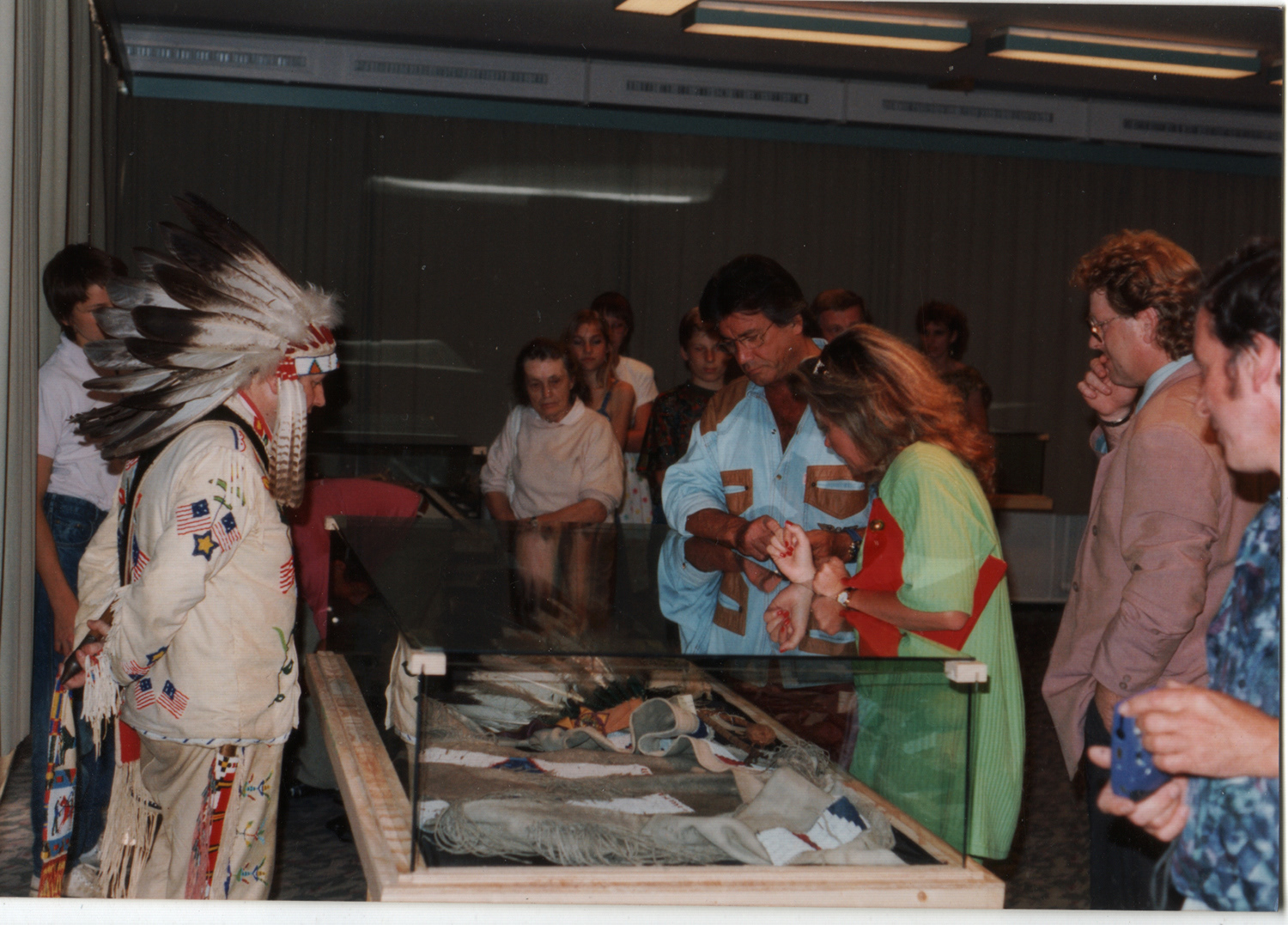
Fig 4
Fig 1: Winnetou 1, 1963, 101 min, directed by Harald Reinl, Germany, France, Yugoslavia, Jadran Film
Fig 2: Blutsbrüder, 1975, DEFA-Film, GDR, 1975, directed by Werner W. Wallroth
Fig 3:Gerhard Fischer with Gojko Mitić. From the archive of Gerhard Fischer, photographer: unspecified.
Fig 4: Graz, Pierre Brice visiting the exhibition curated by Gerhard Fischer in collaboration with the Karl May Museum. From the archive of Gerhard Fischer, photographer: unspecified.
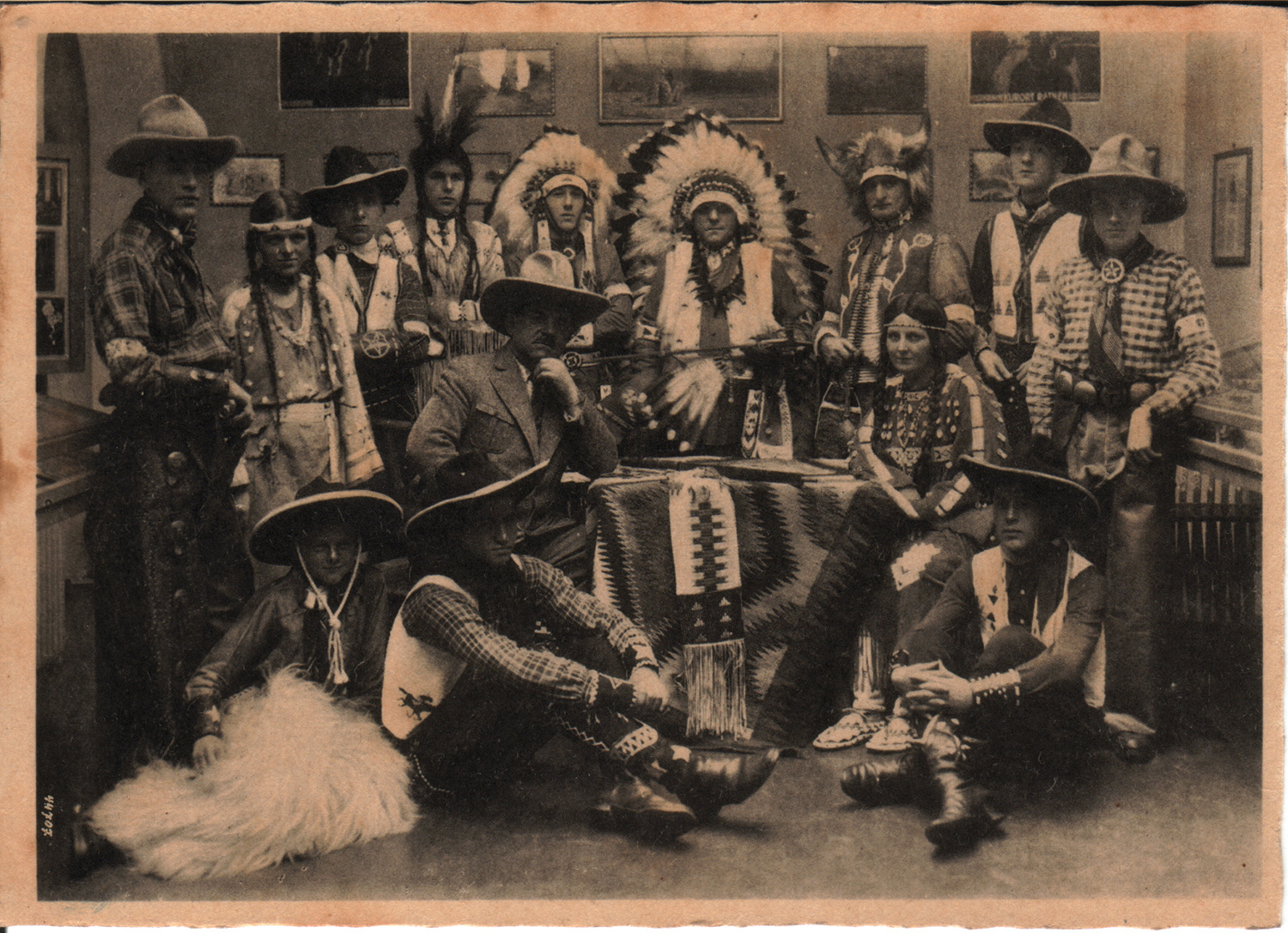
Fig 1
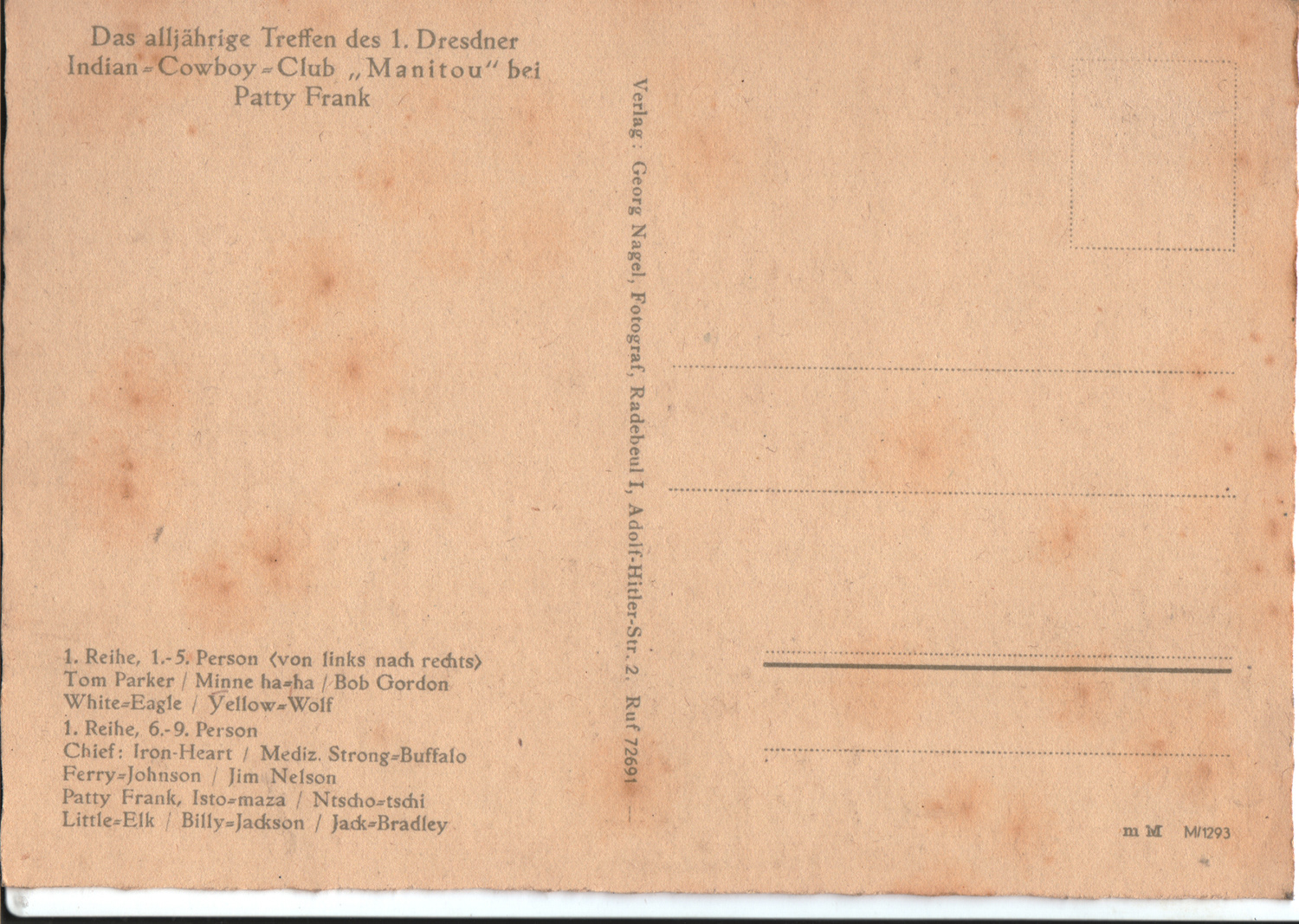
Fig 2
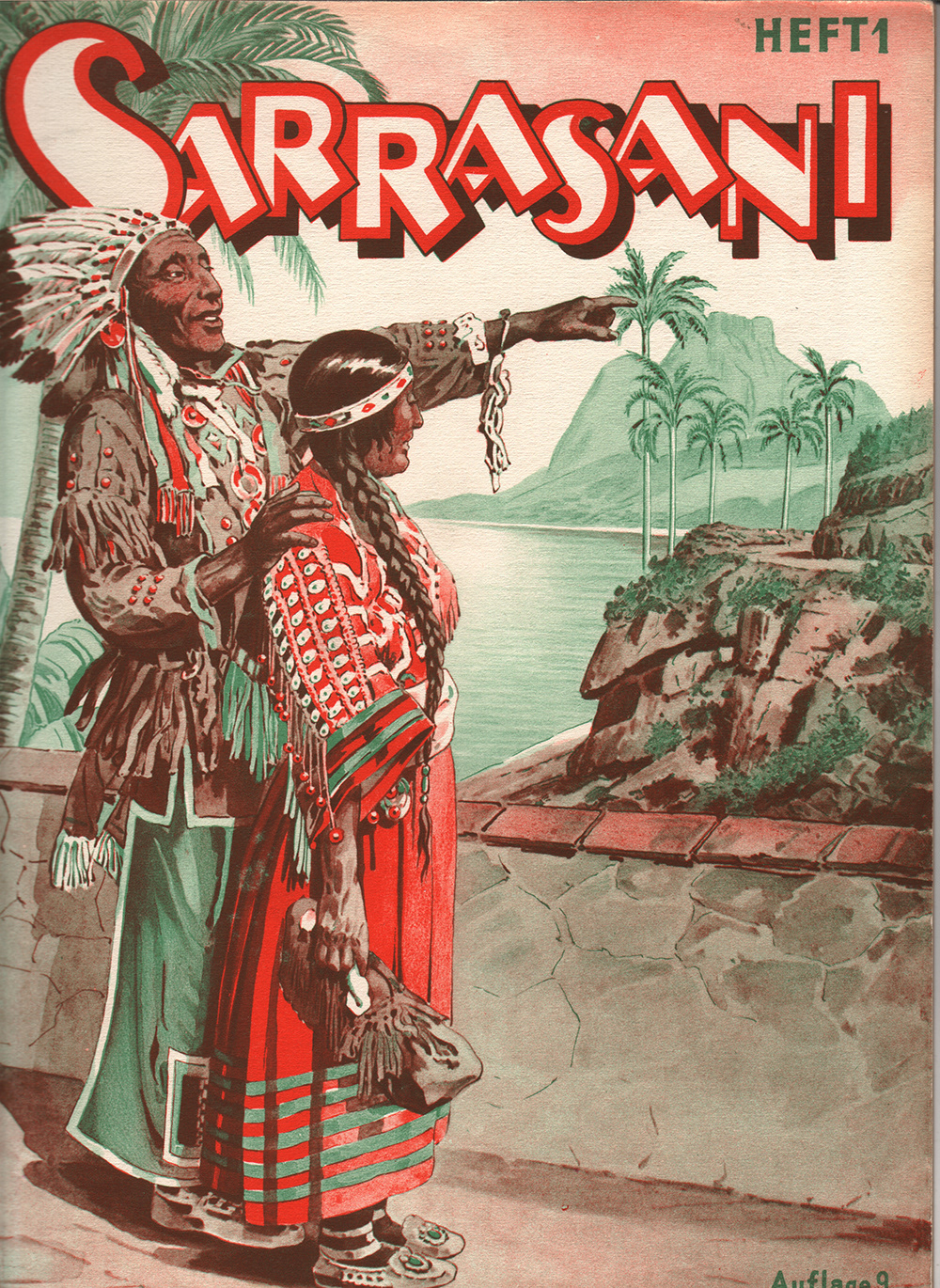
Fig 3
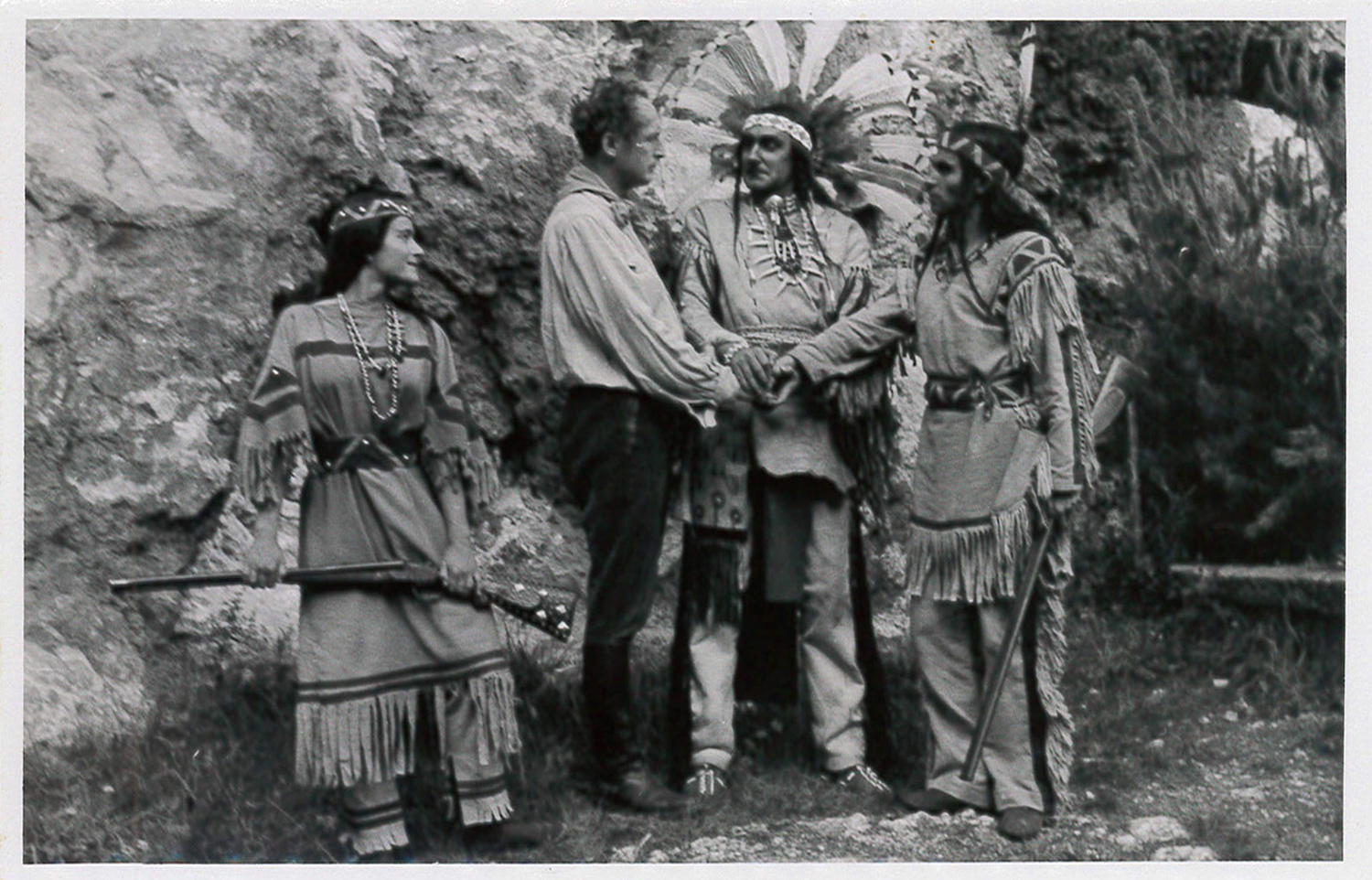
Fig 4
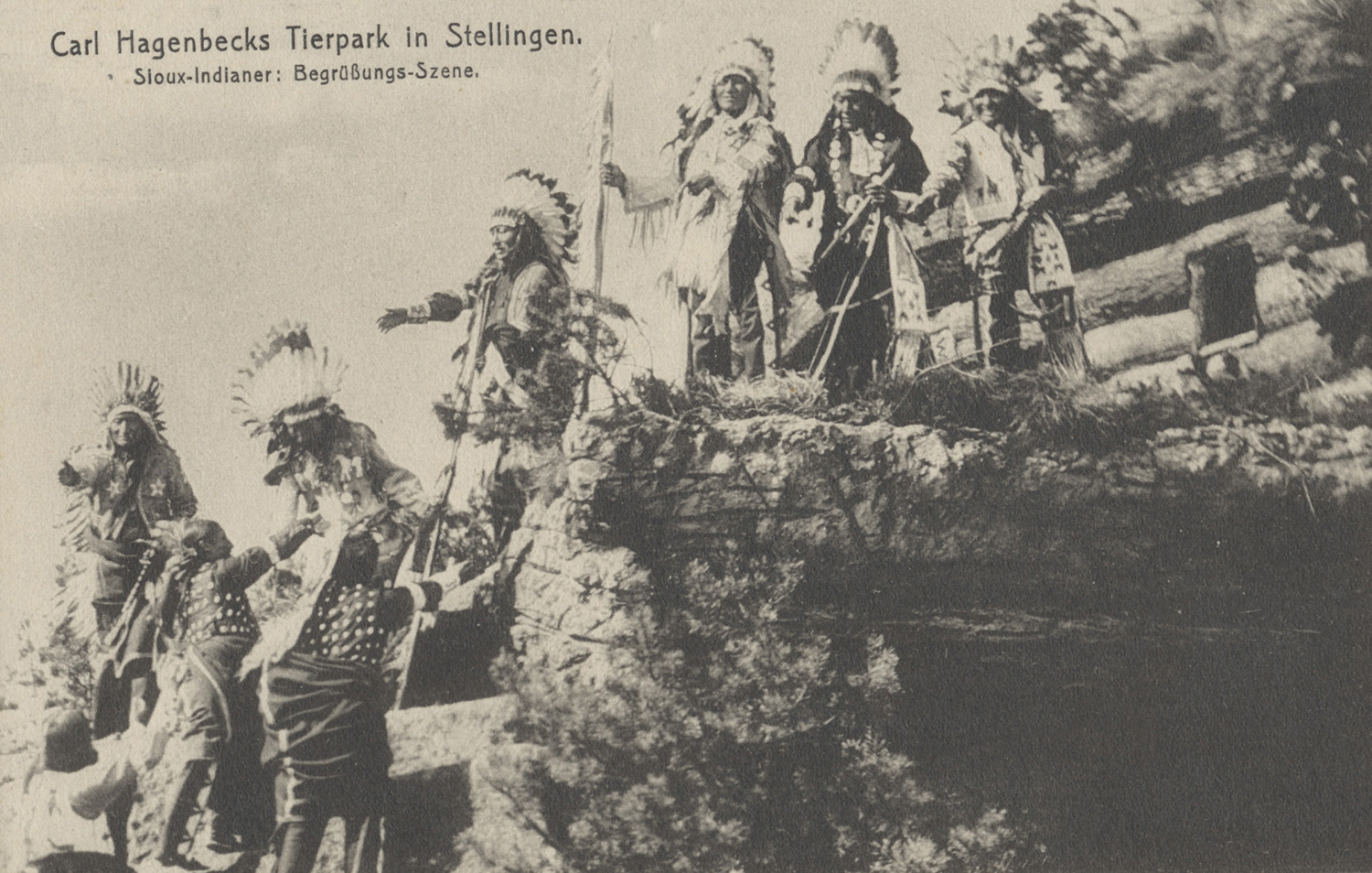
Fig 5
Fig 1 and 2: Postcard, Annual Meeting of the 1. Dresden Indian - Cowboy Club „Manitou“ at Patty Frank’s
Fig 3: Circus Sarrasani issue 1, Dresden, Sarrasani-Verlag, n.d.,approx. 1931, 9th edition, 32 pages, image: R. Scholz, Wernigerode
Fig 4: Bloodbrotherhood scene, 1952, Bad Segeberg,, photo: Wilhem Rebhuhn, Karl-May-Verlag, Bamberg
Fig 5: Postcard, Sioux Natives in Carl Hagenbeck Zoo, around 1910, photographer unspecified, Hagenbeck-Archiv, Hamburg
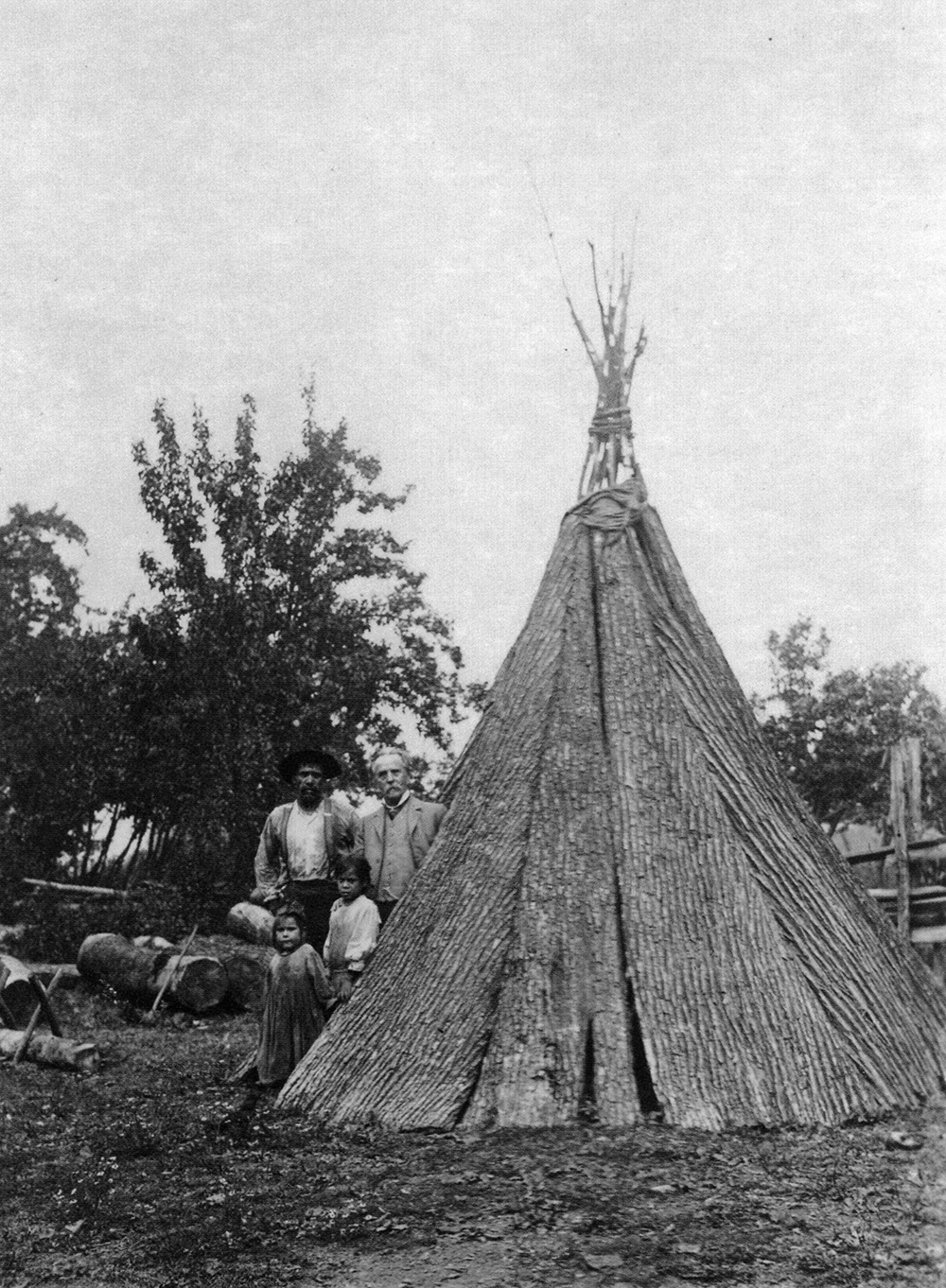
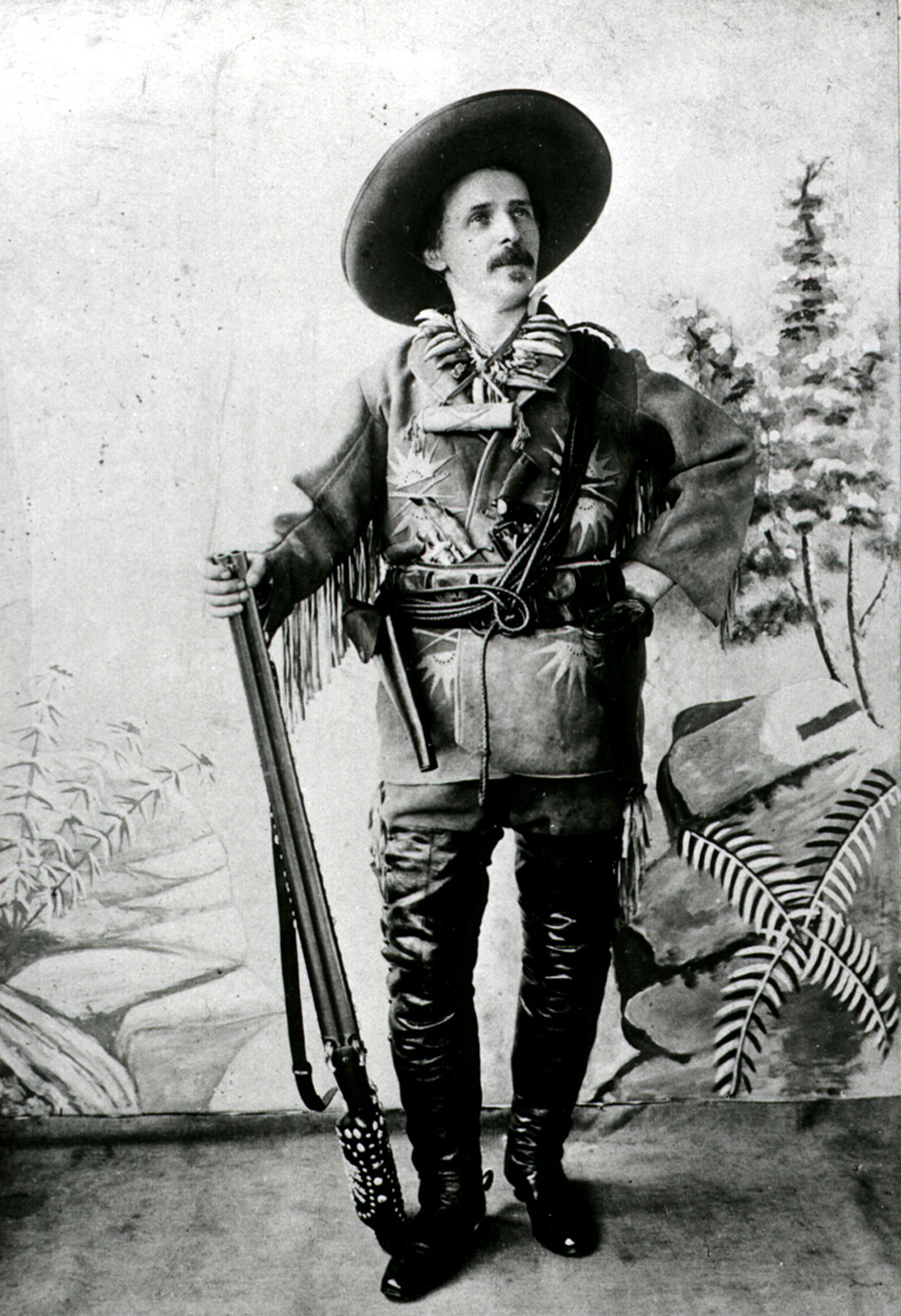
Fib 1: Karl May at the Tuscarora Indians, 1908, postcard, photographer: Klara May
Fig 2: Karl May as Old Shatterhand, 1896, photographer: Alois Schiesser
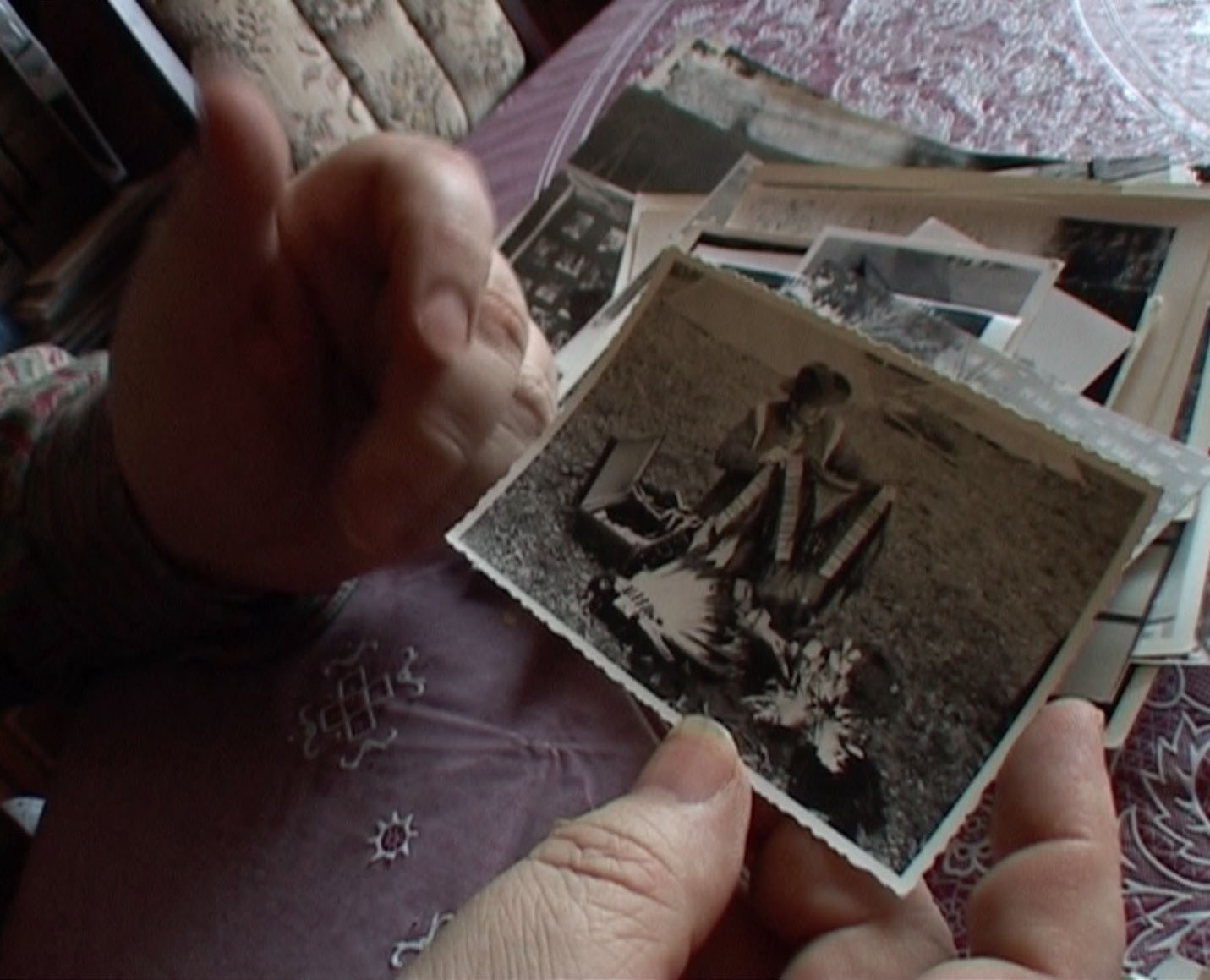
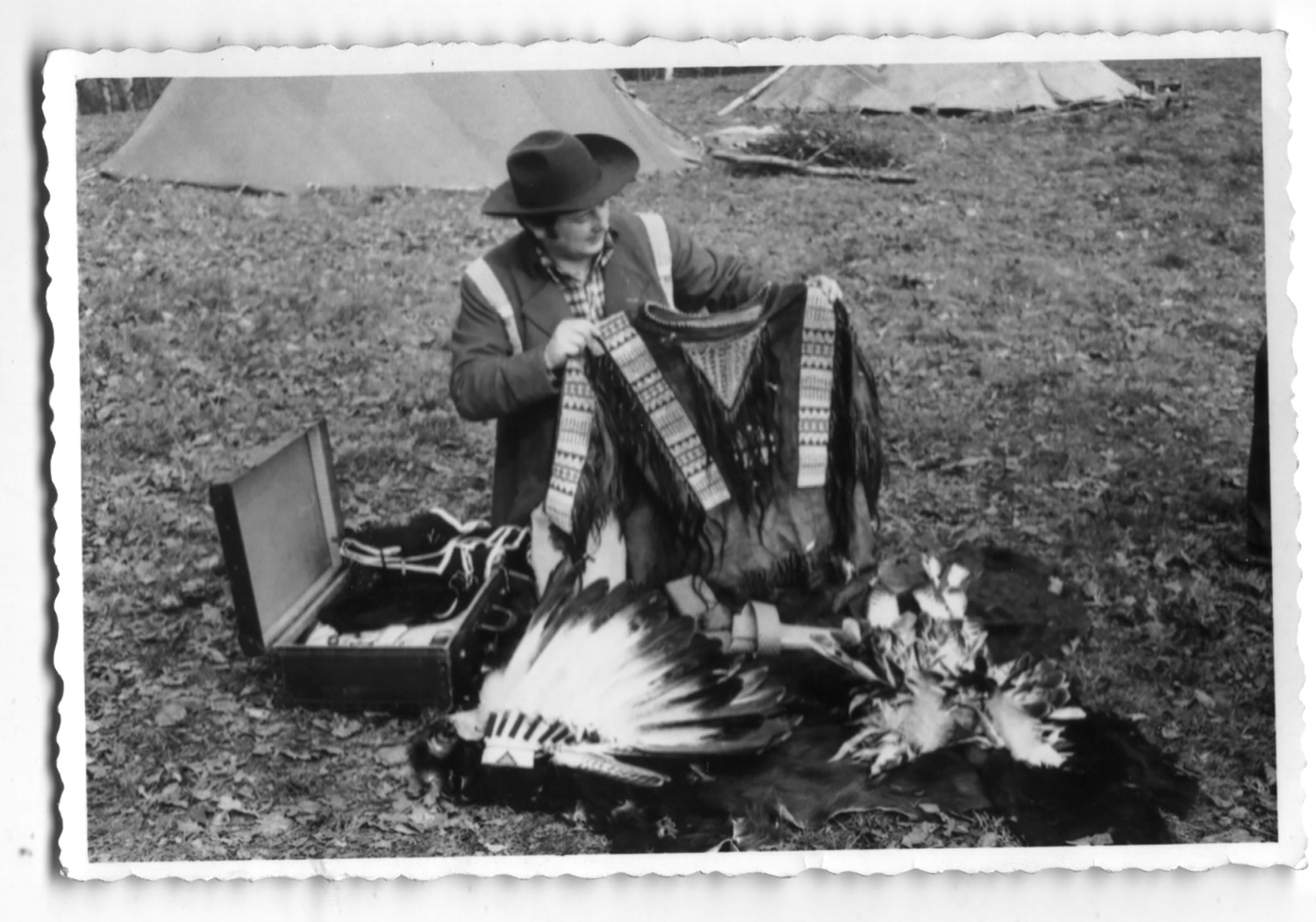
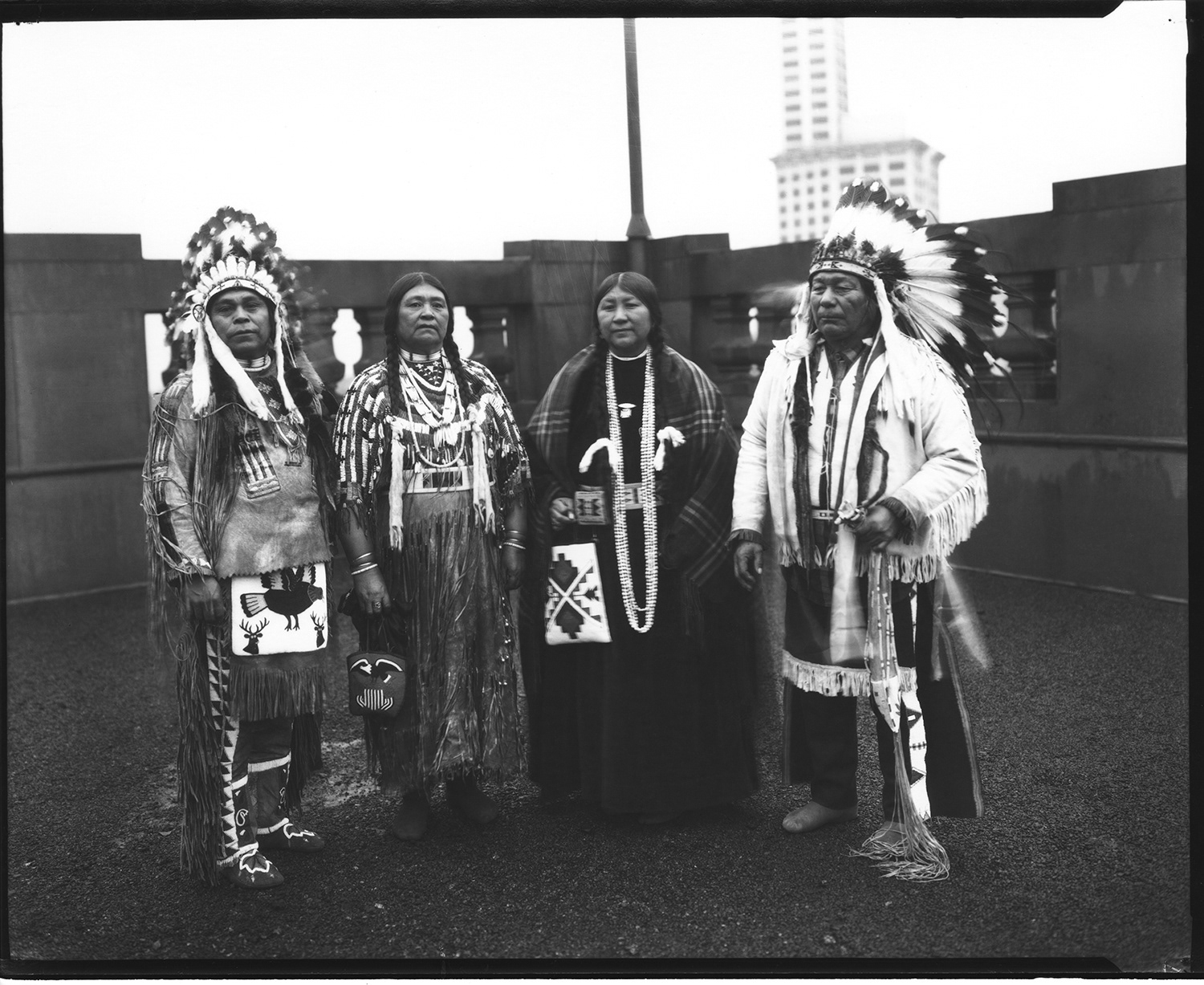
Fig 1: Gerhard Fischer with a replica based on “a model from the Yakama” German Indian (2005-2010), Sascha Pohle, video still
Fig 2: From the archiv of Gerhard Fischer, photograph
Fig 3: Two Yakama couples in traditional dress, Seattle, January 29, 1921 Photographer: Webster & Stevens, Courtesy of MOHAI Museum of history and industry